When Chrysler introduced the Pacifica Hybrid, it rattled to ever-shrinking minivan segment to its core. Not necessarily because it offered some new, ground-breaking technology but because it’s quite literally the only hybrid minivan on the market – at least until the Toyota Sienna lineup goes hybrid for the 2021 model year. Until then, however, the Pacifica gets to wear the crown. We drove the Pacifica just a year ago and we had somewhat mixed opinions about it – has anything changed this time around? Let’s find out!
2020 Chrysler Pacifica - Driven
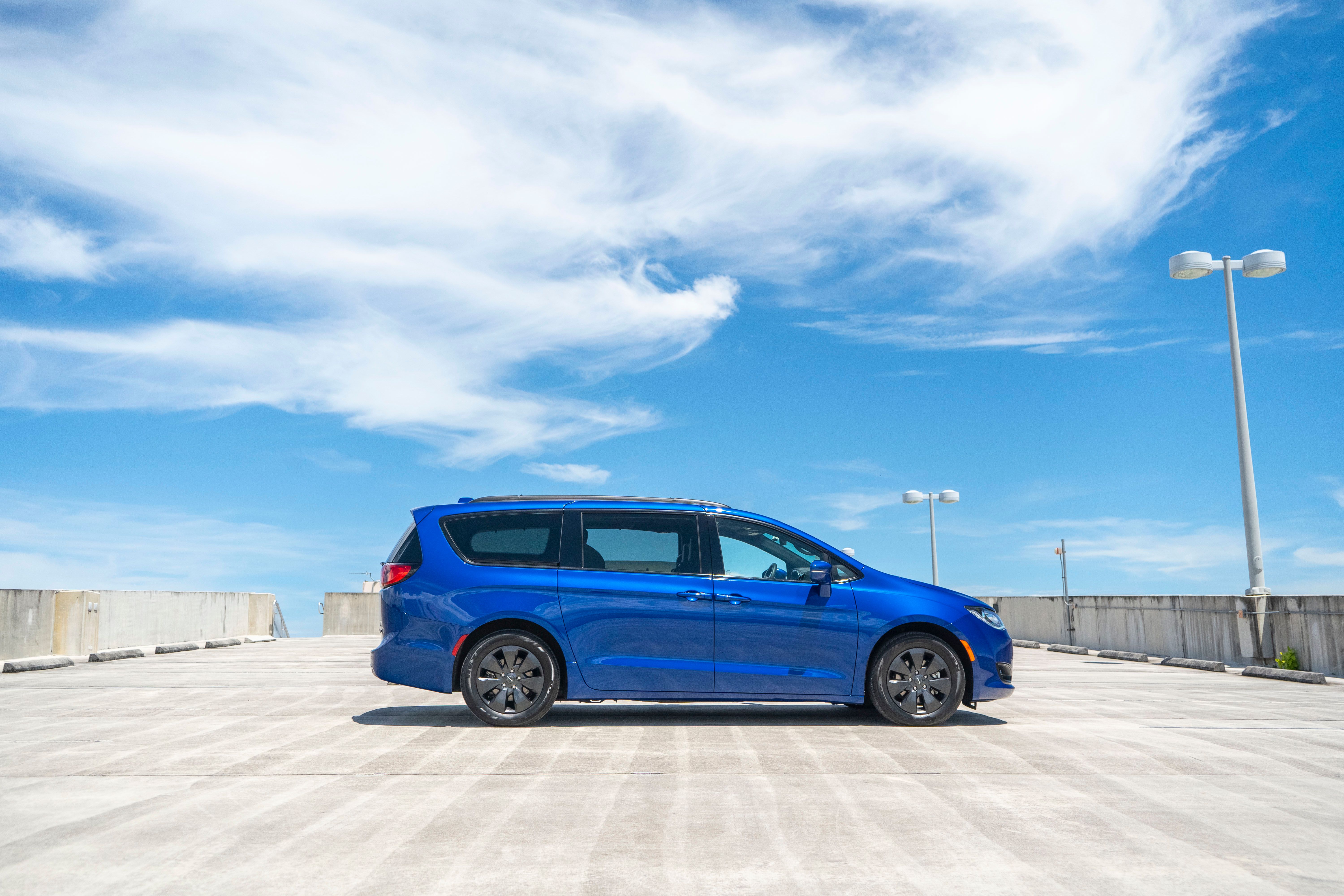

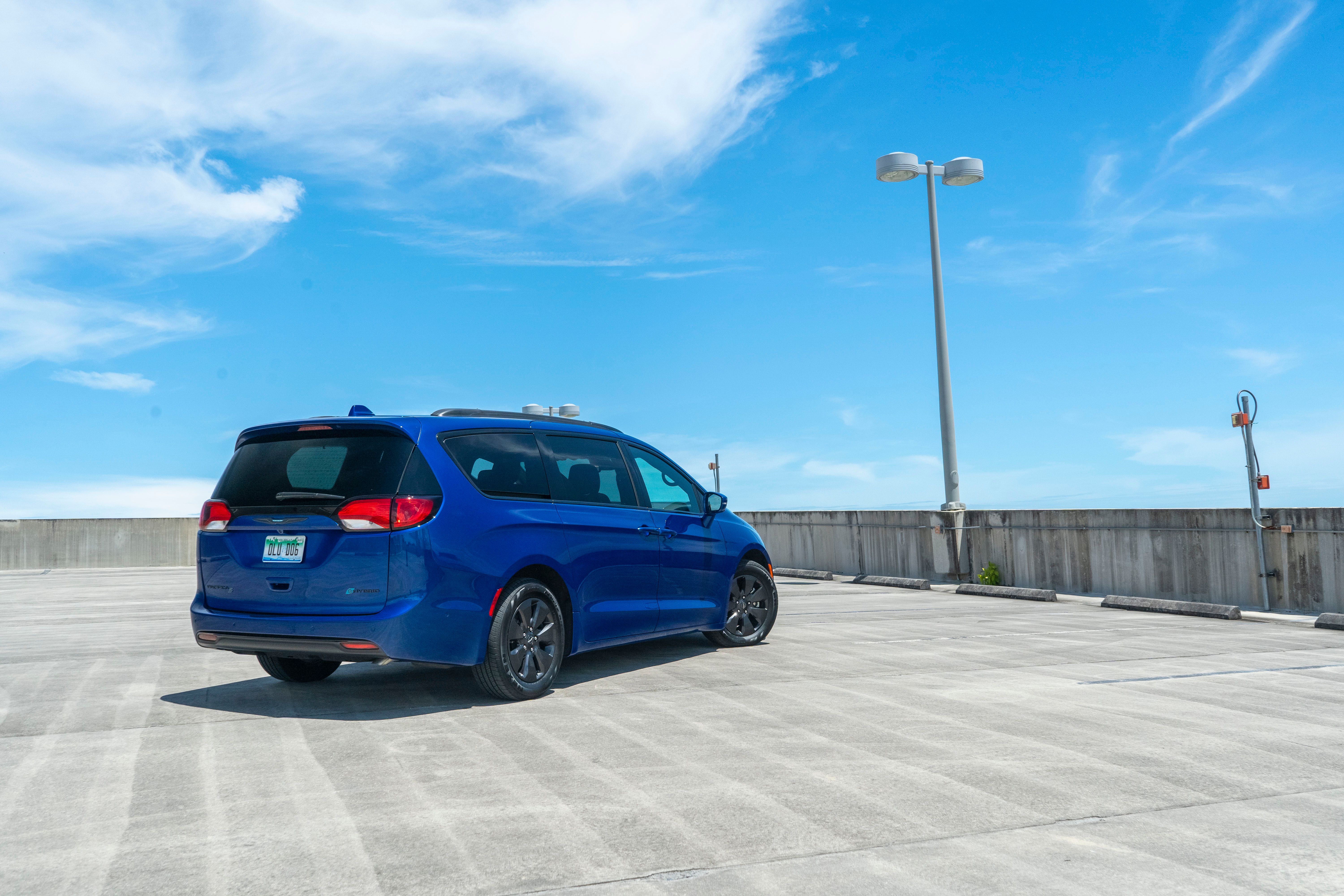
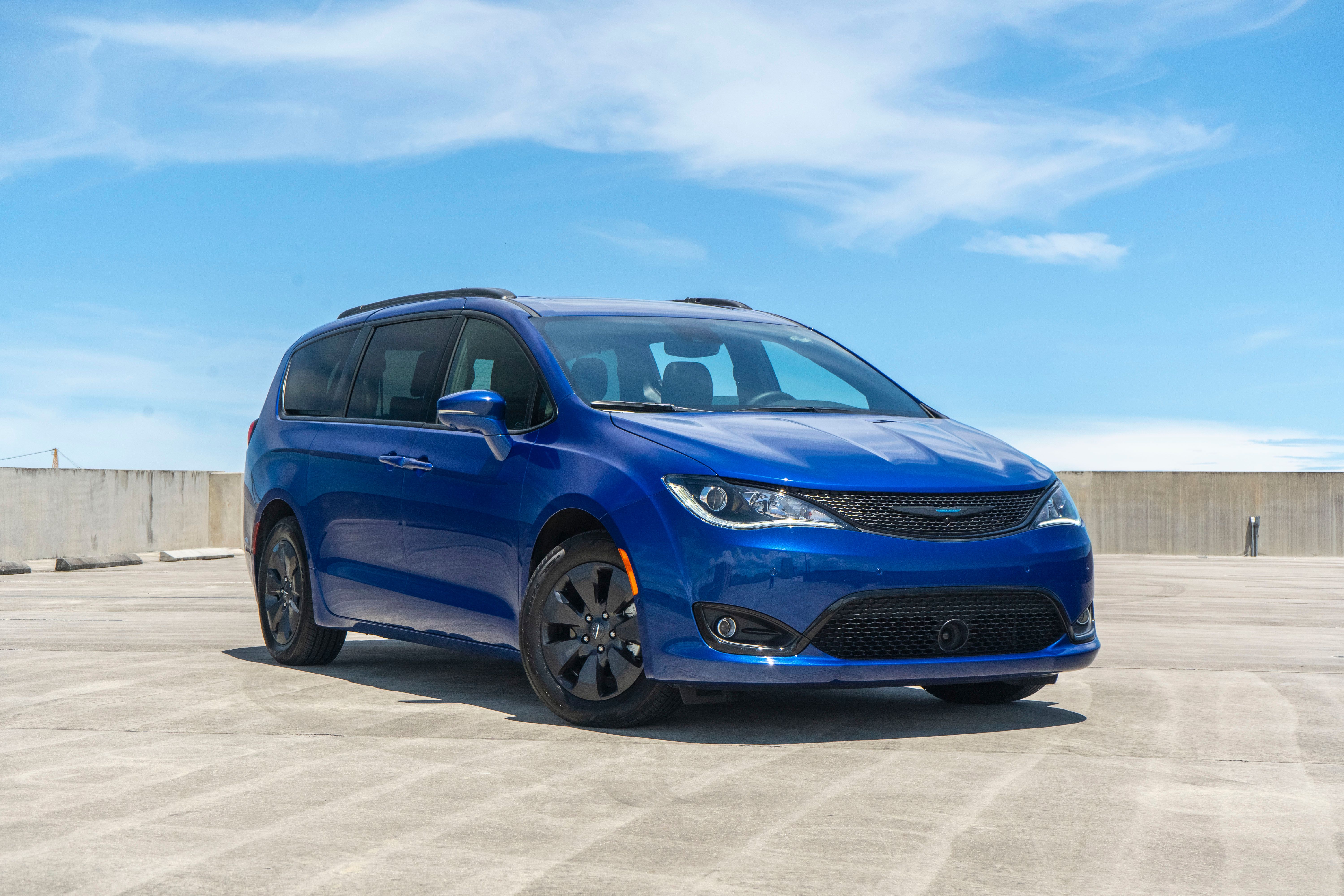
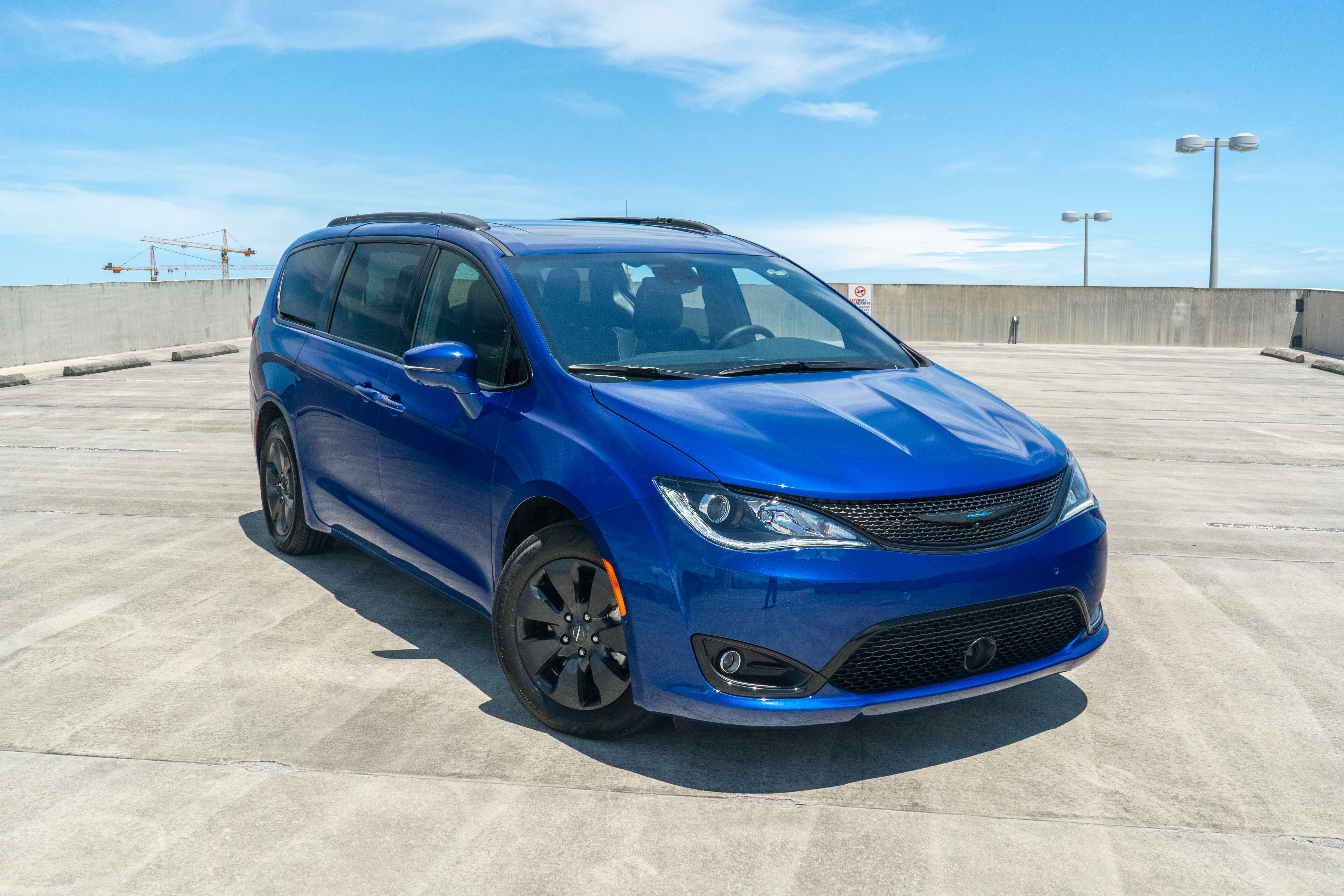
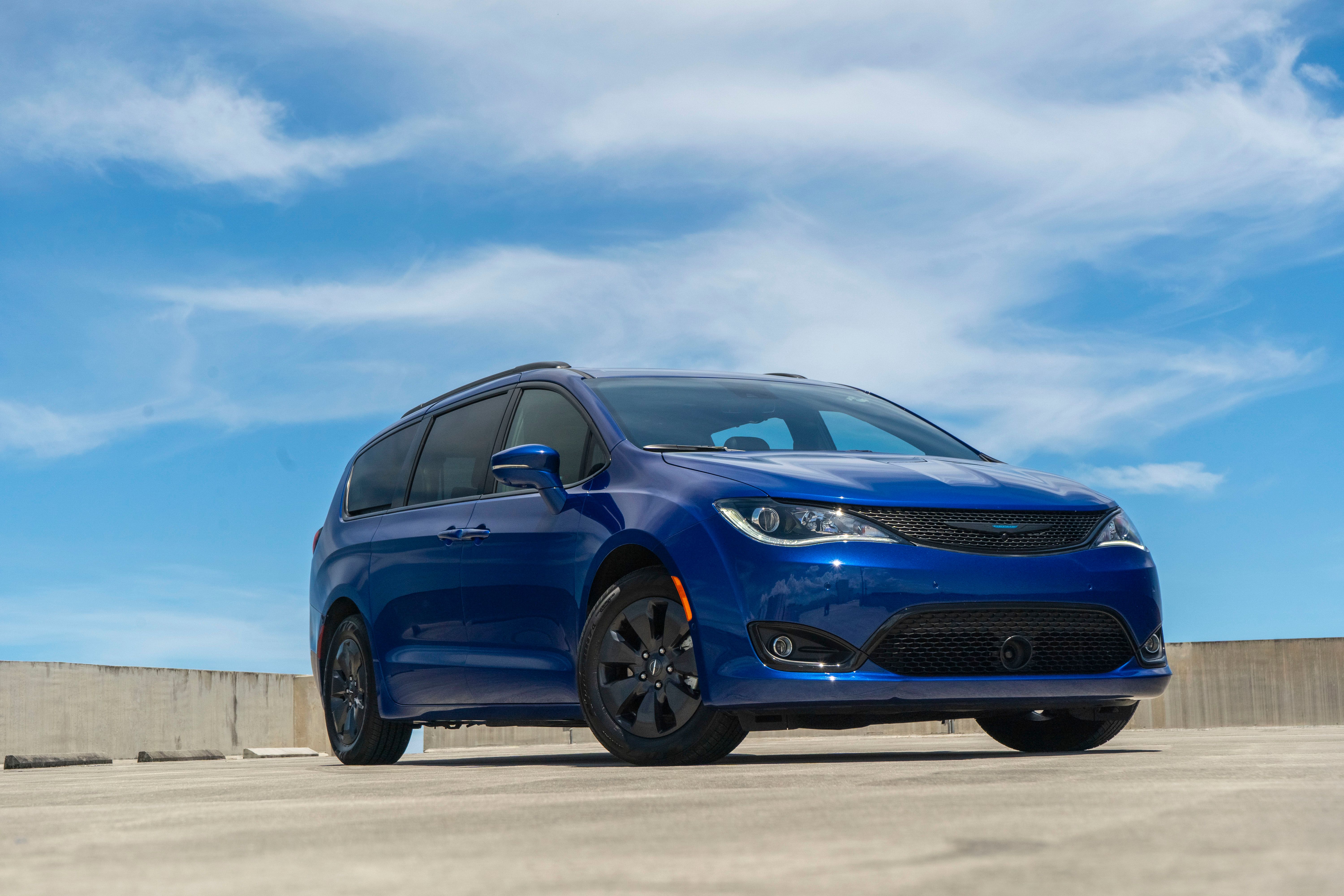
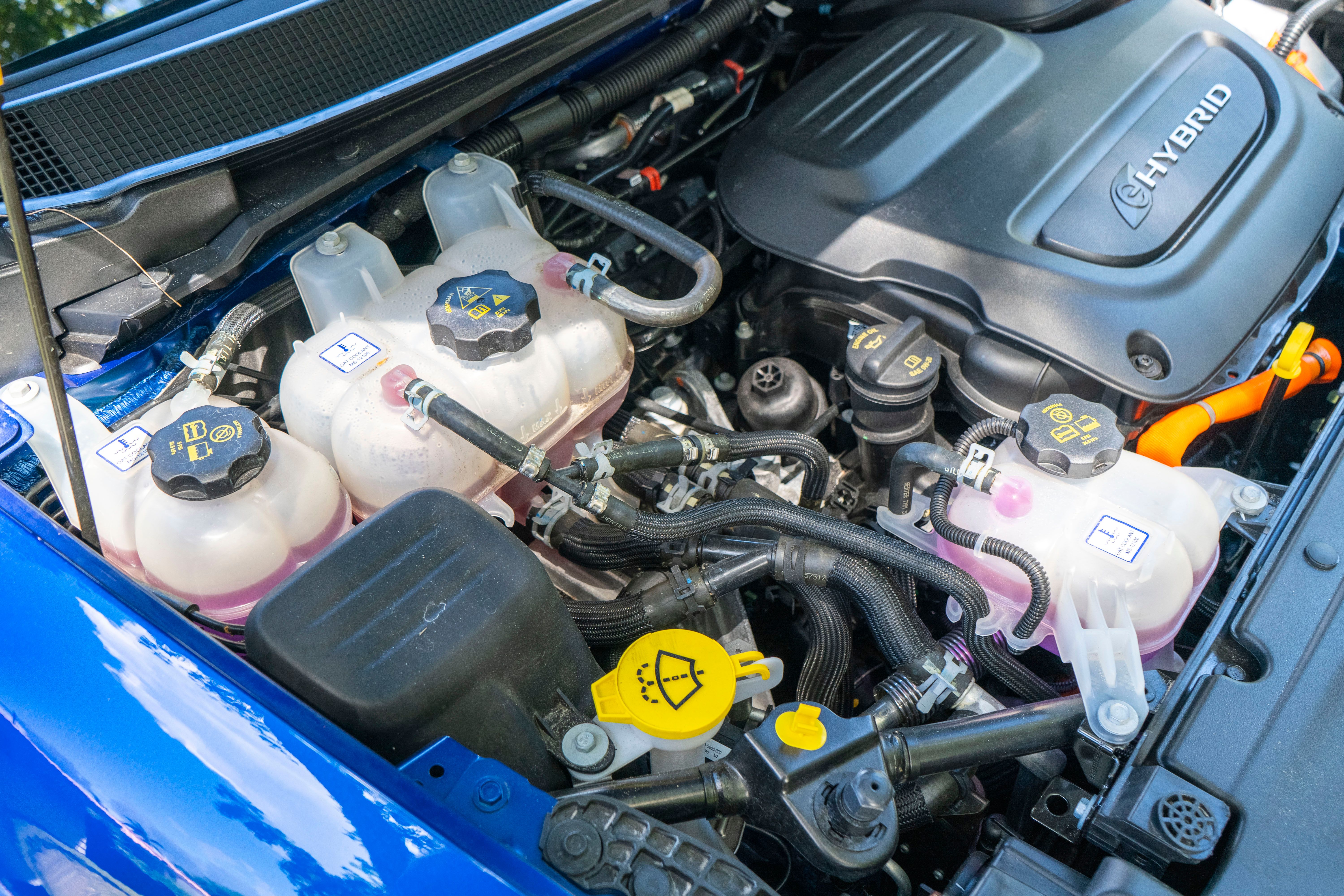
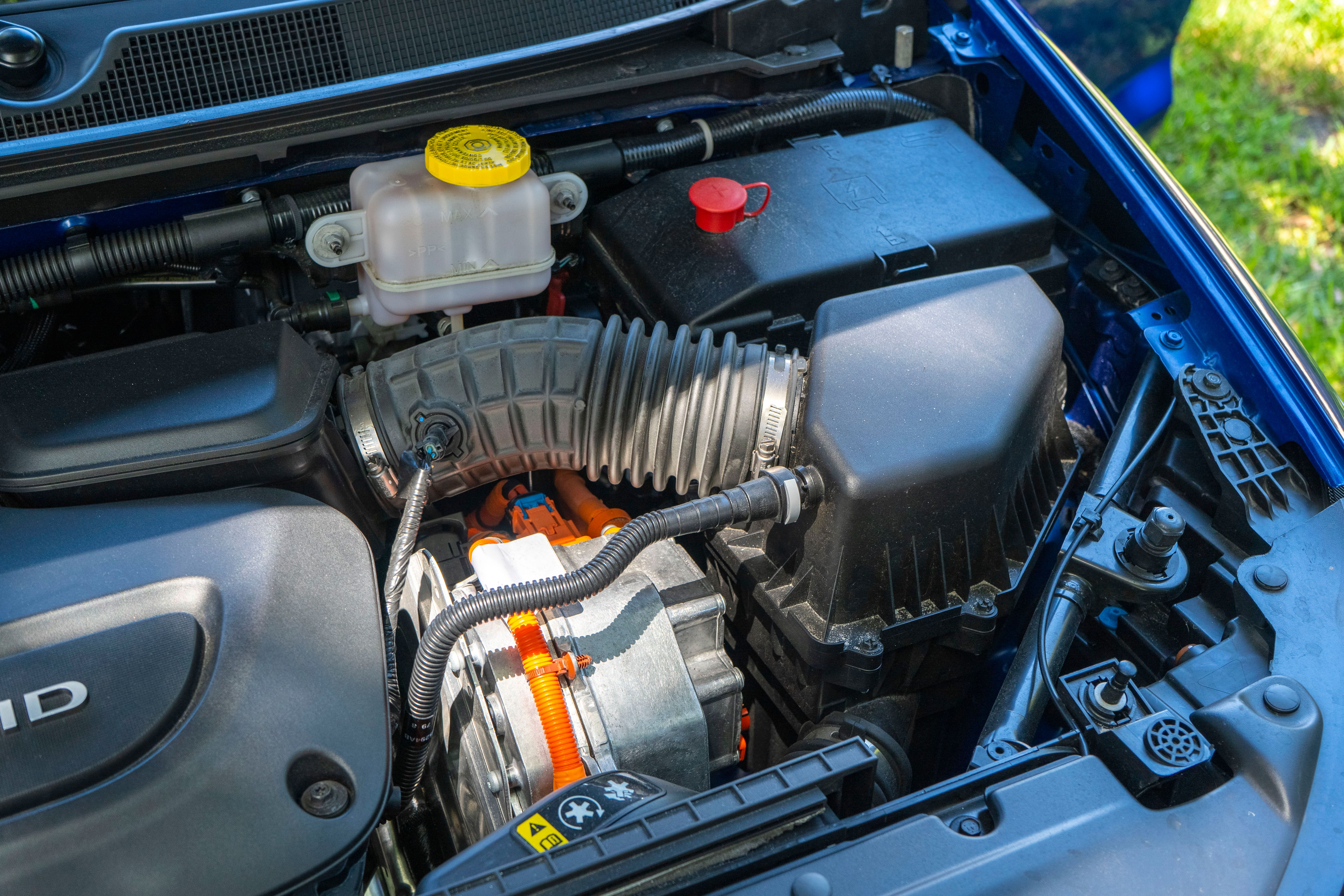
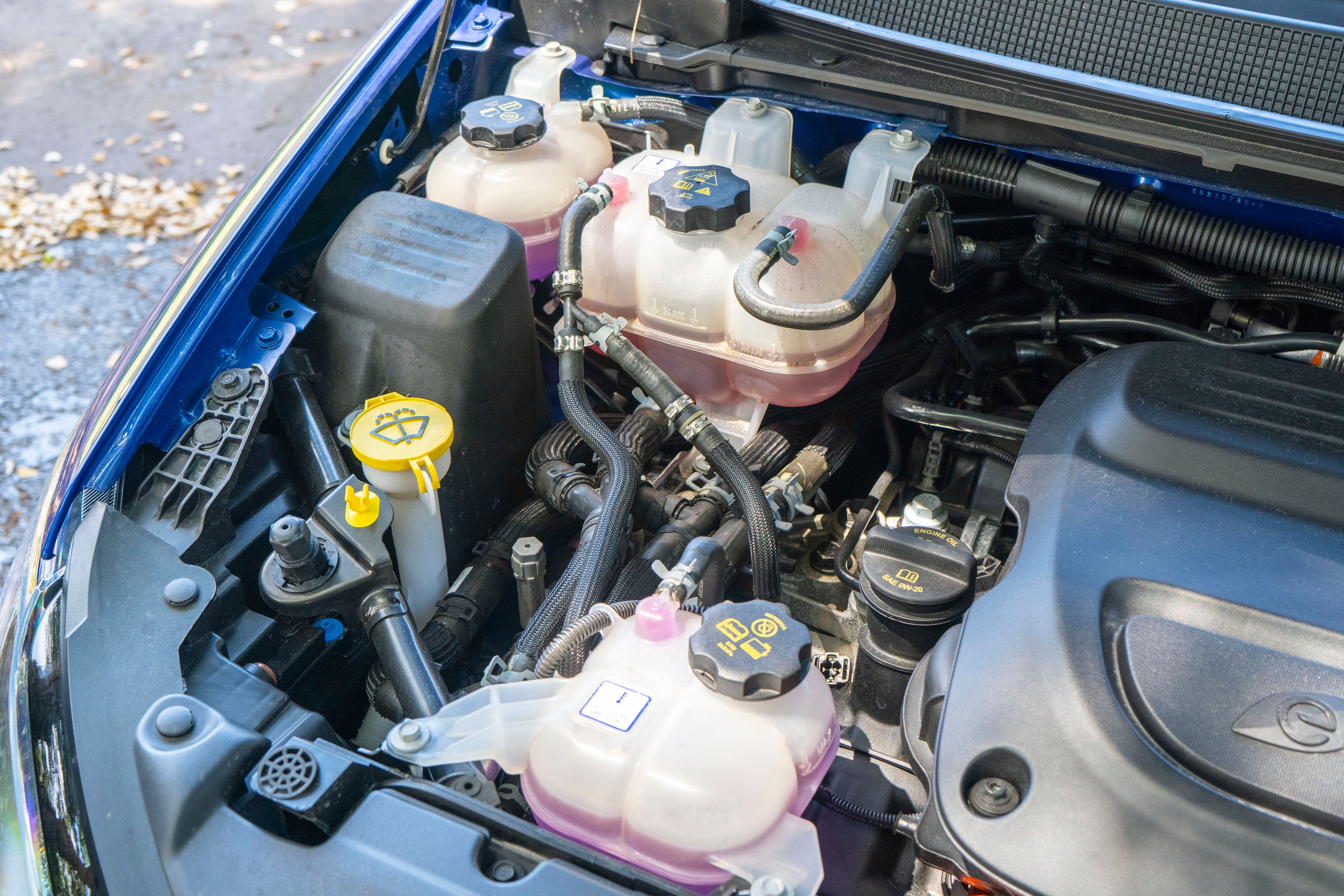
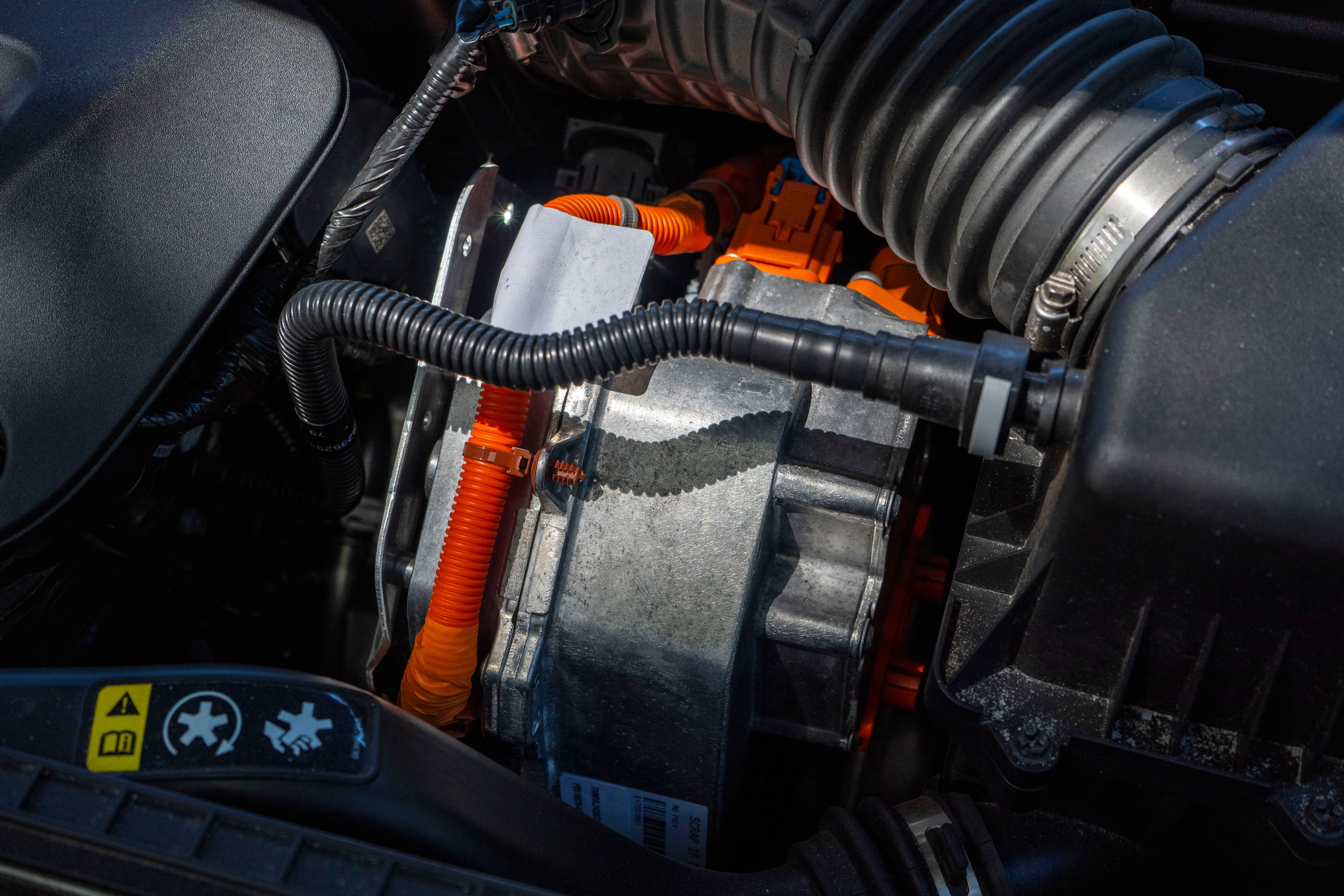
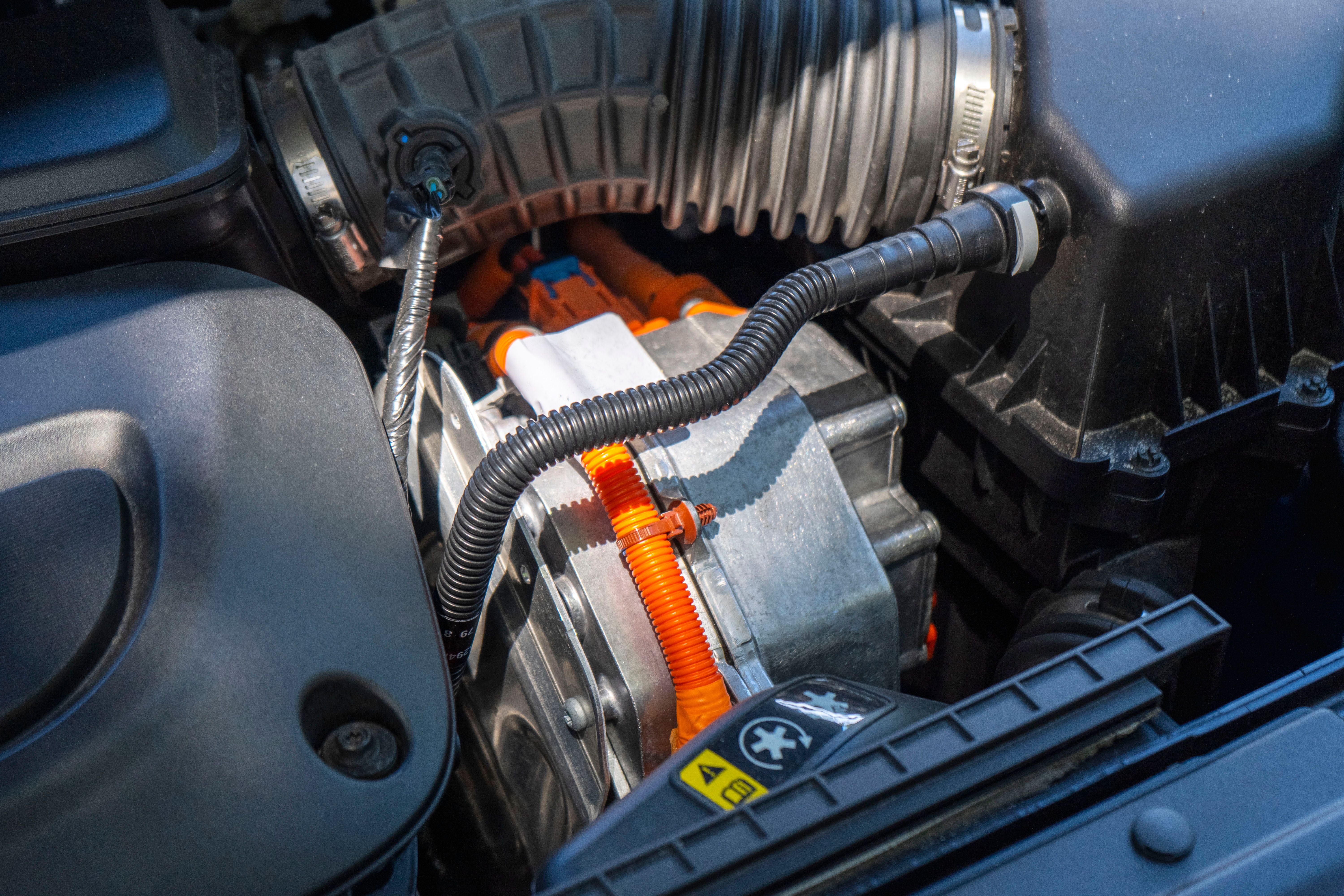
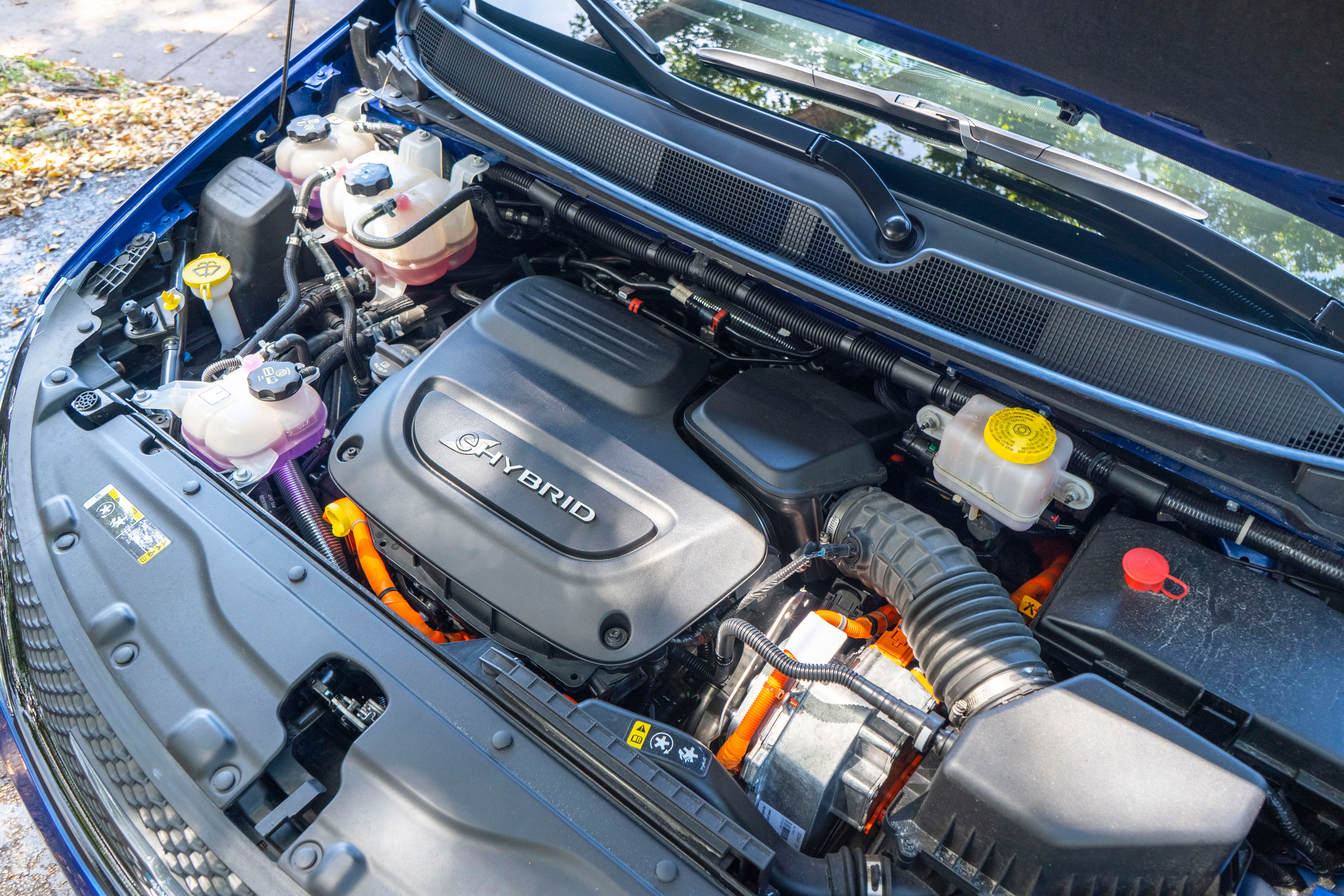
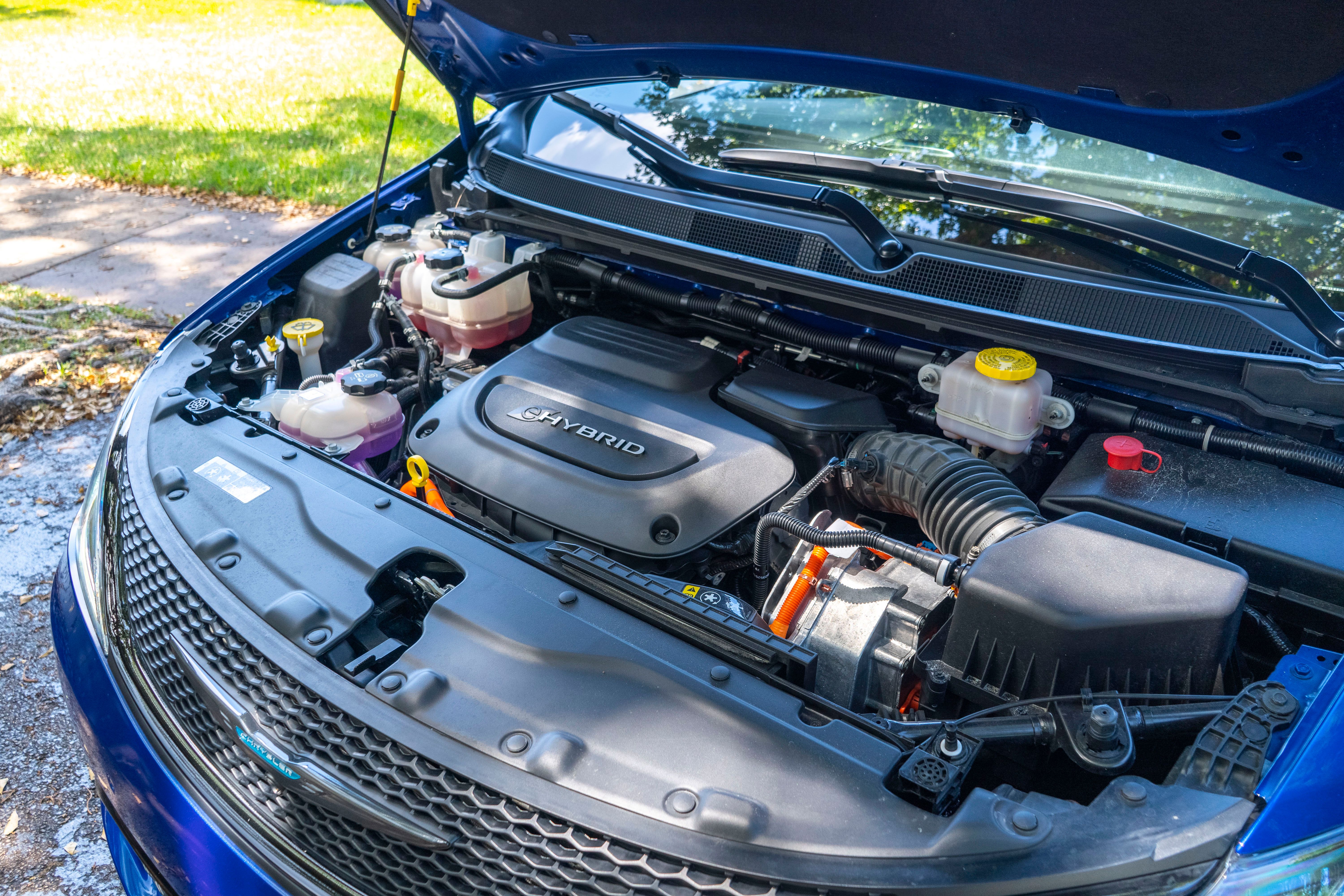
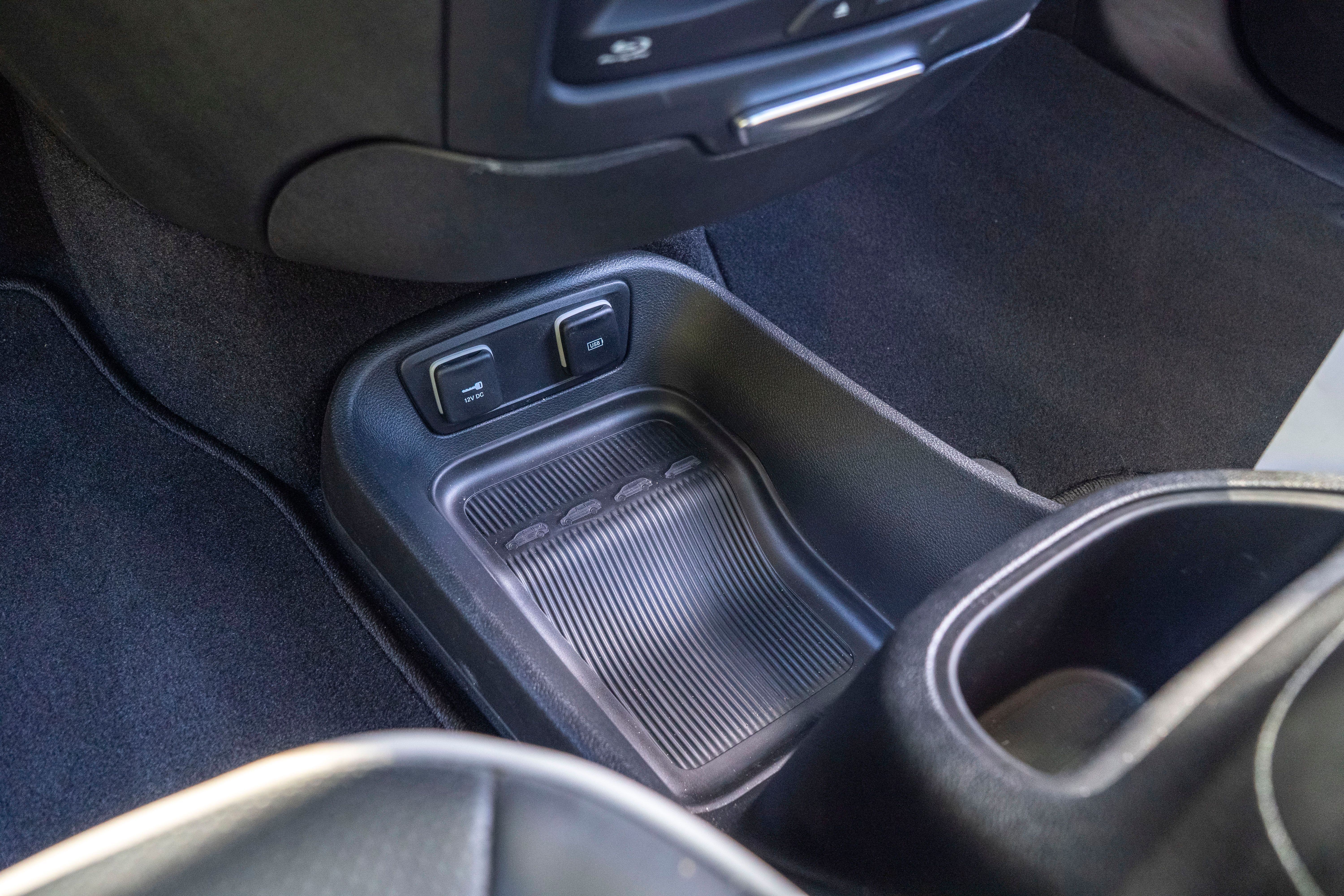
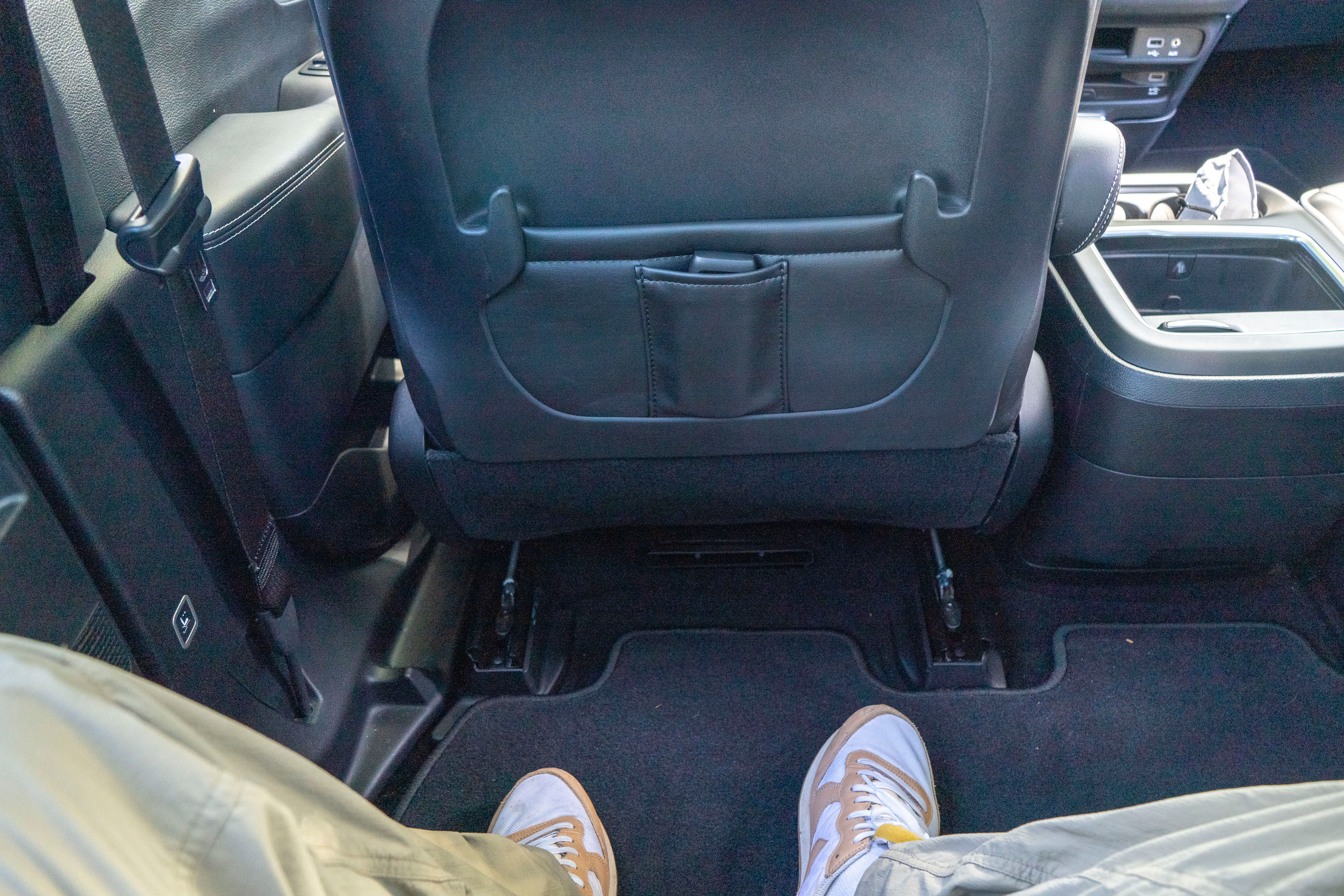
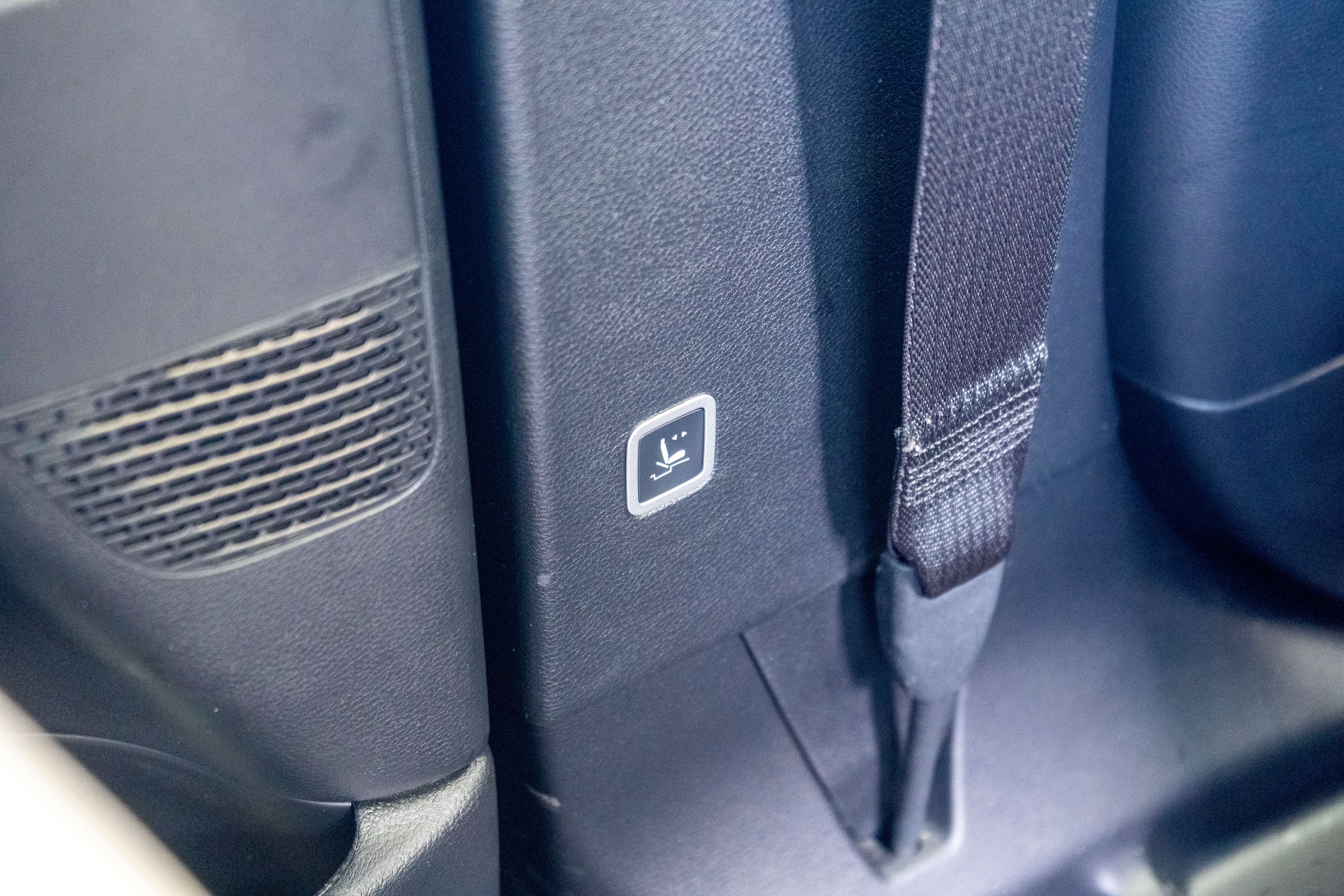
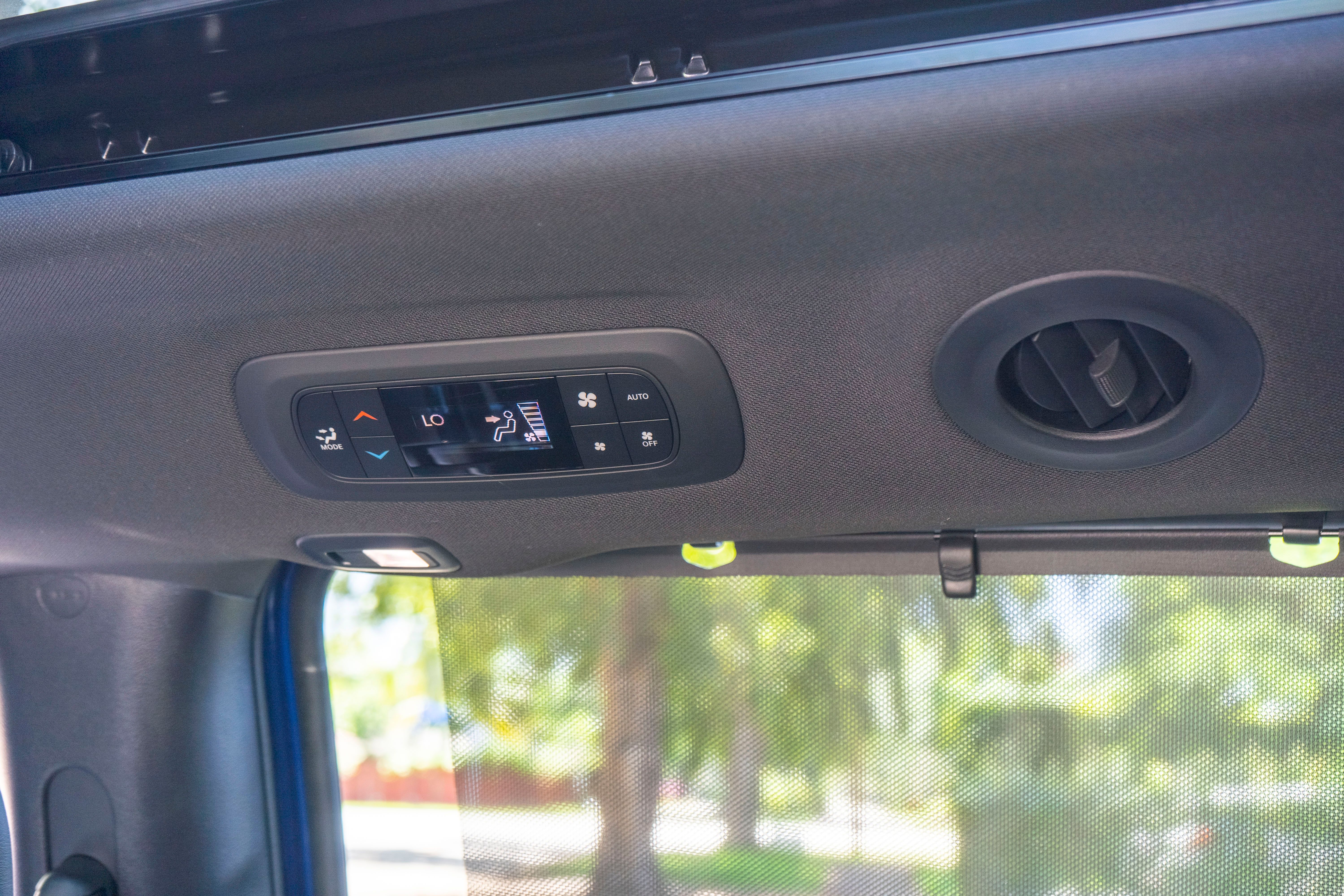
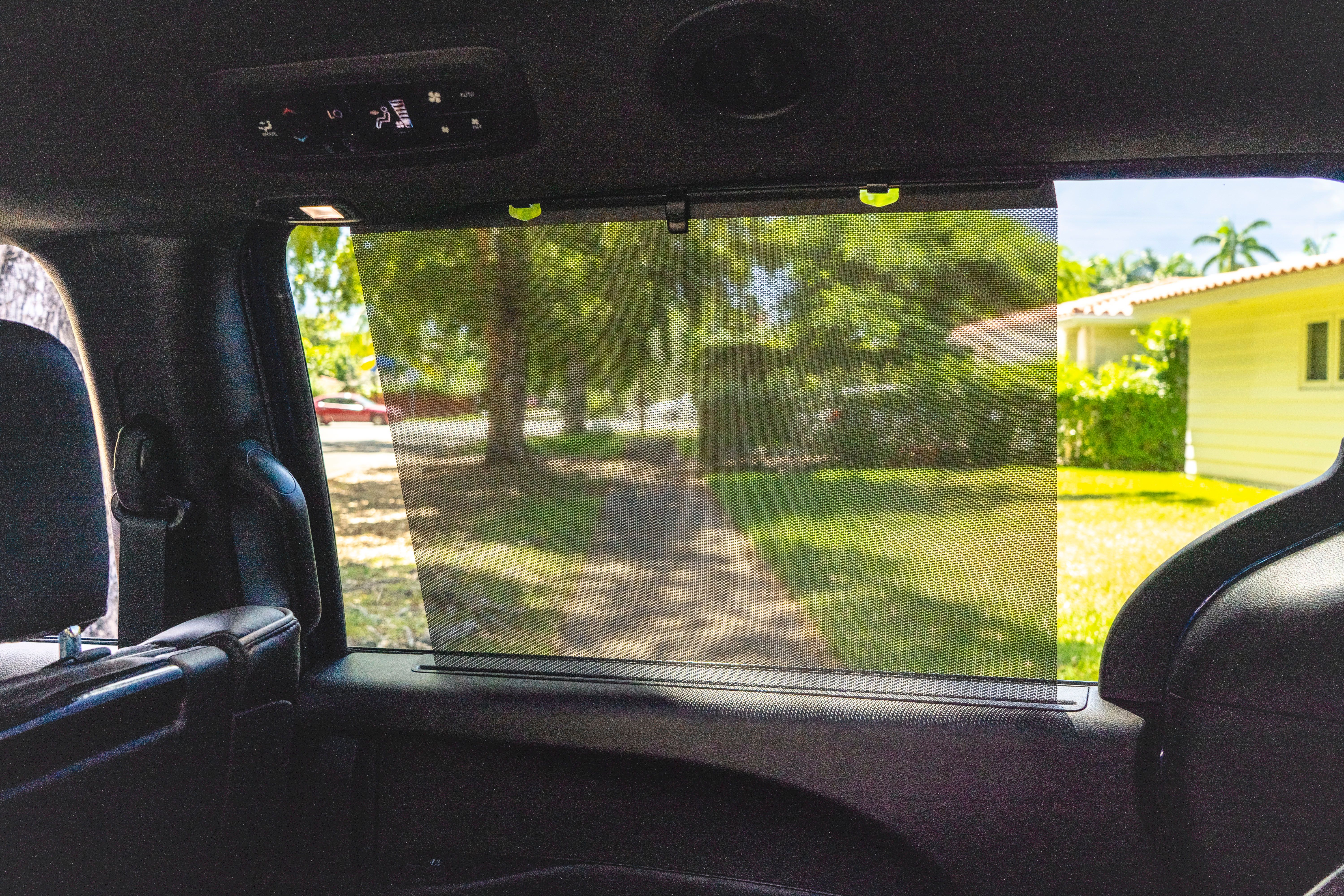
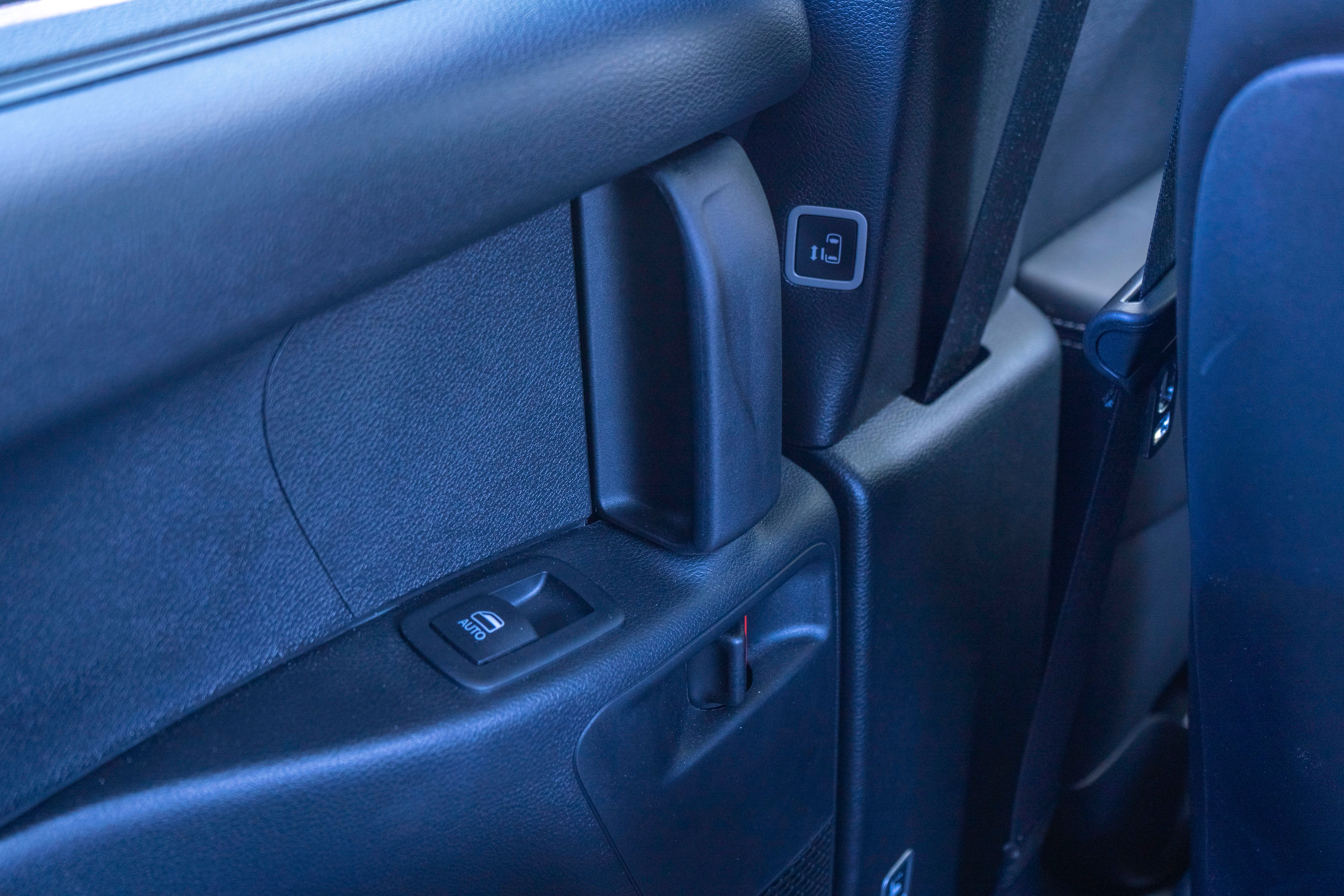
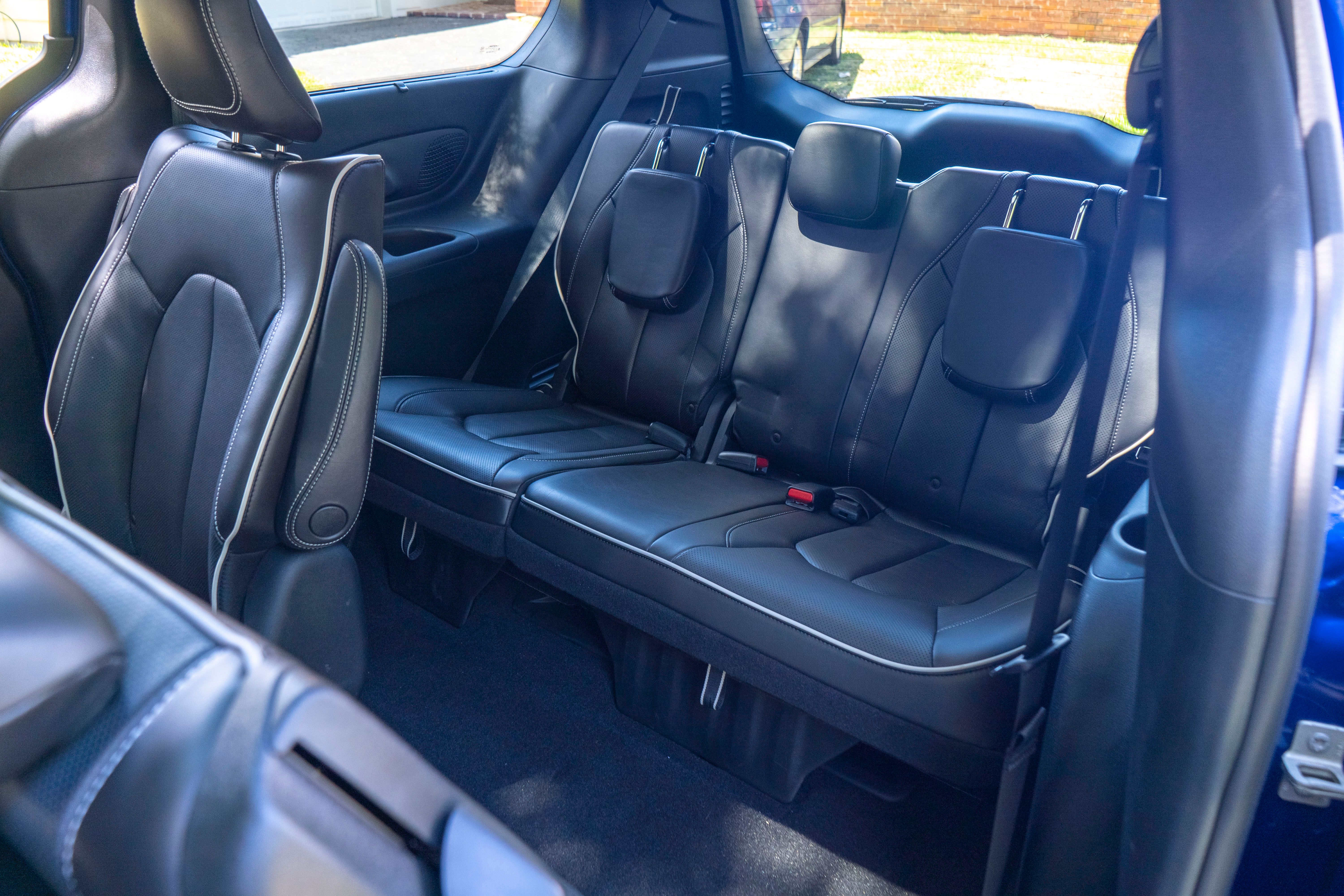
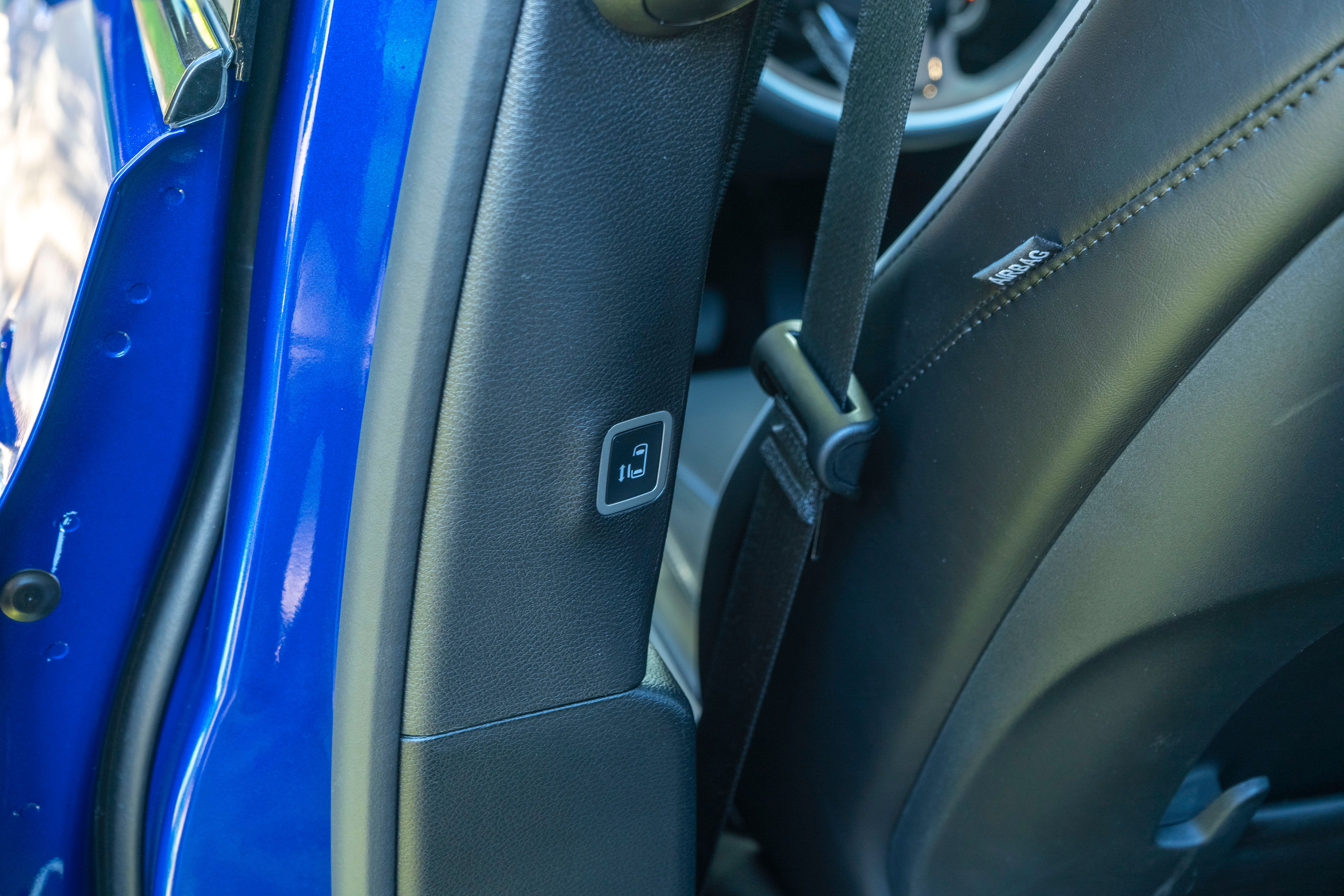
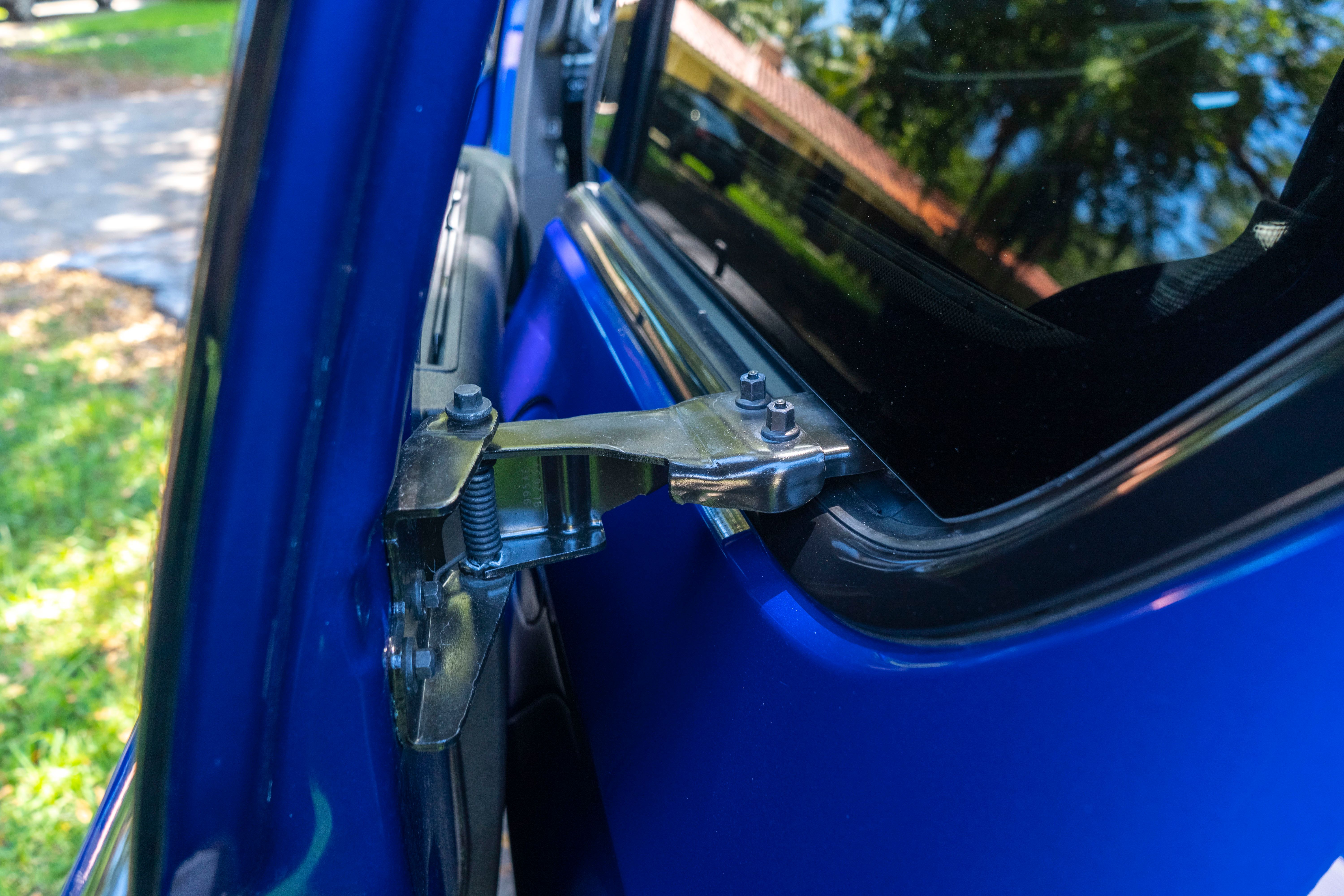
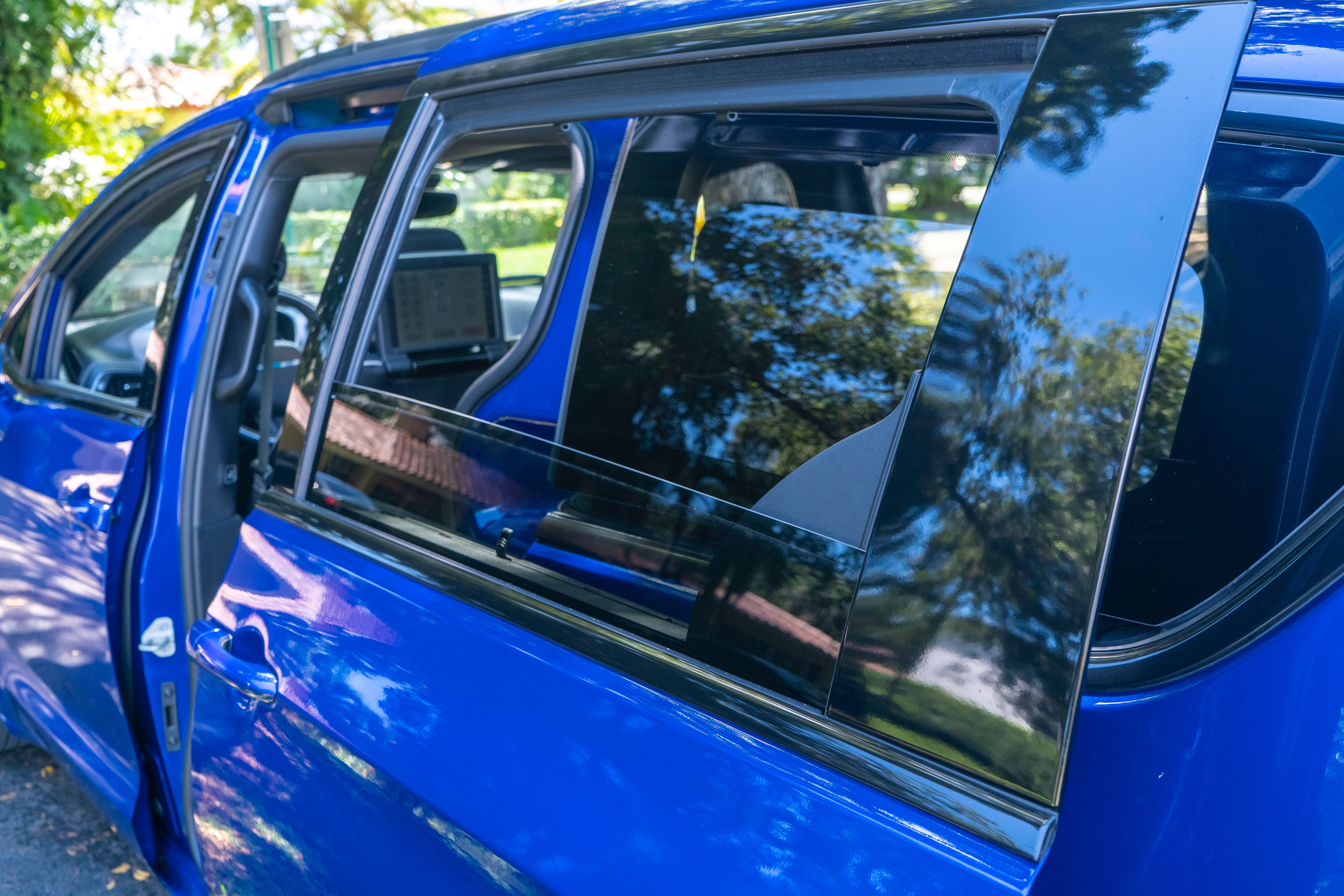
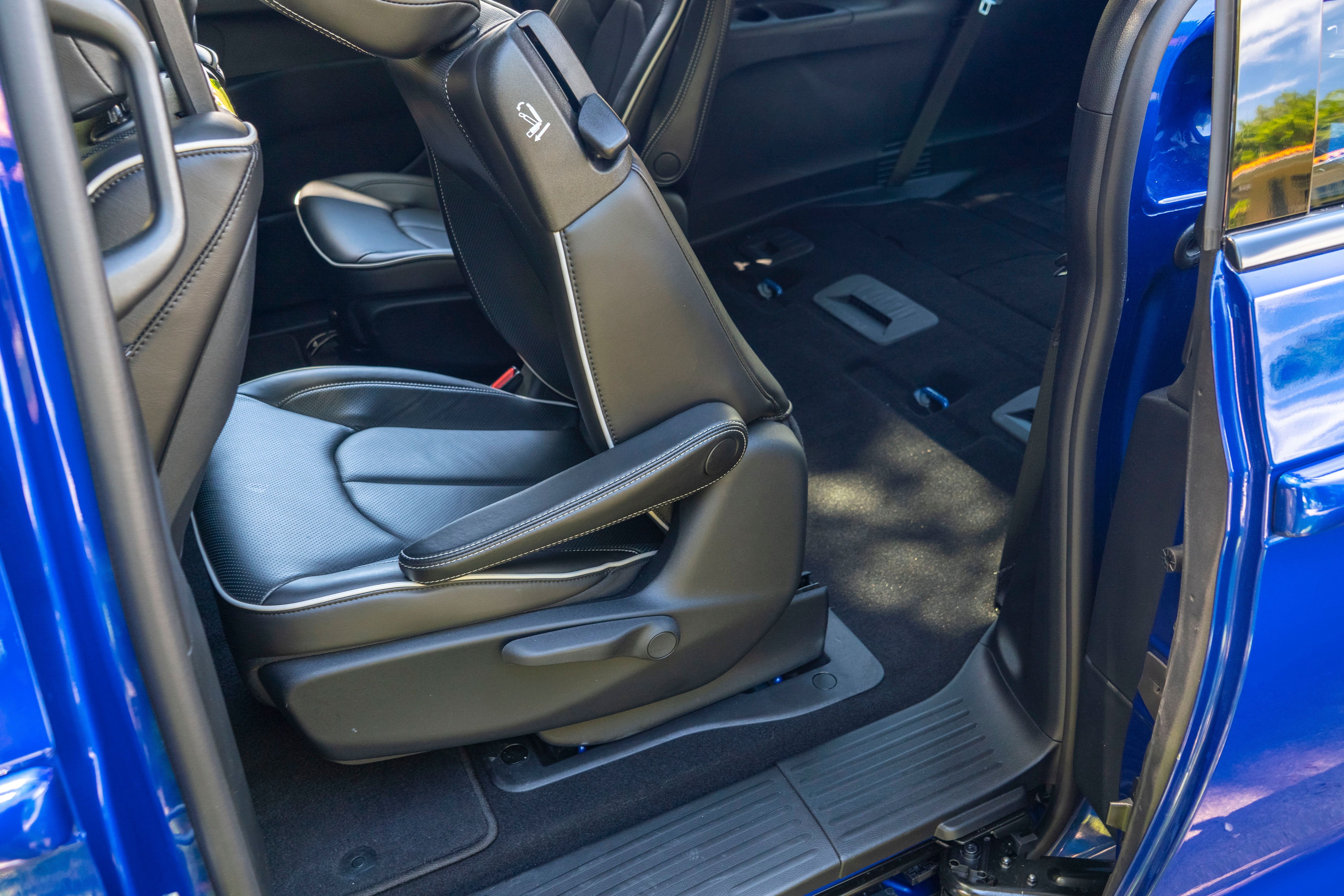
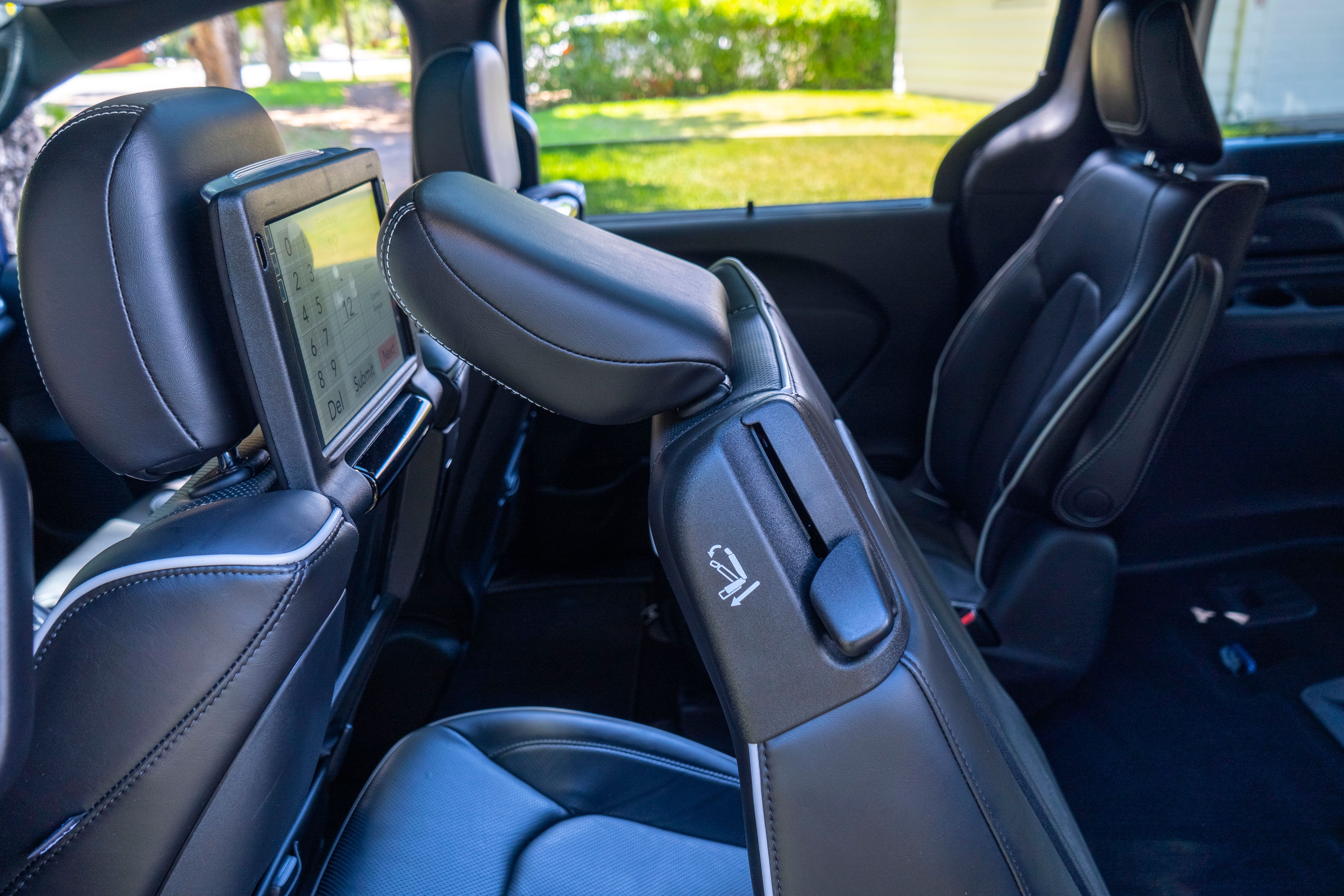
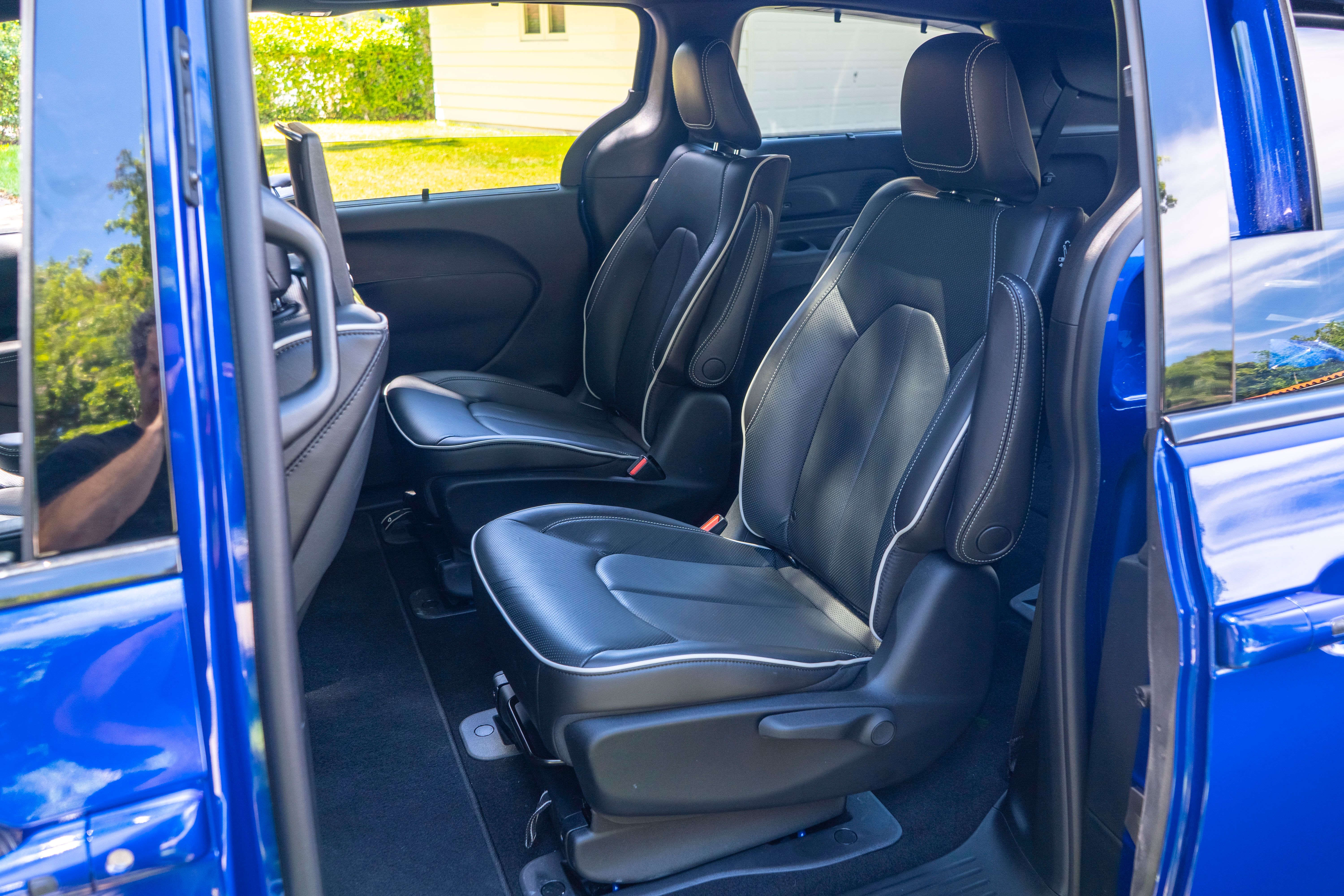
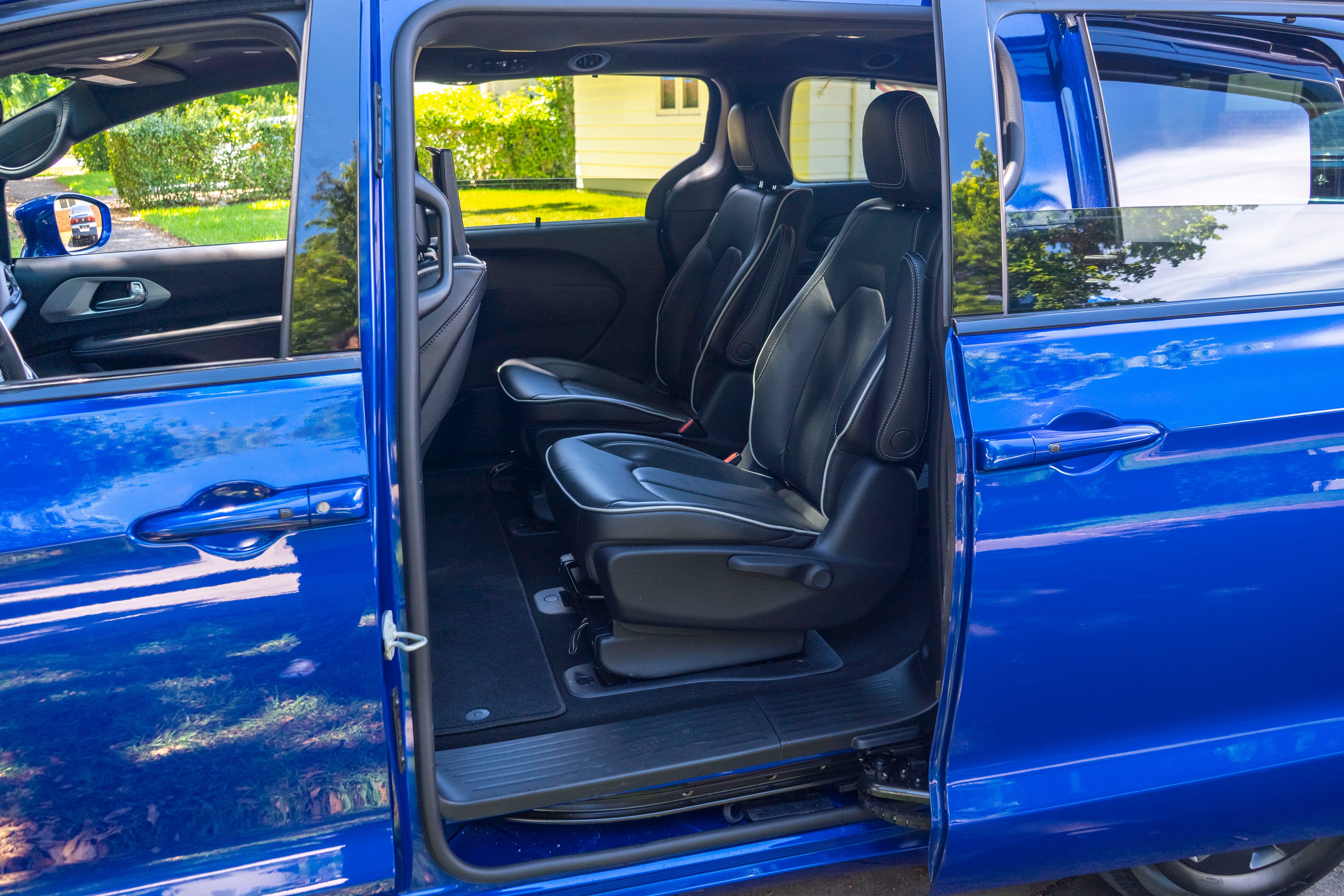
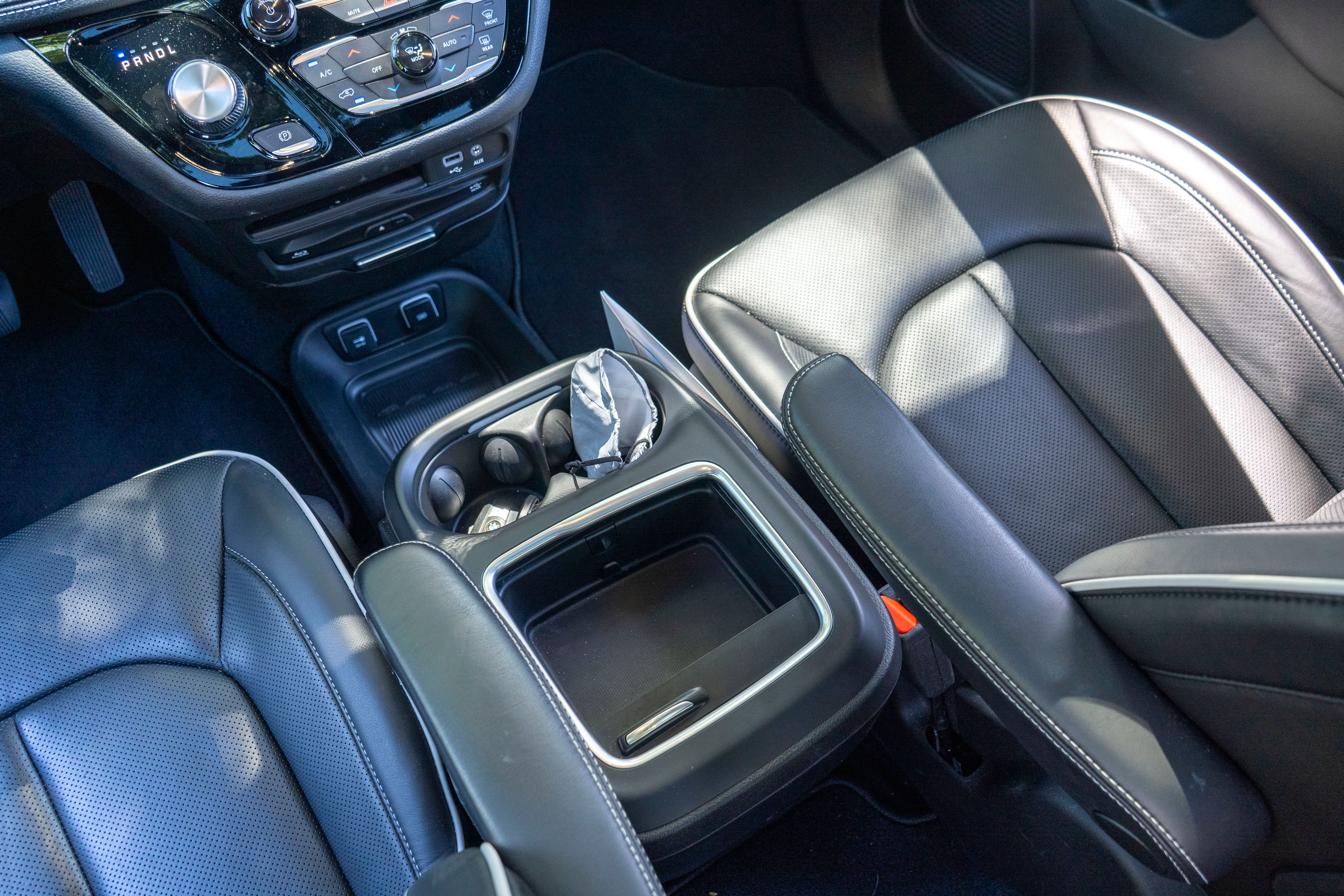
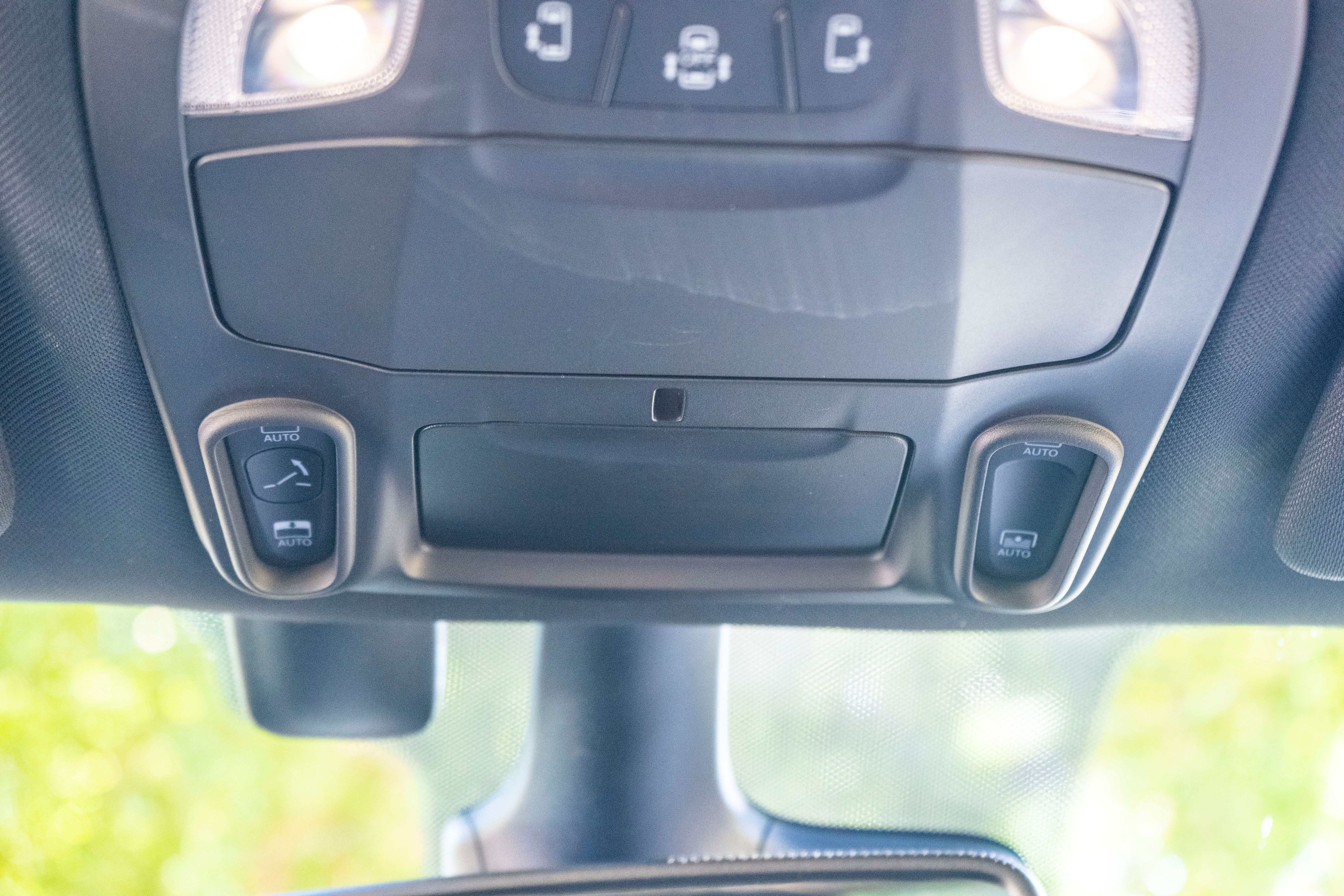
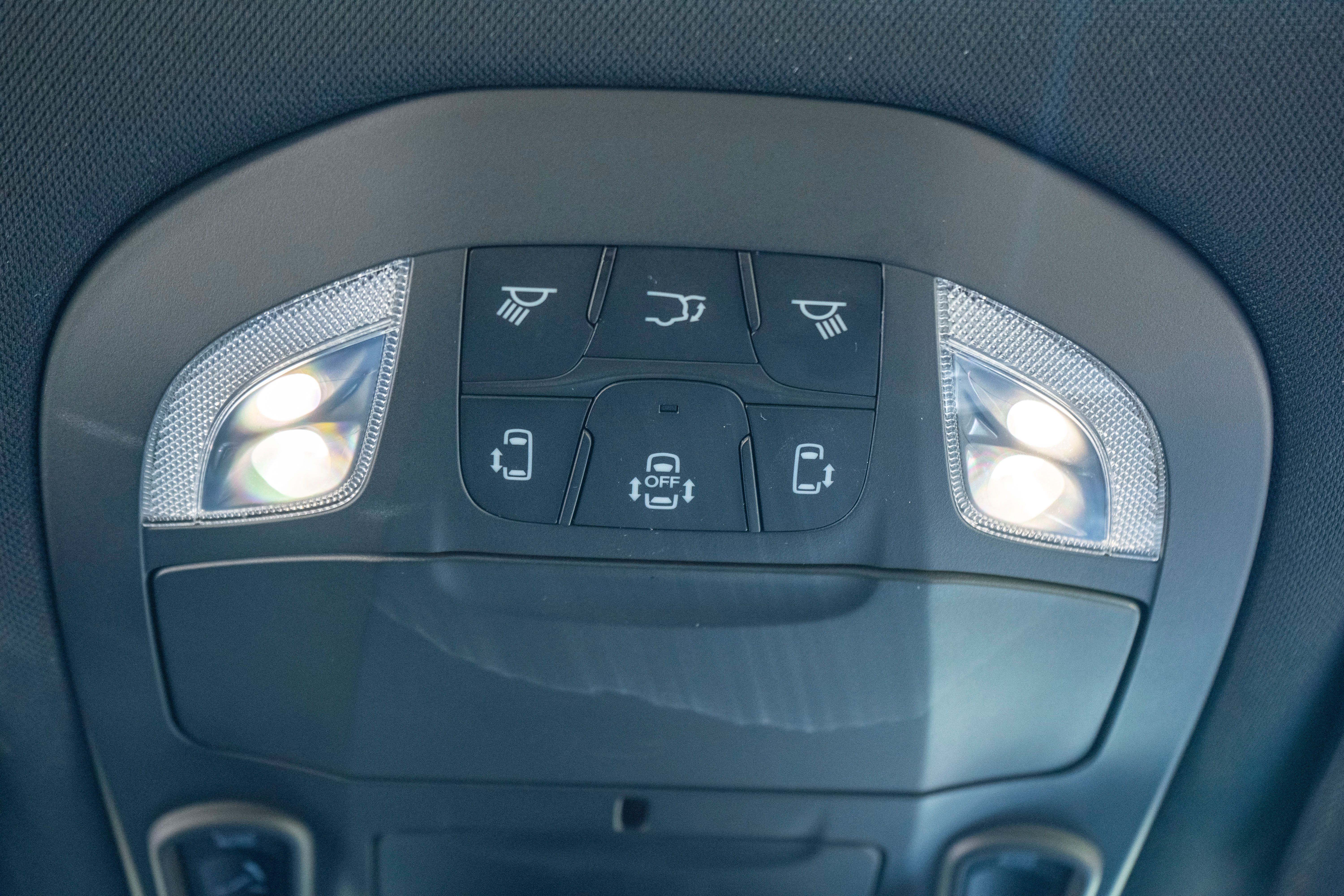
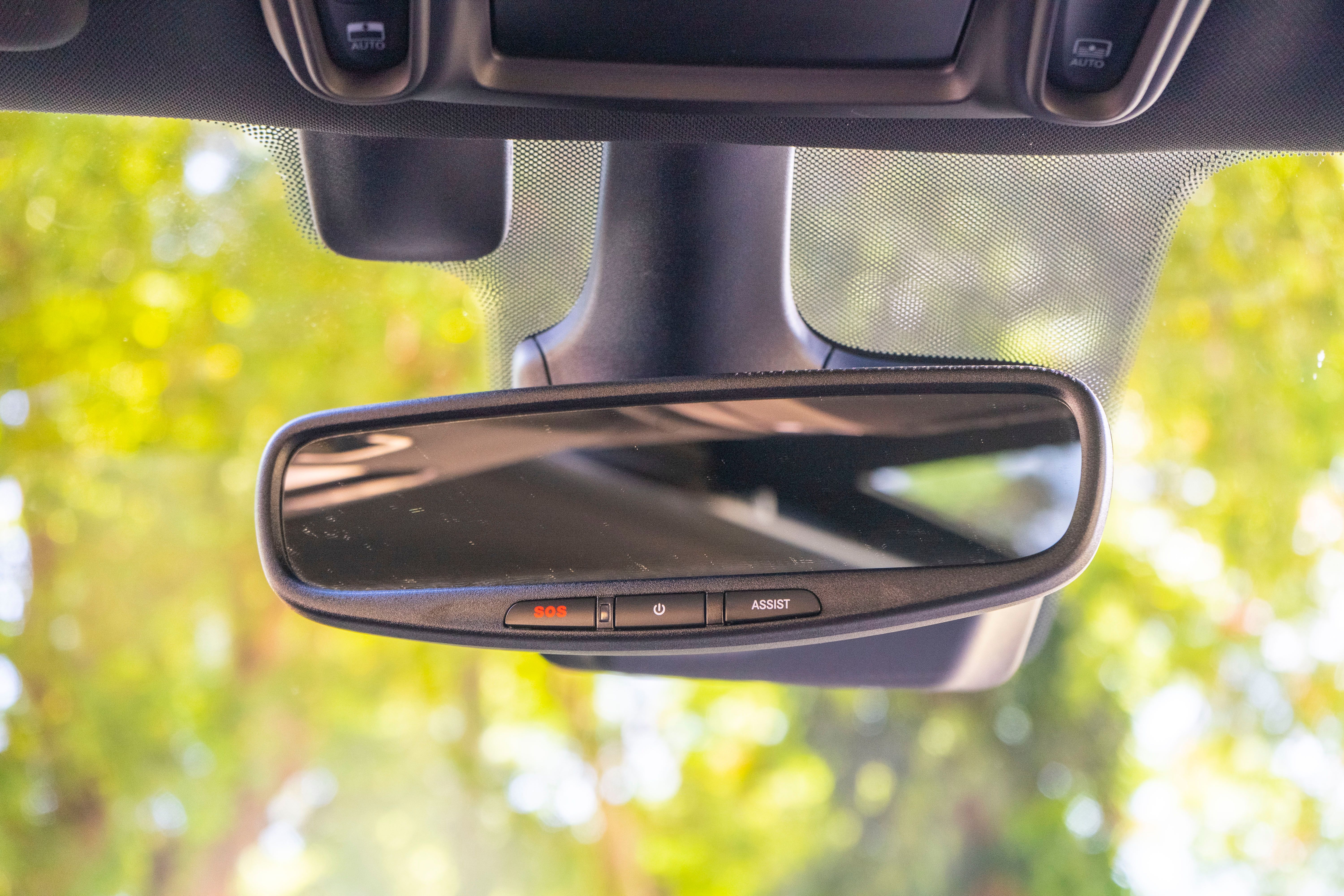
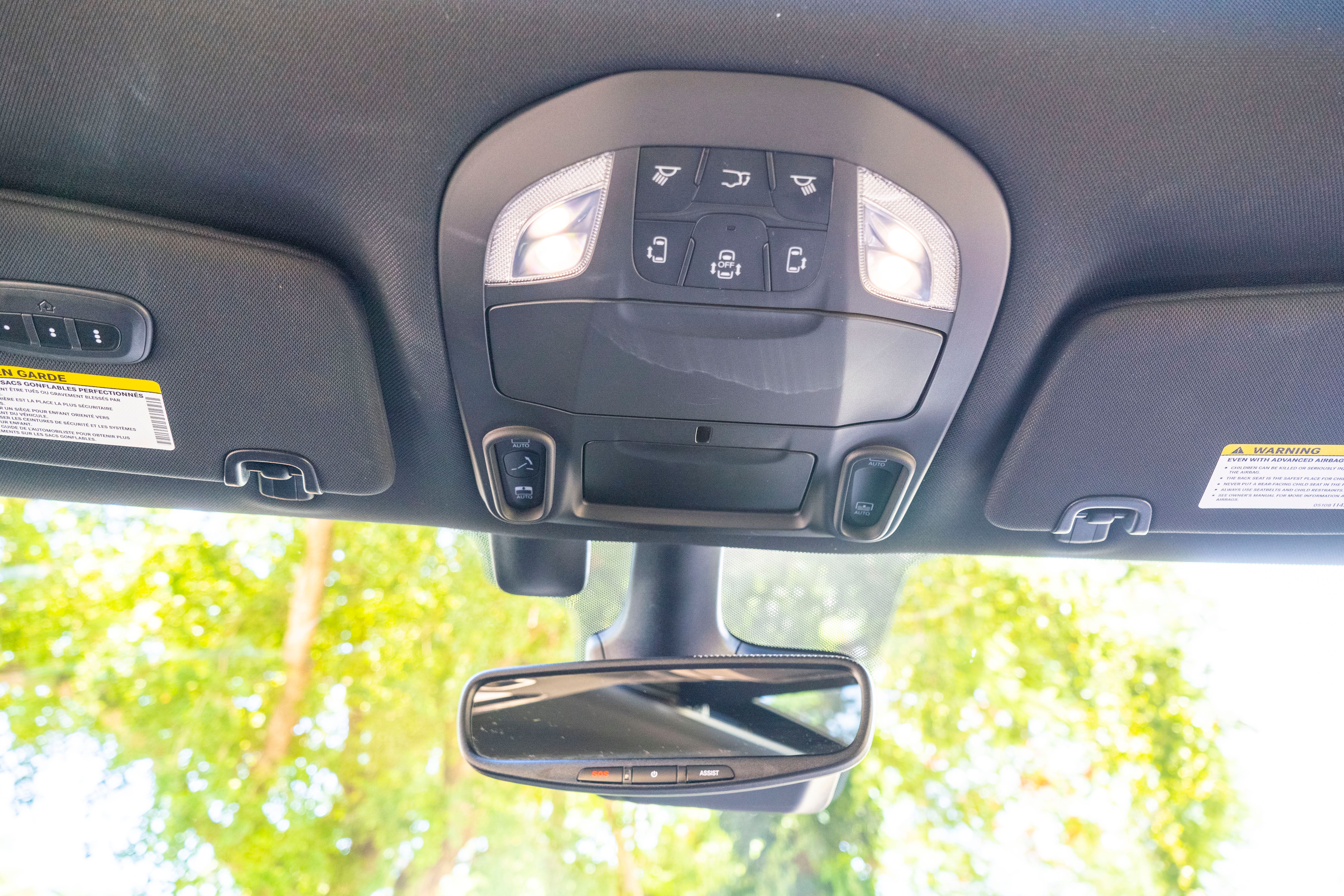
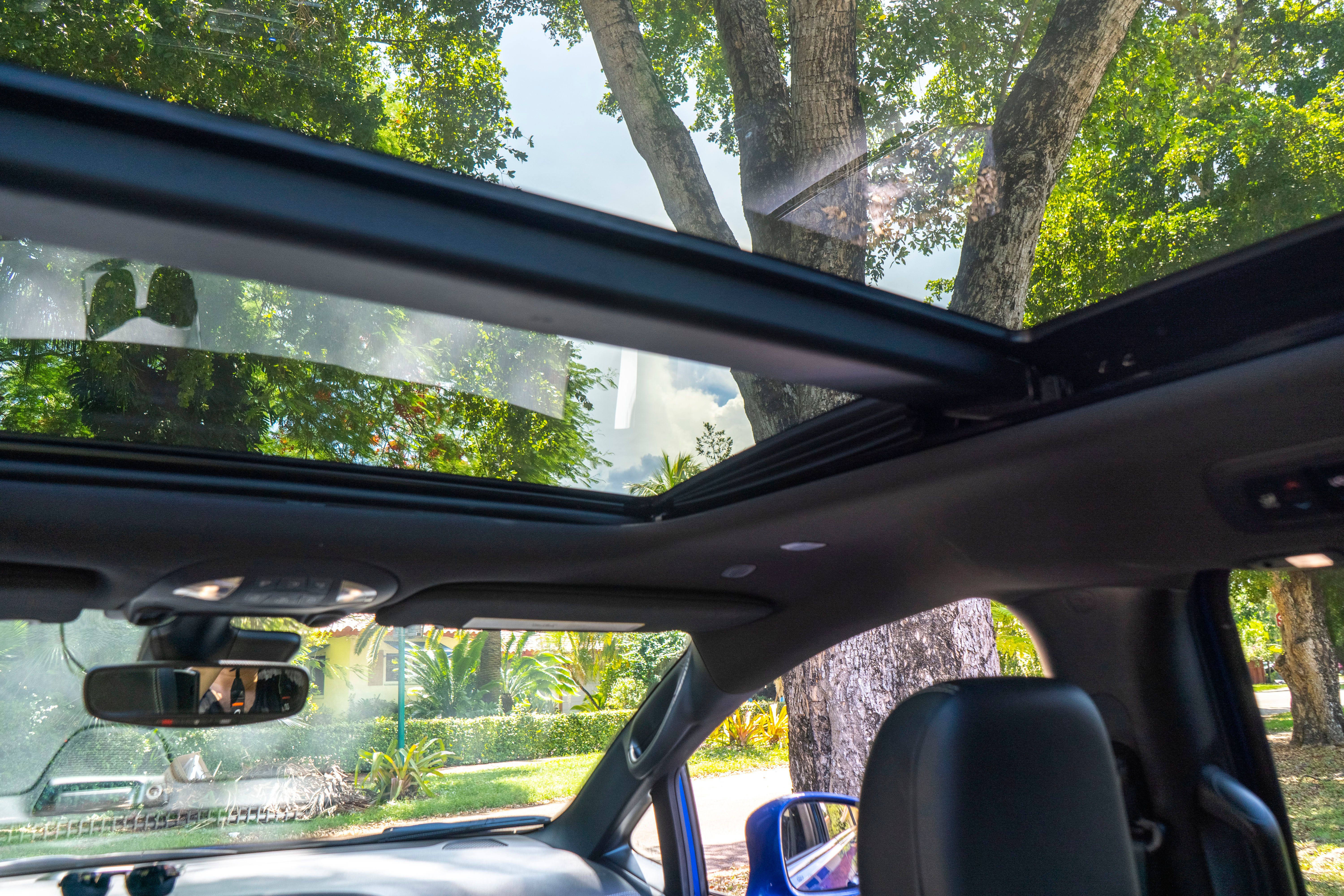
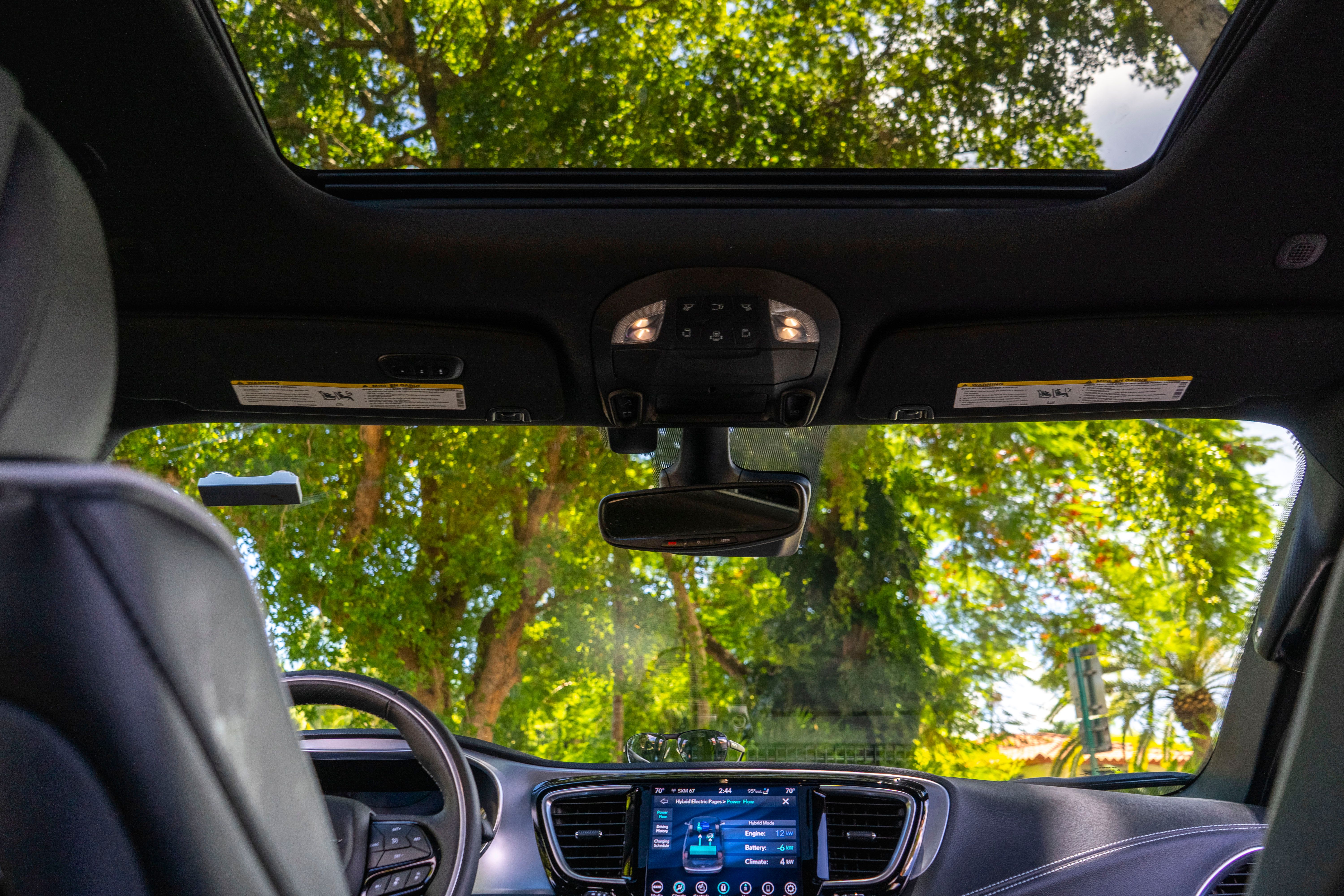
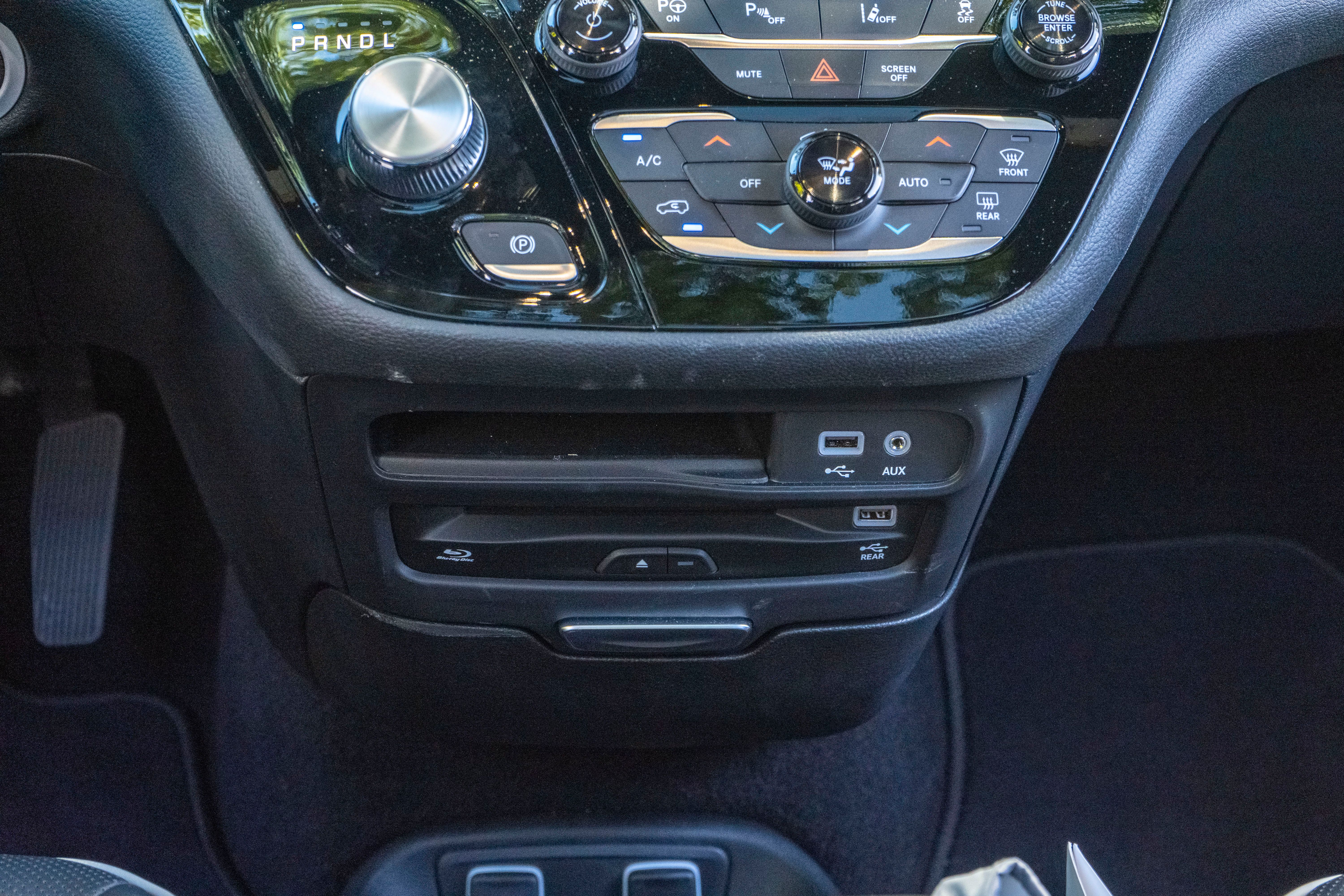
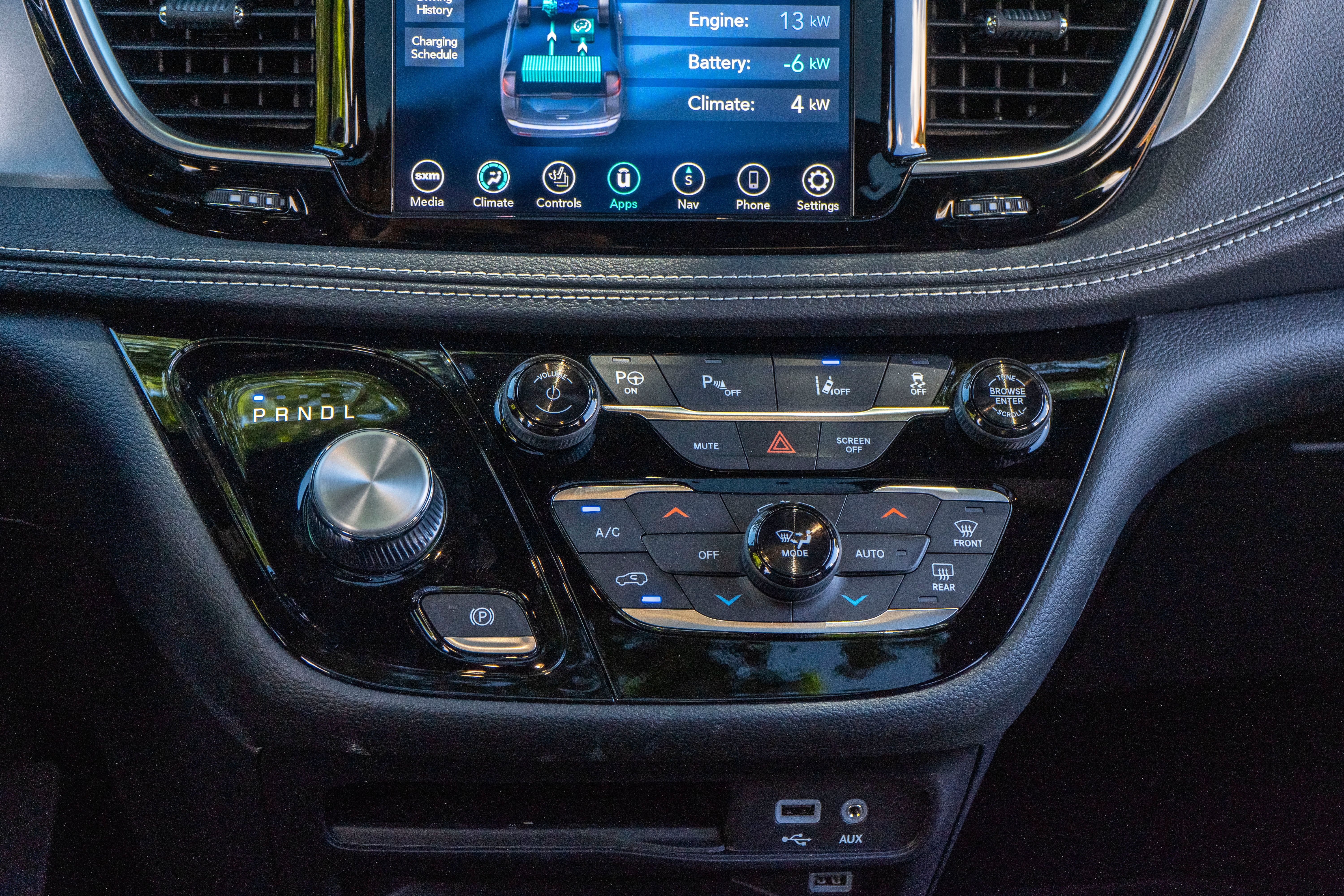
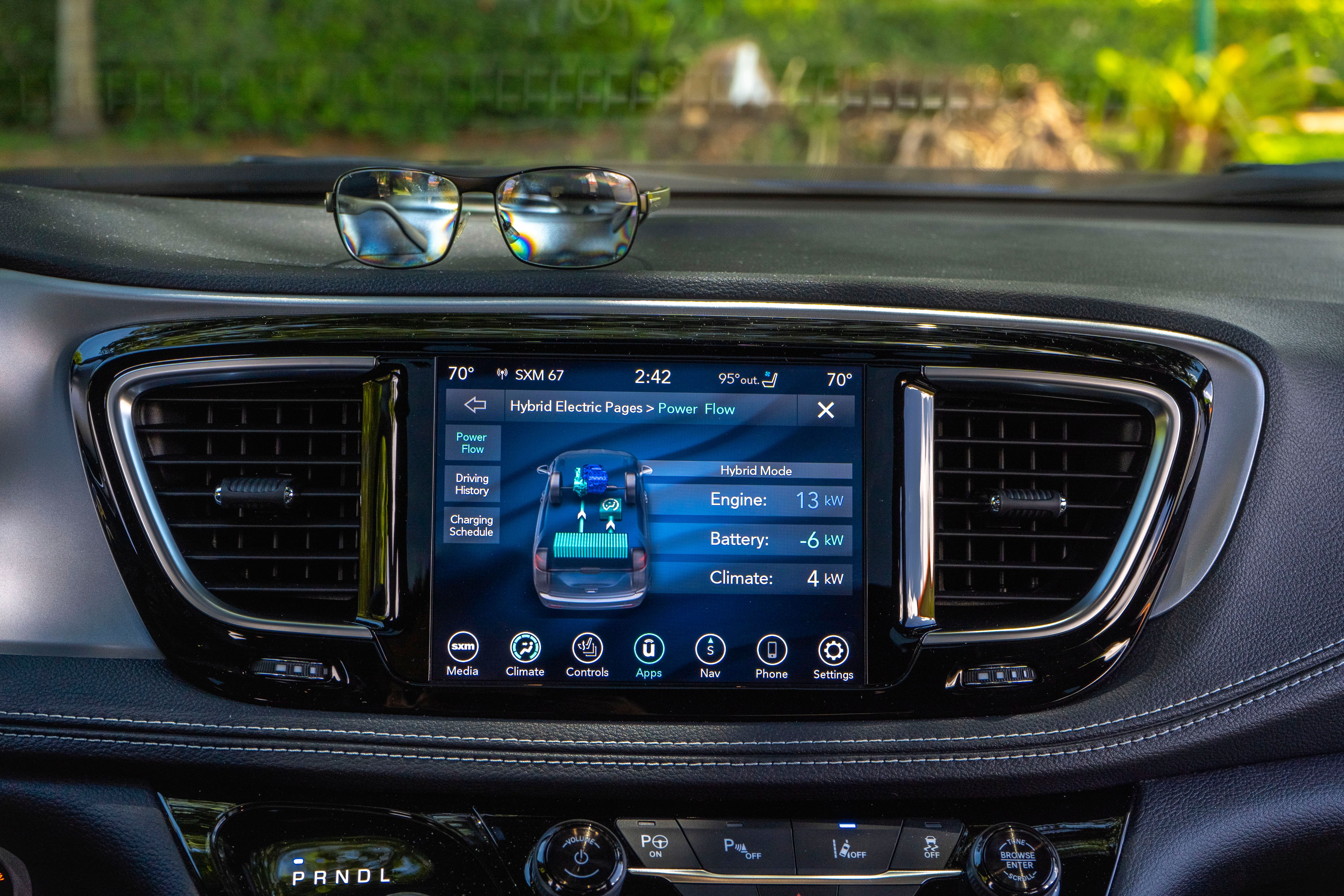
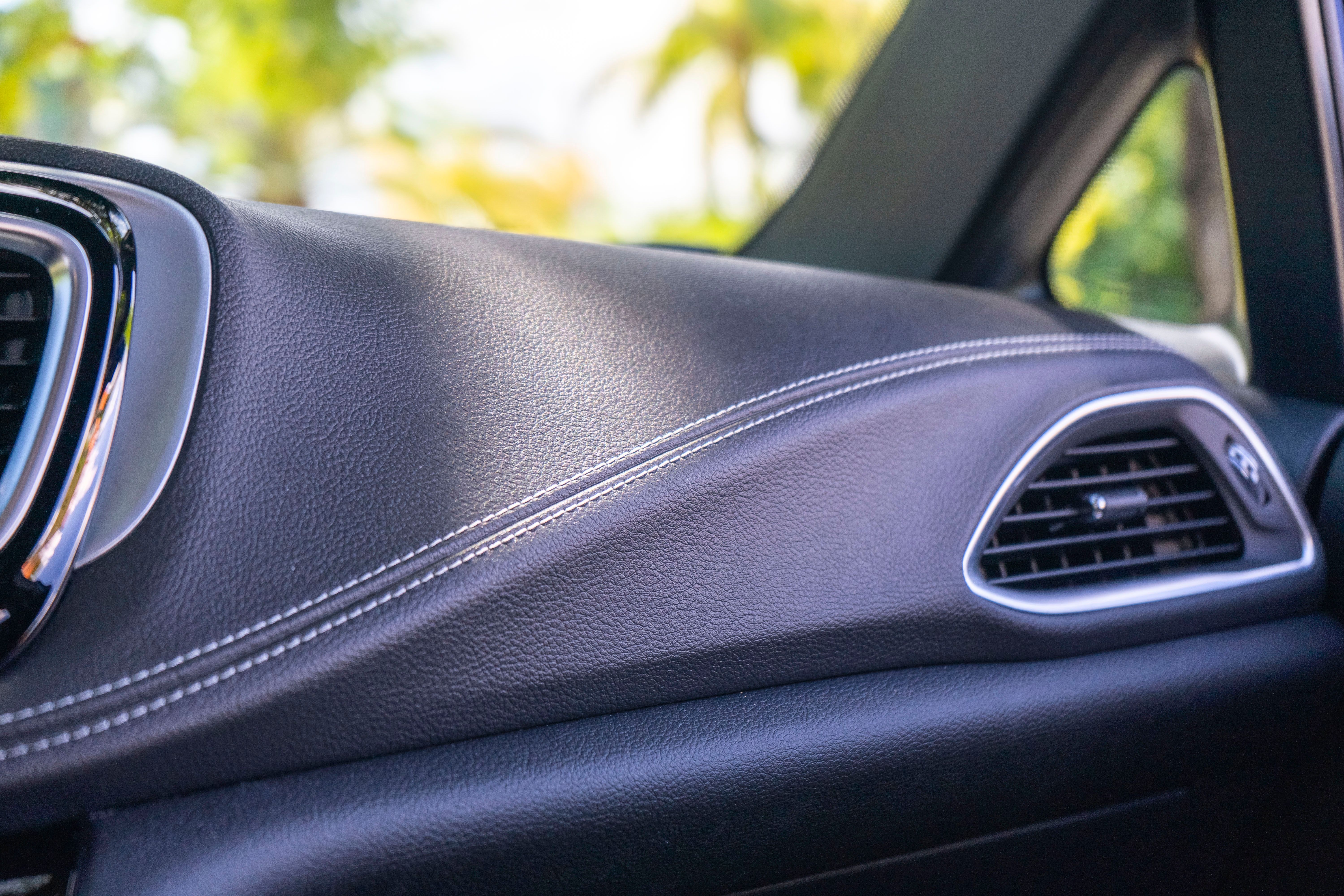
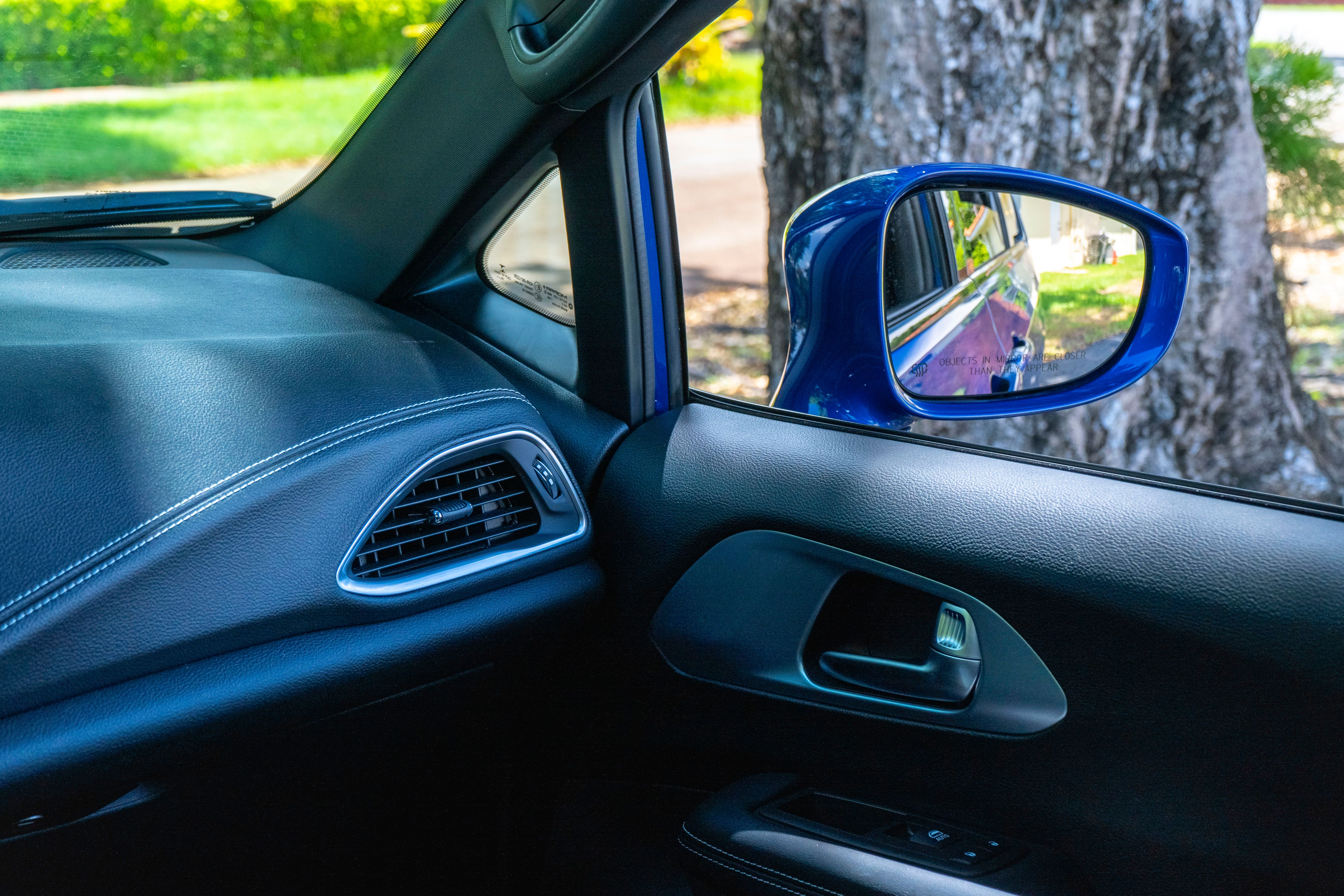
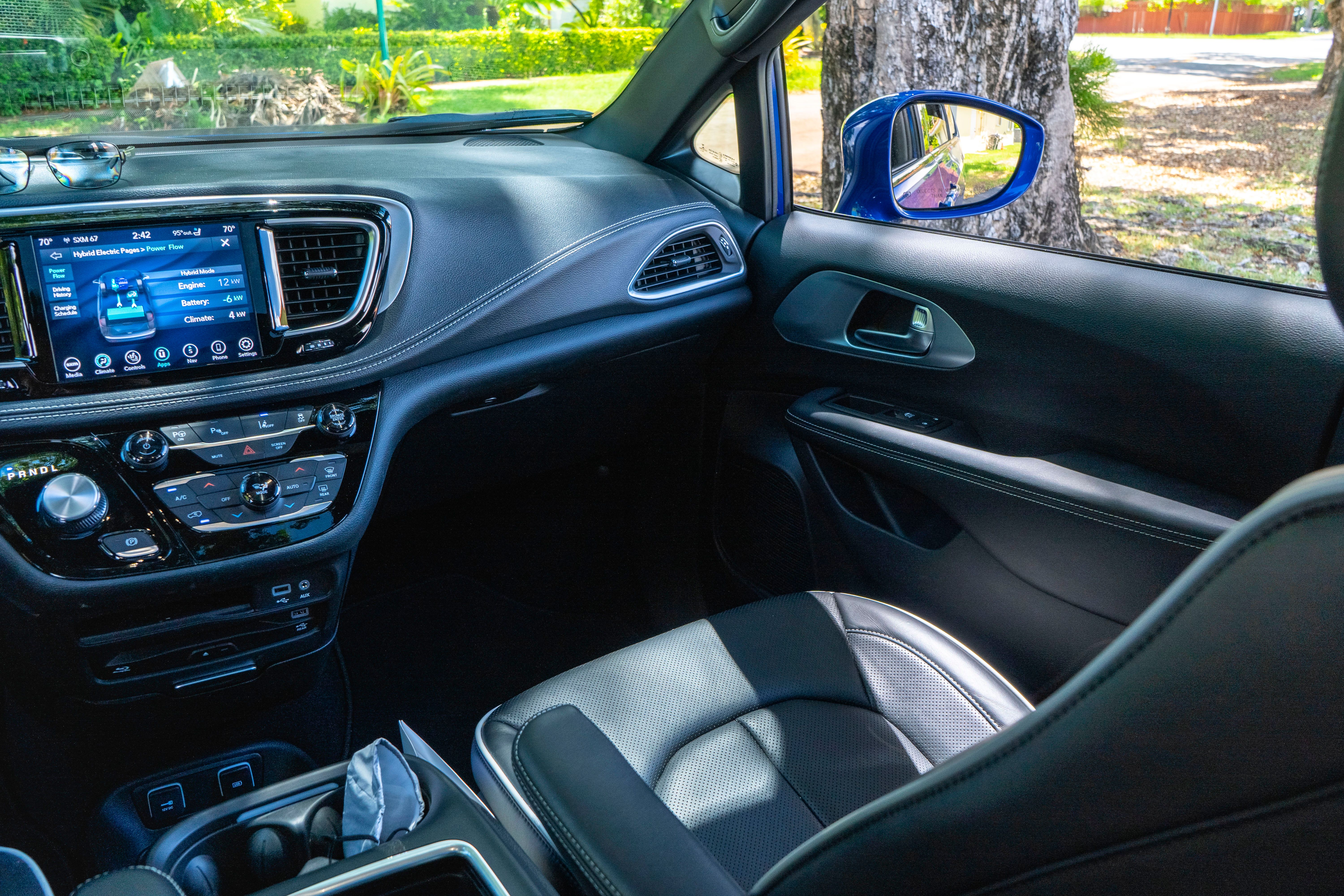
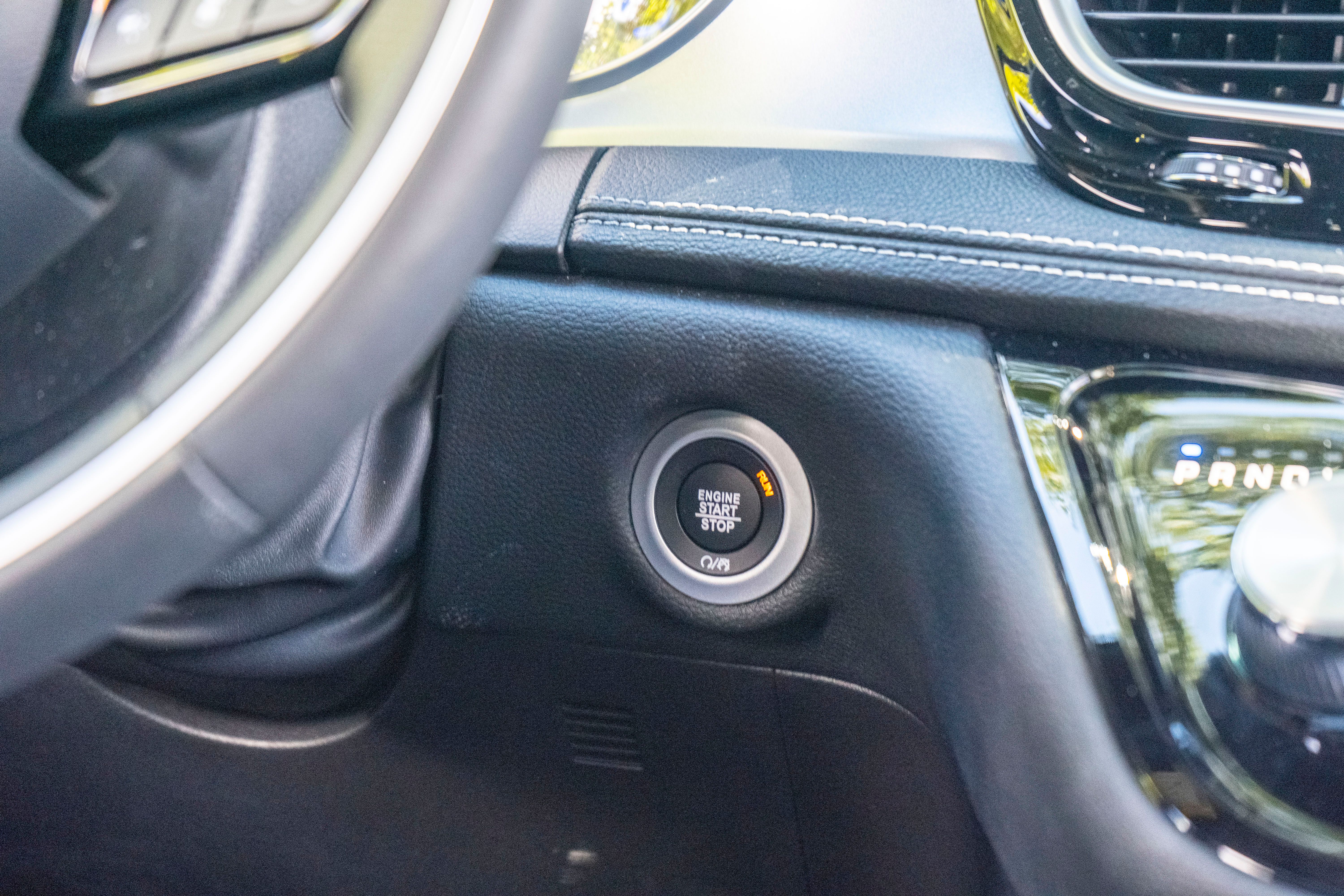
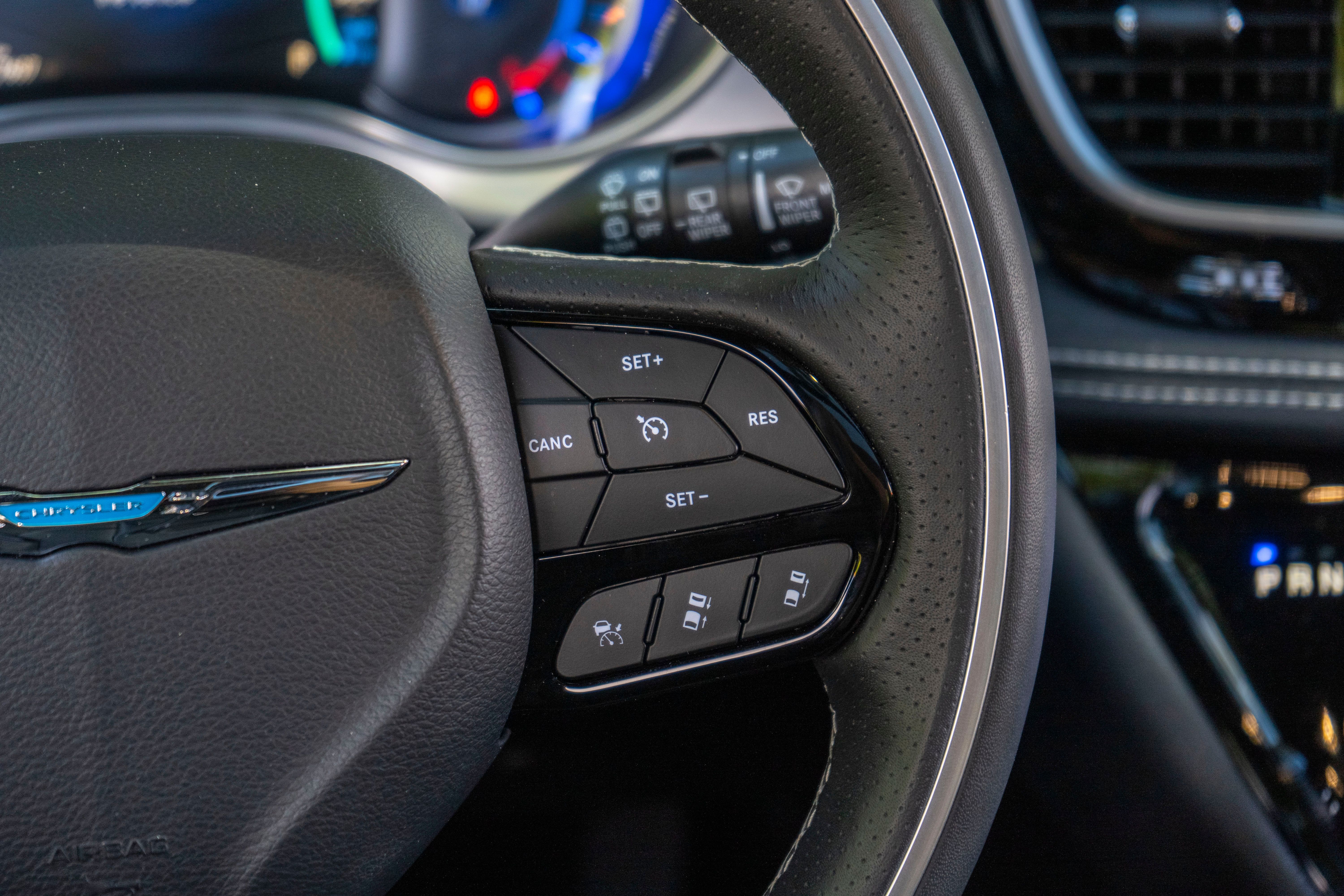
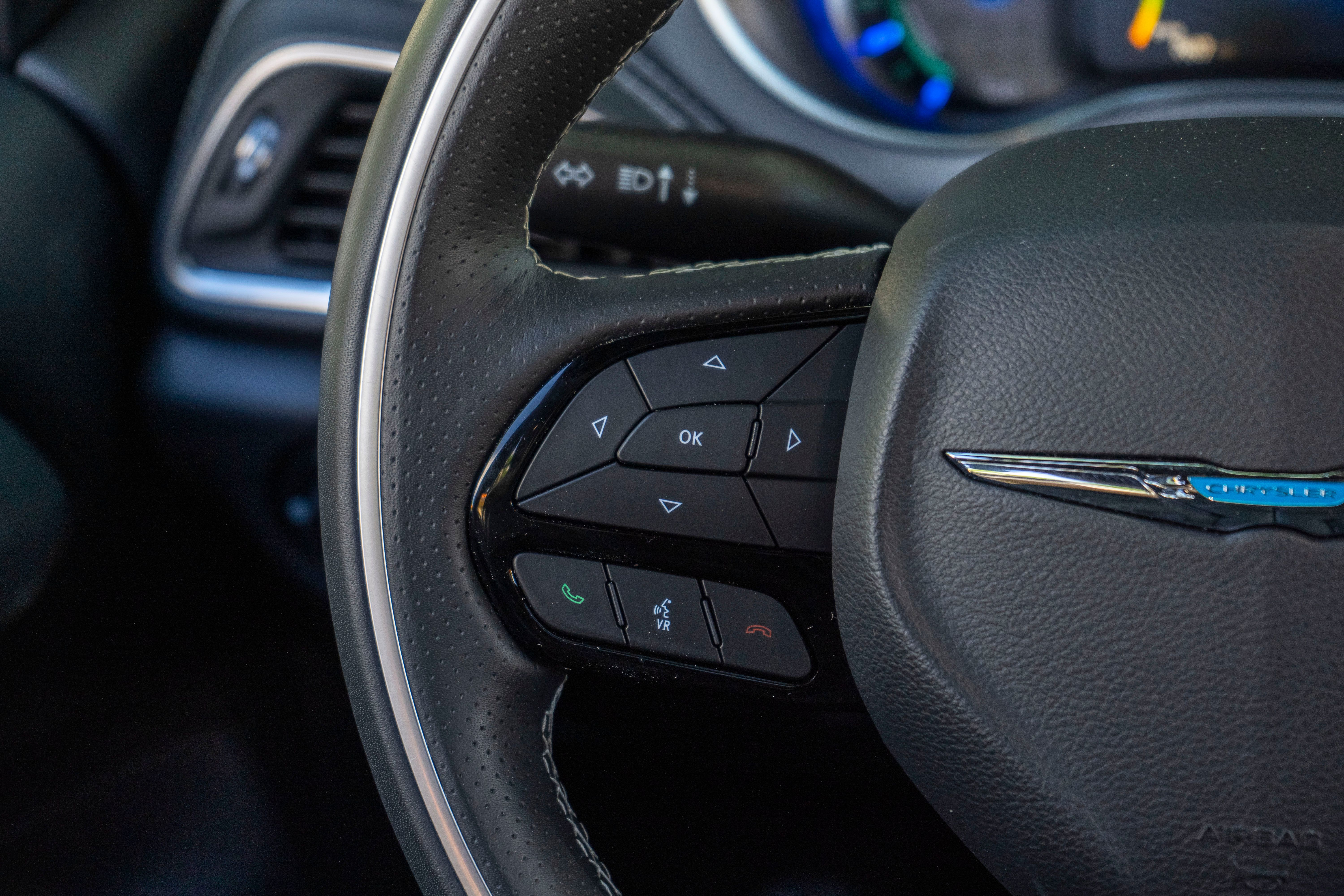
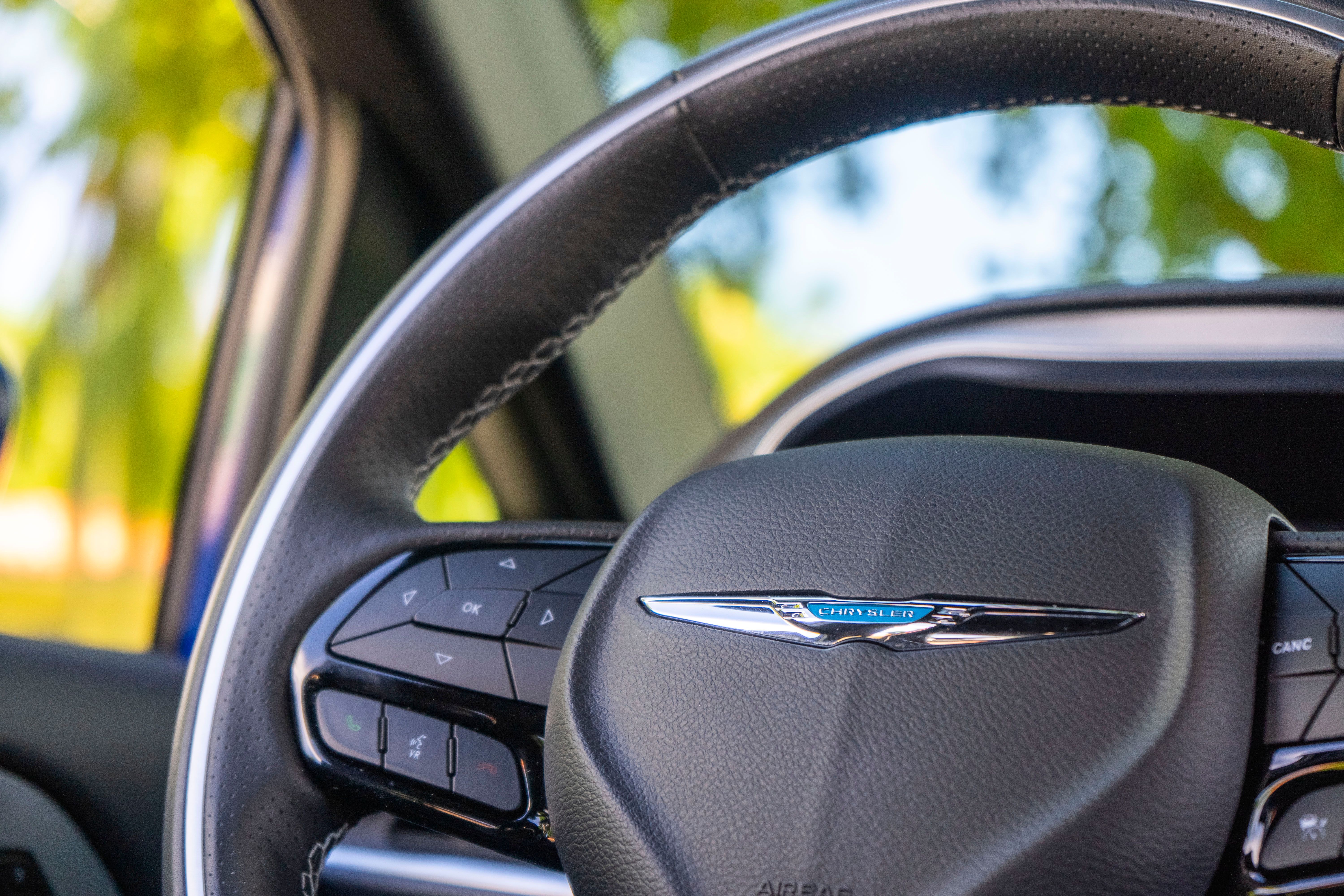
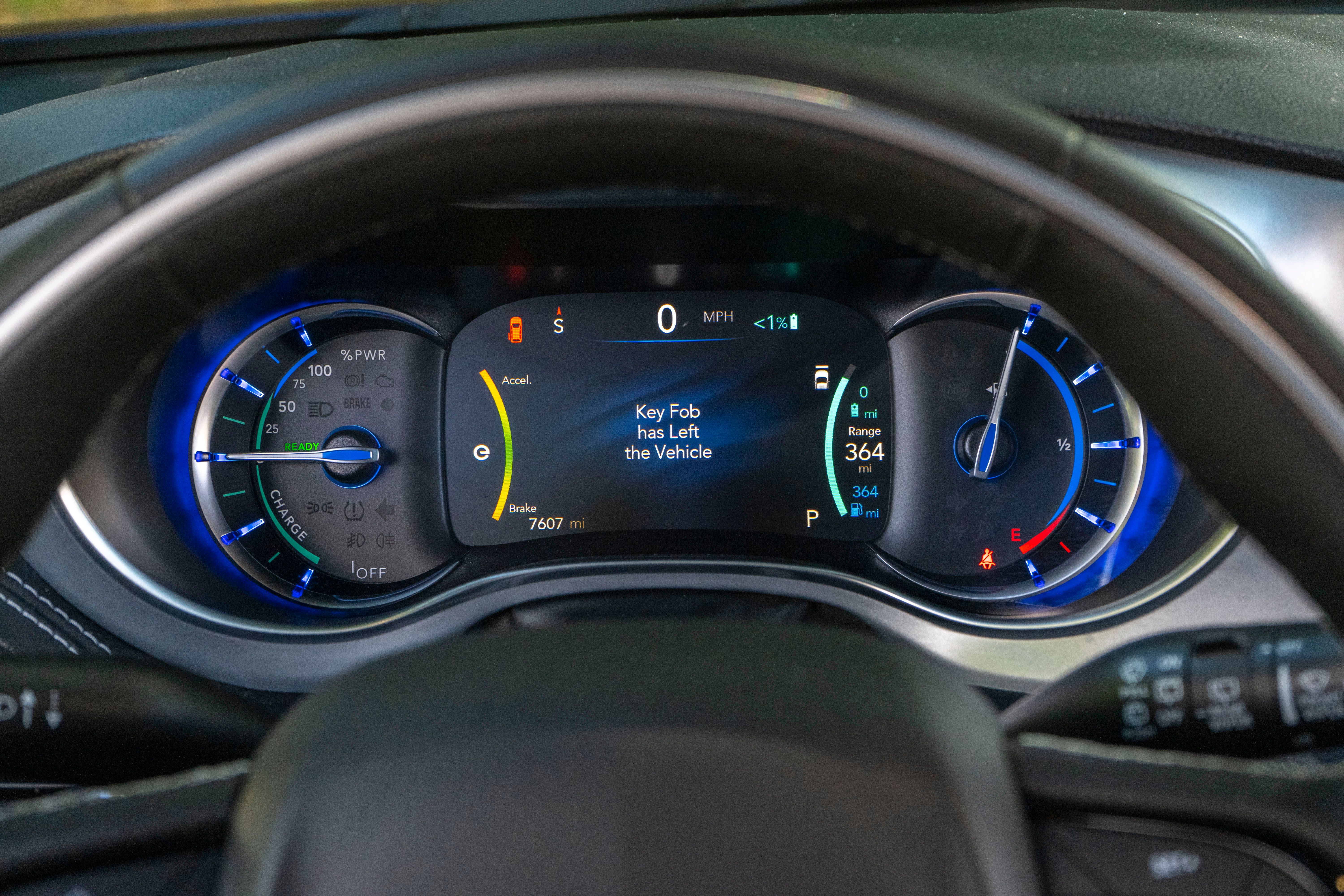
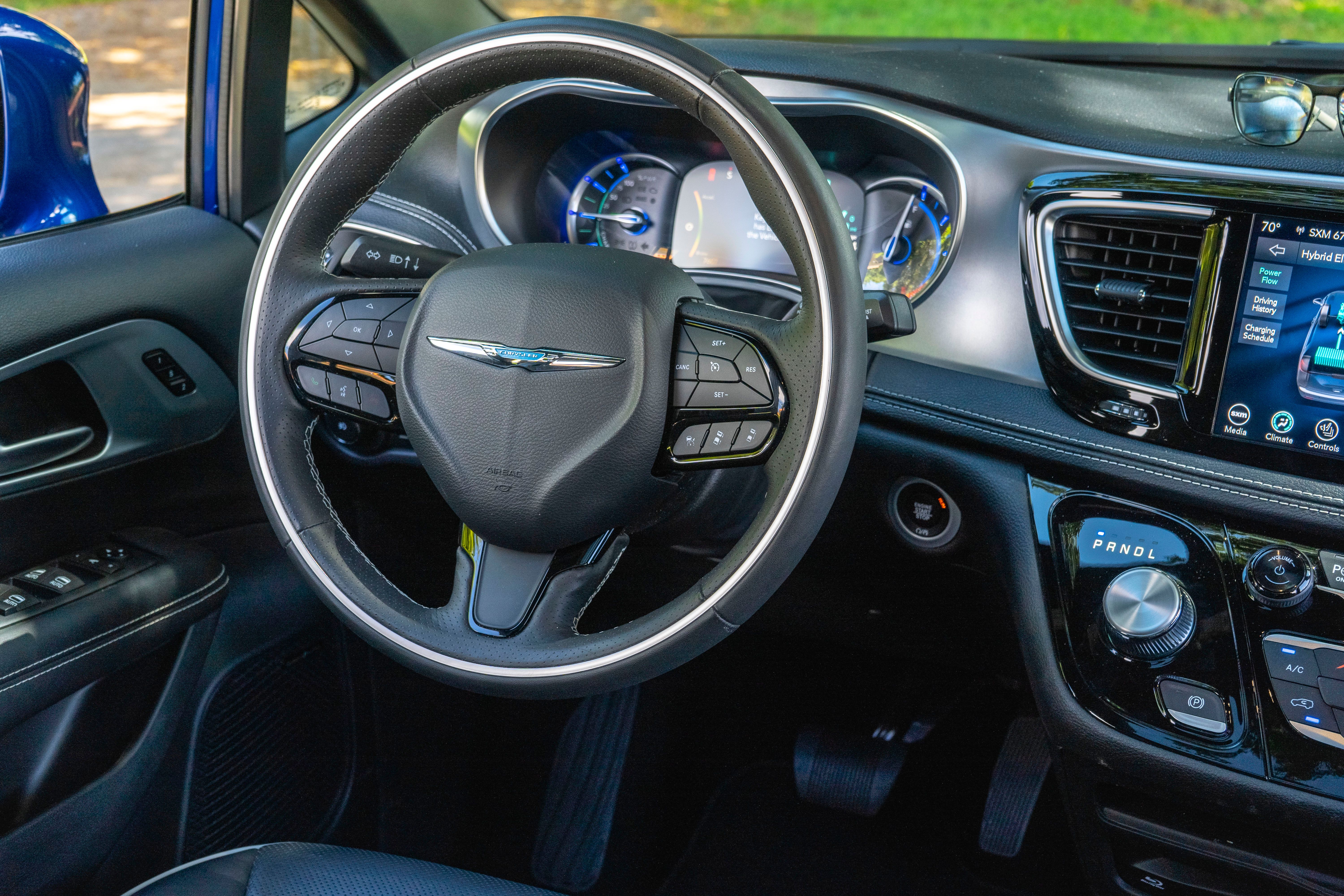
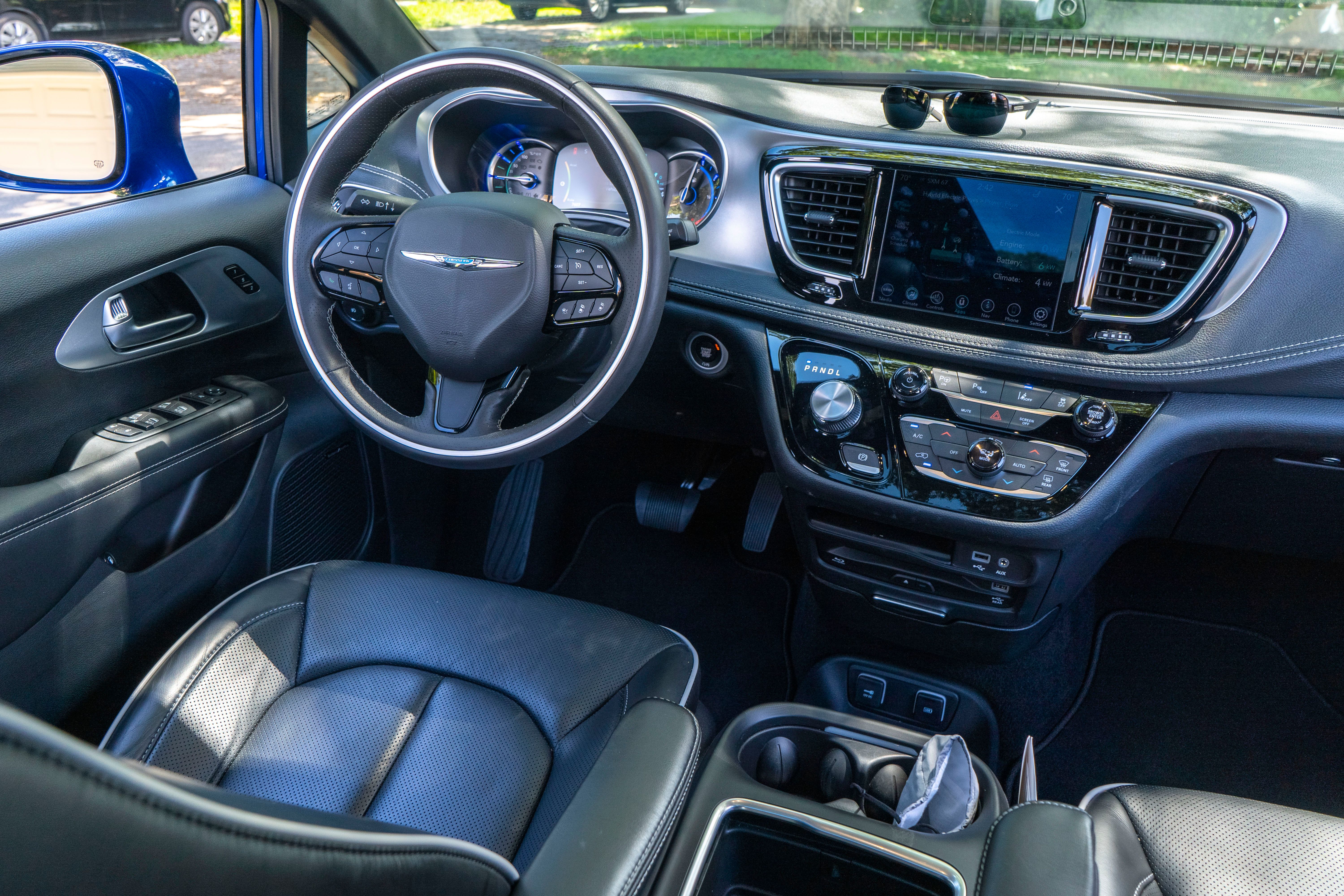
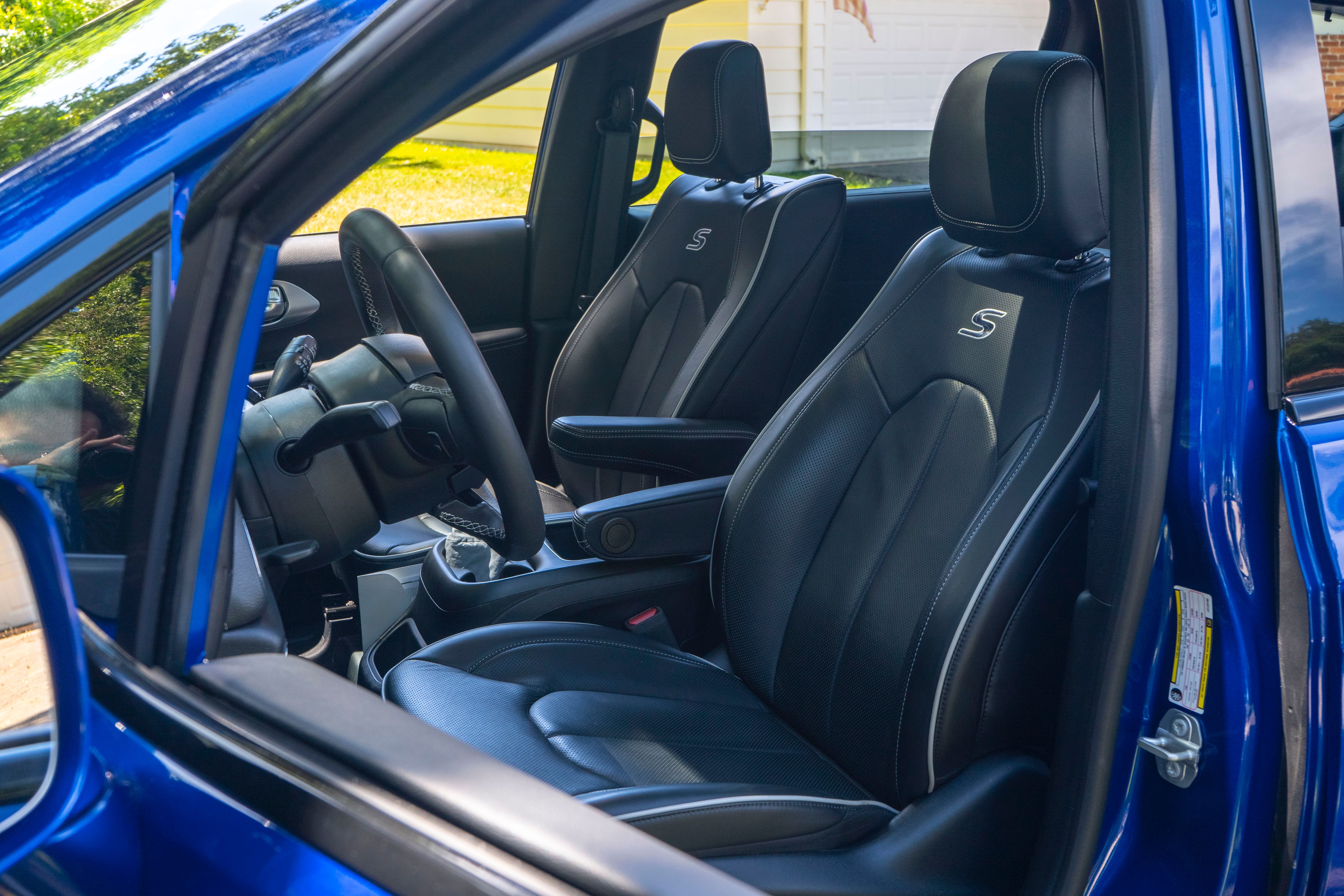
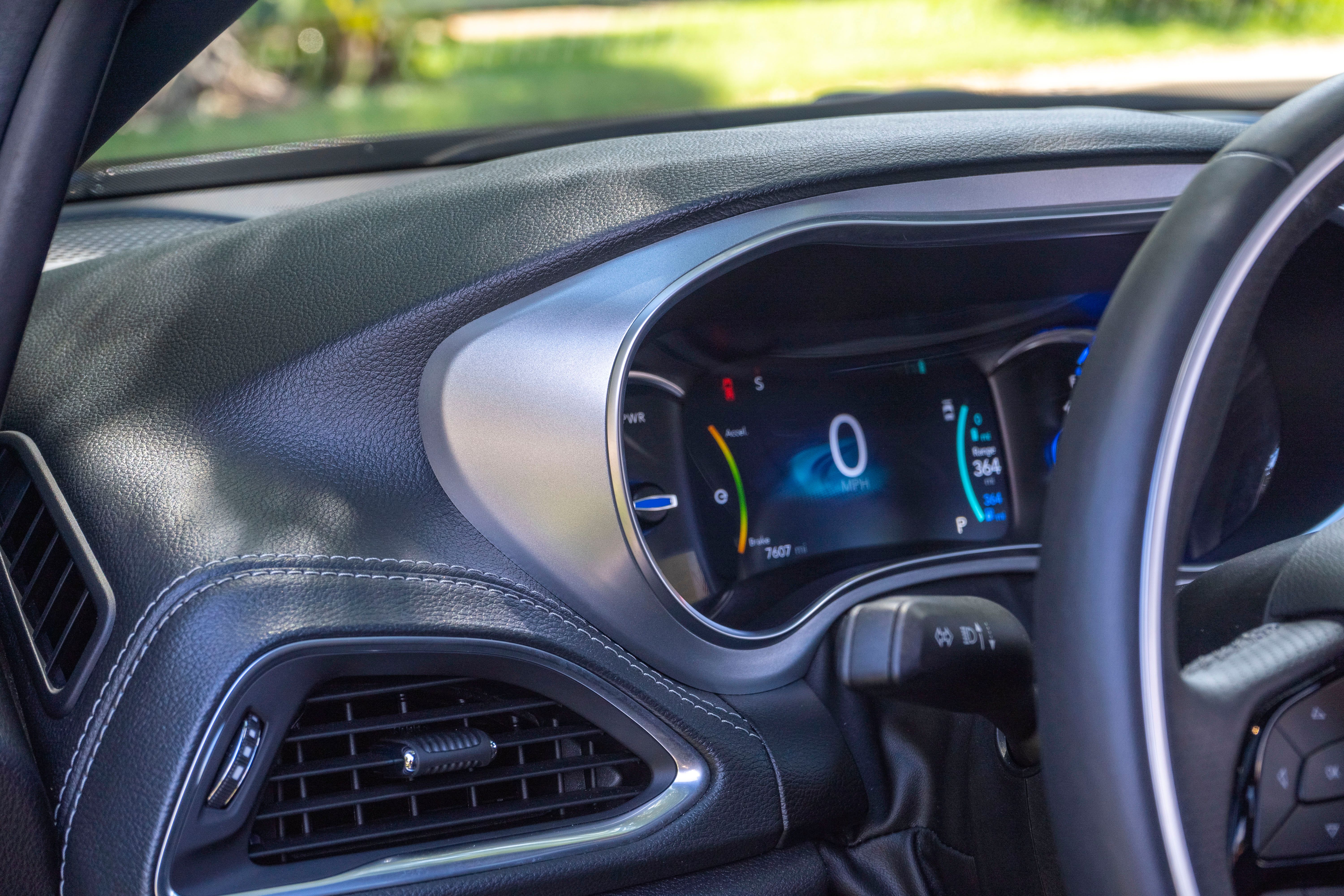
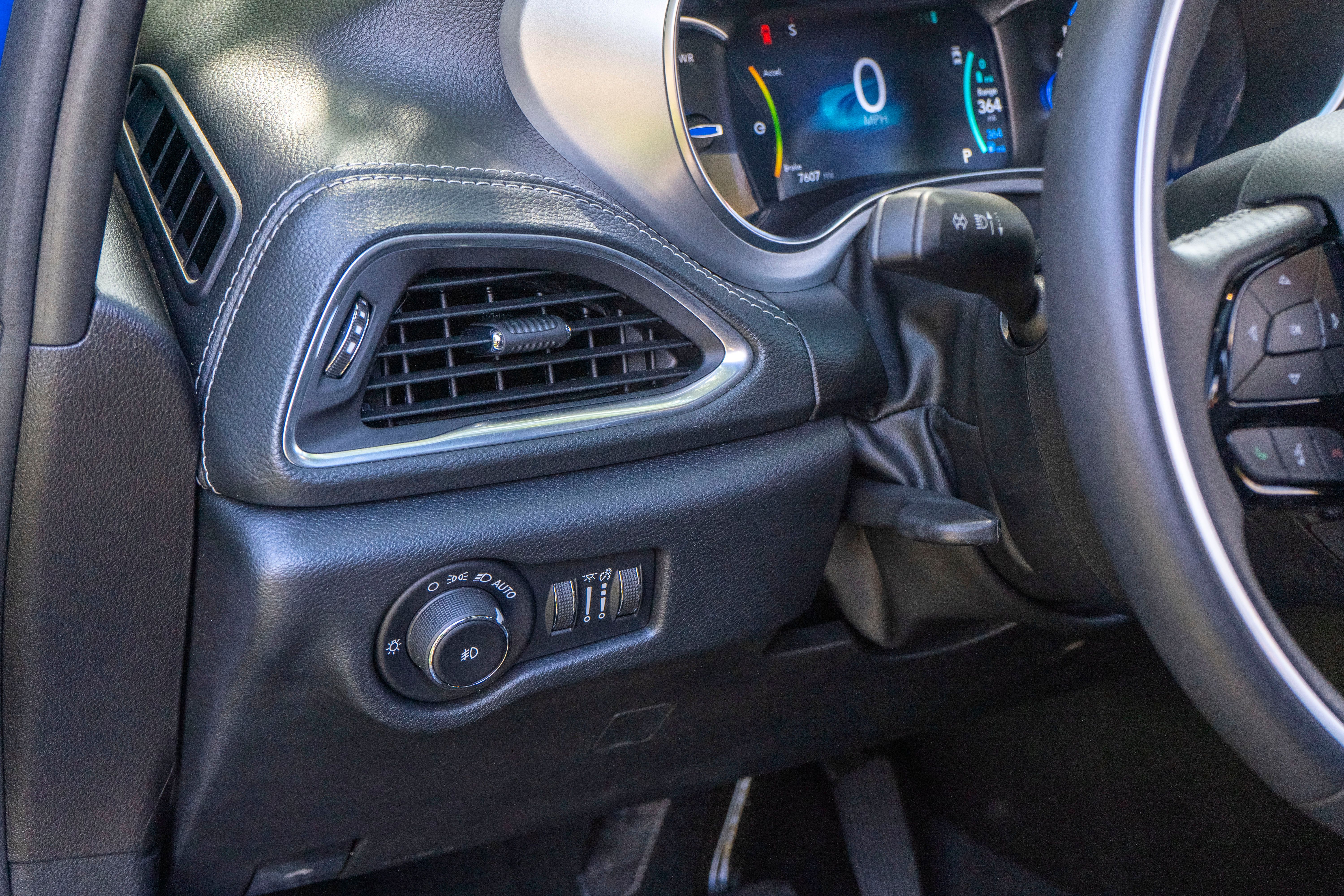
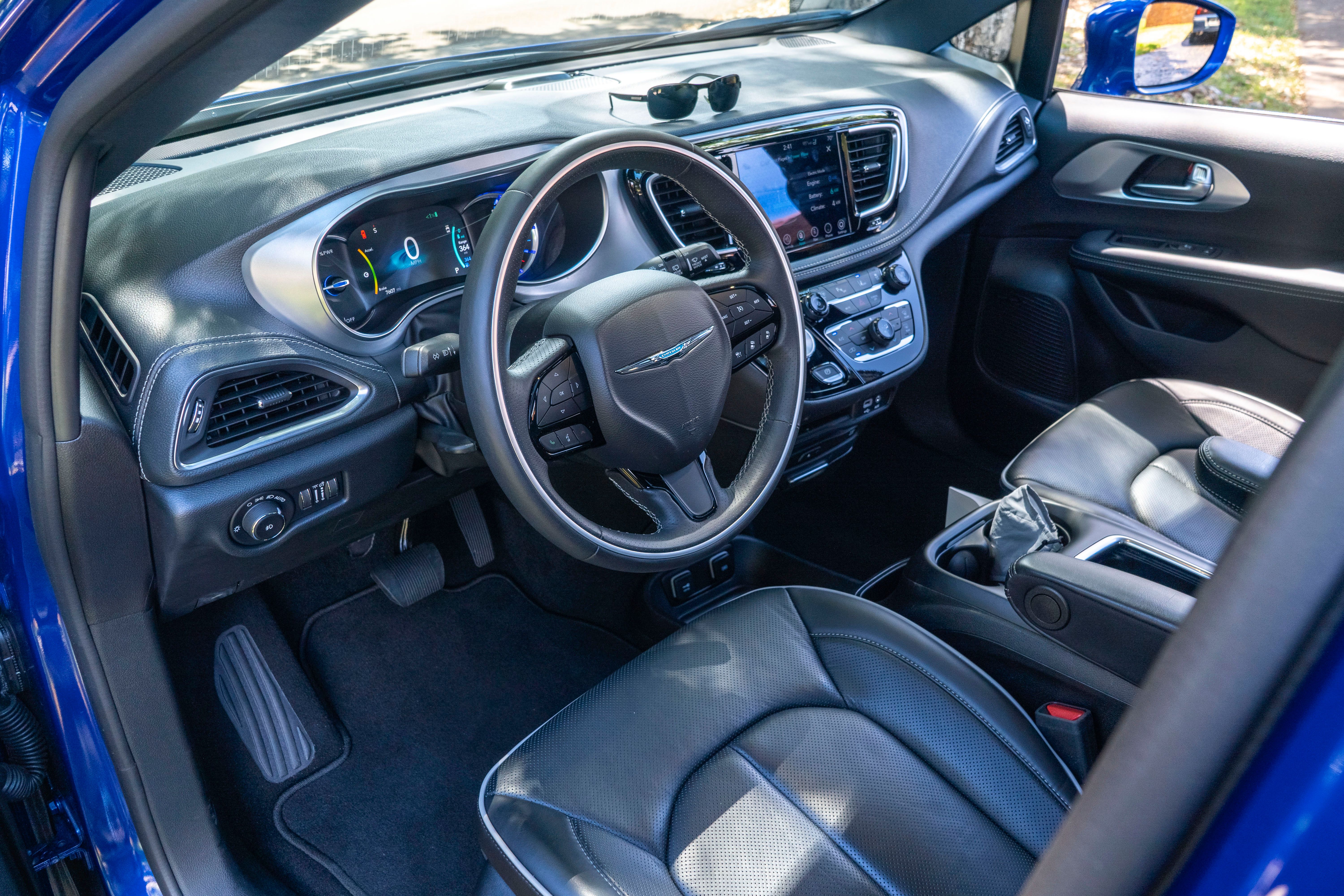
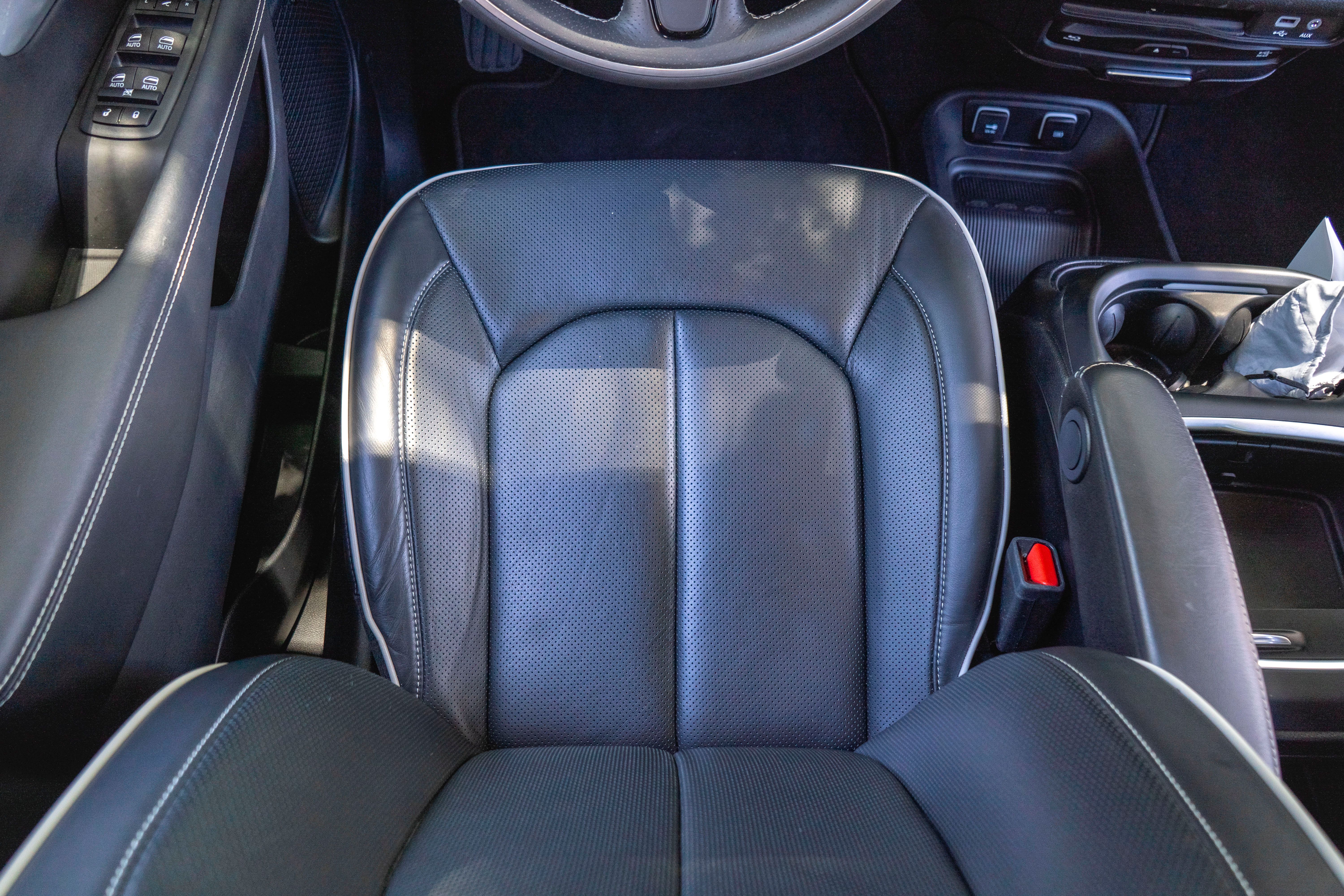
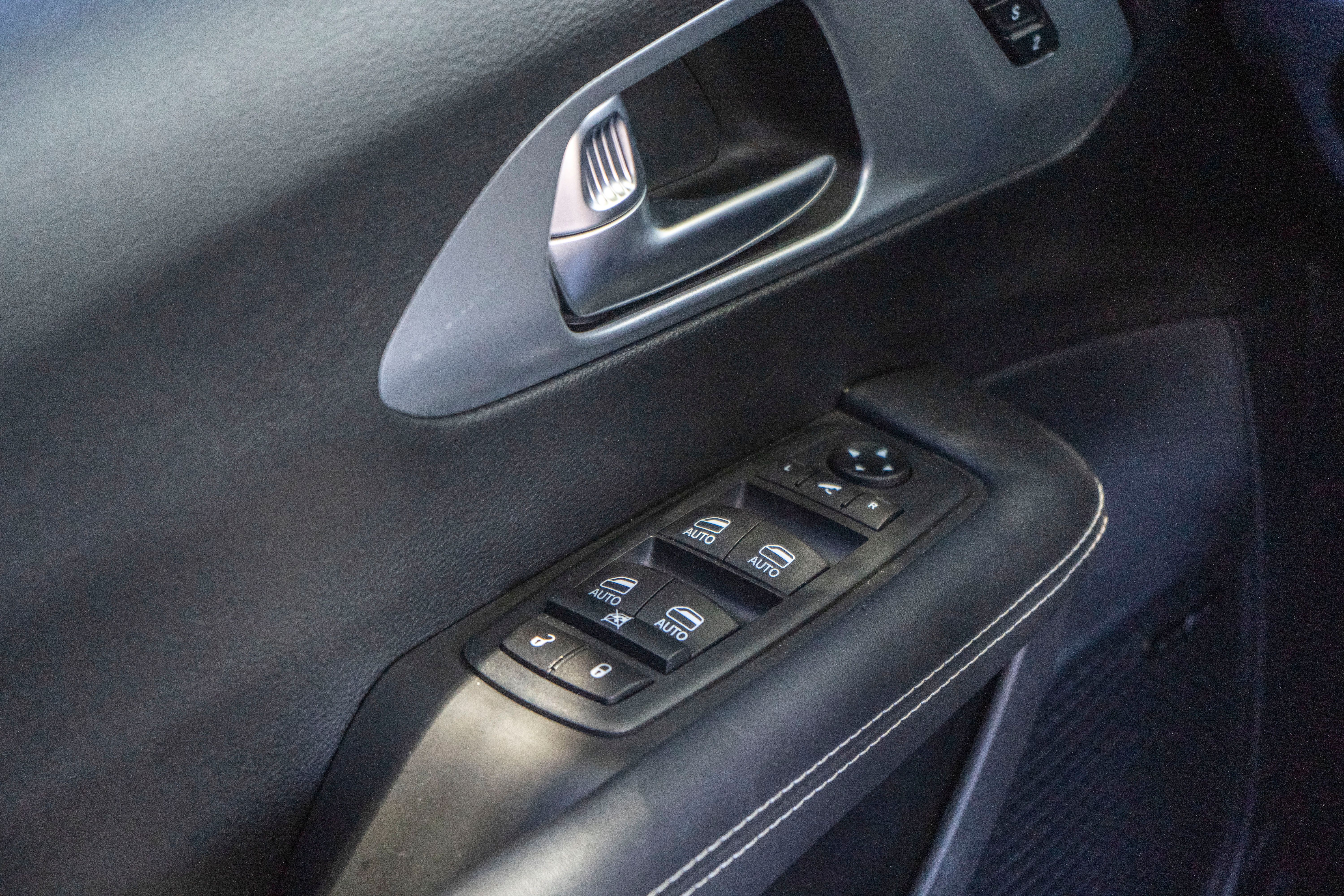
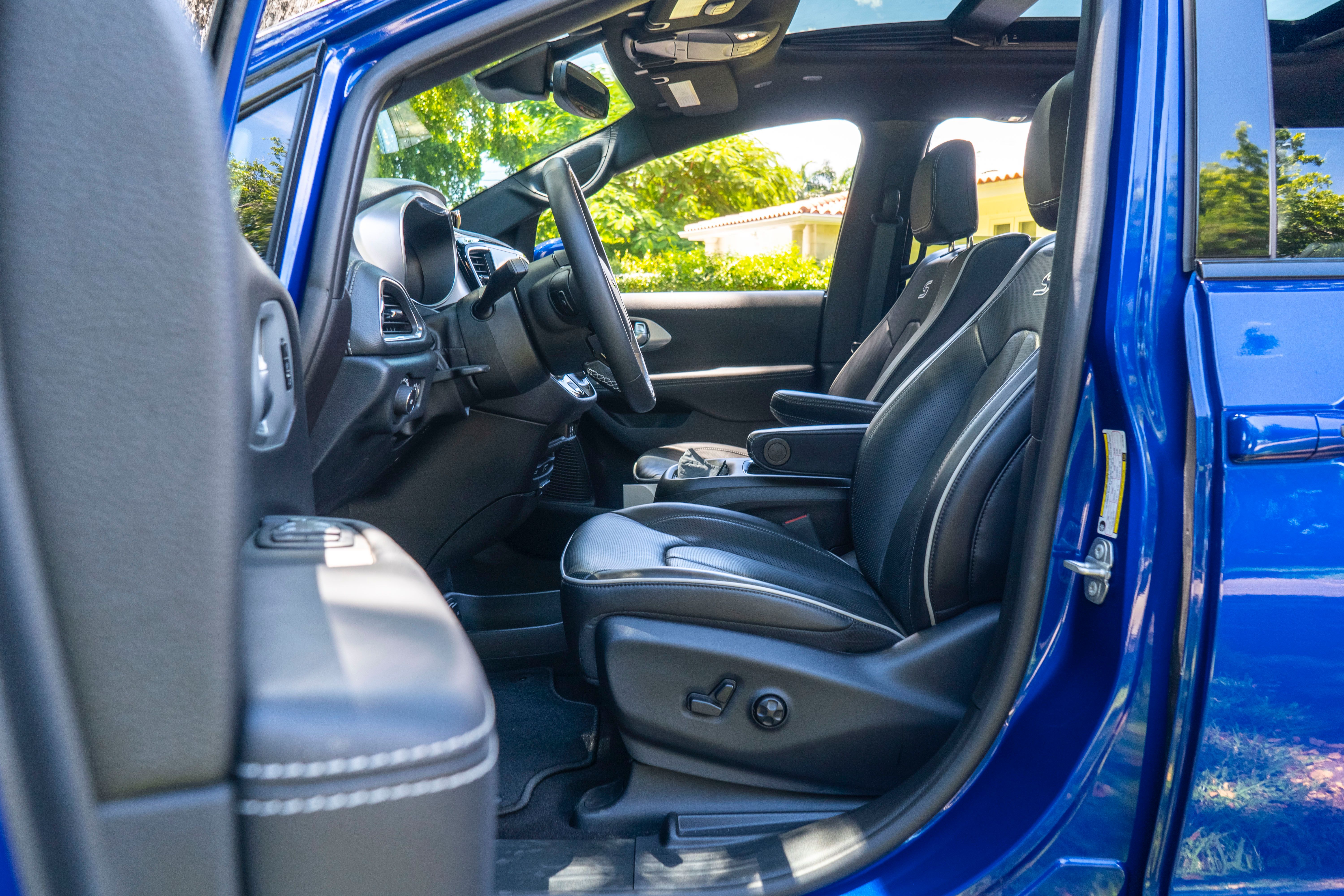
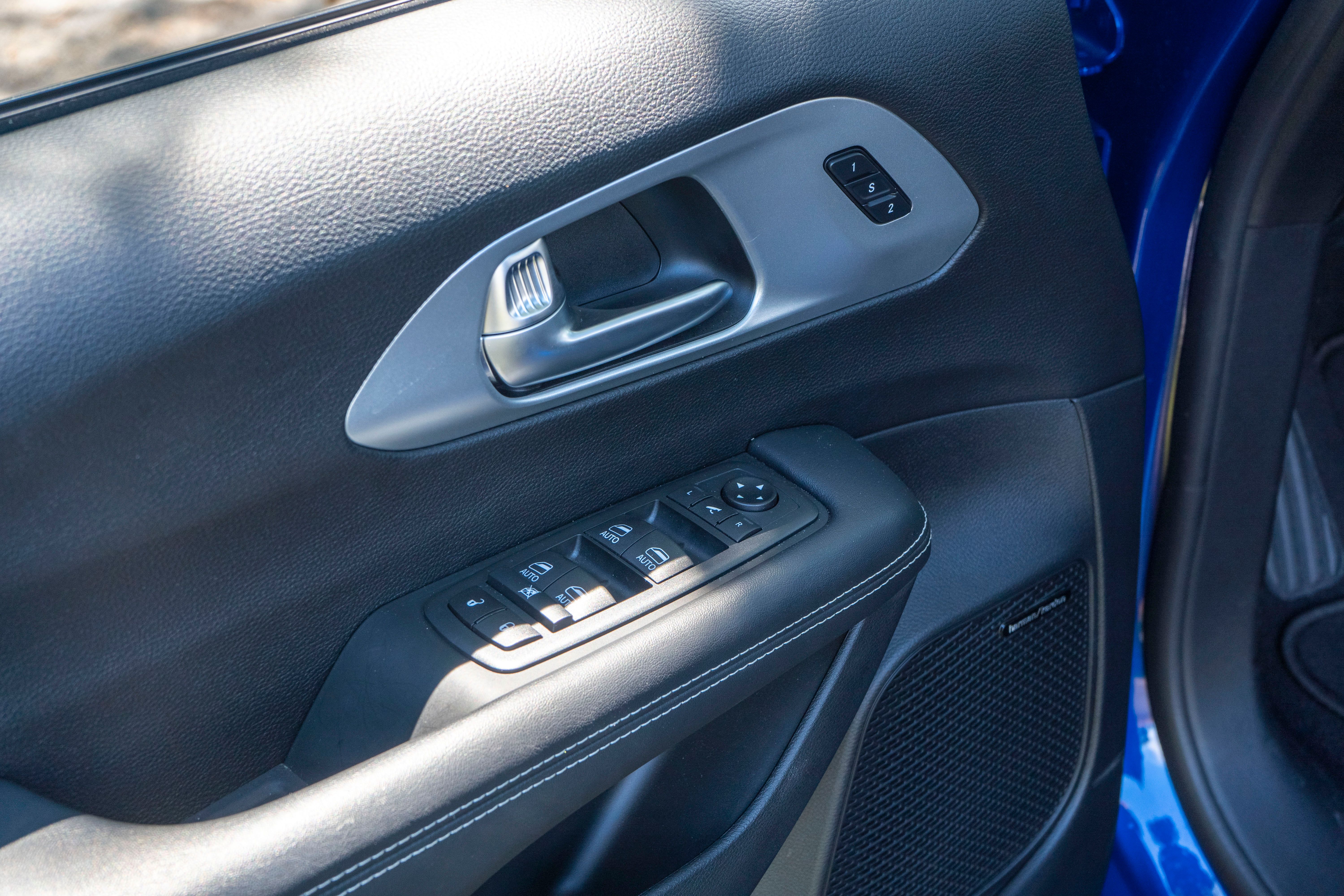
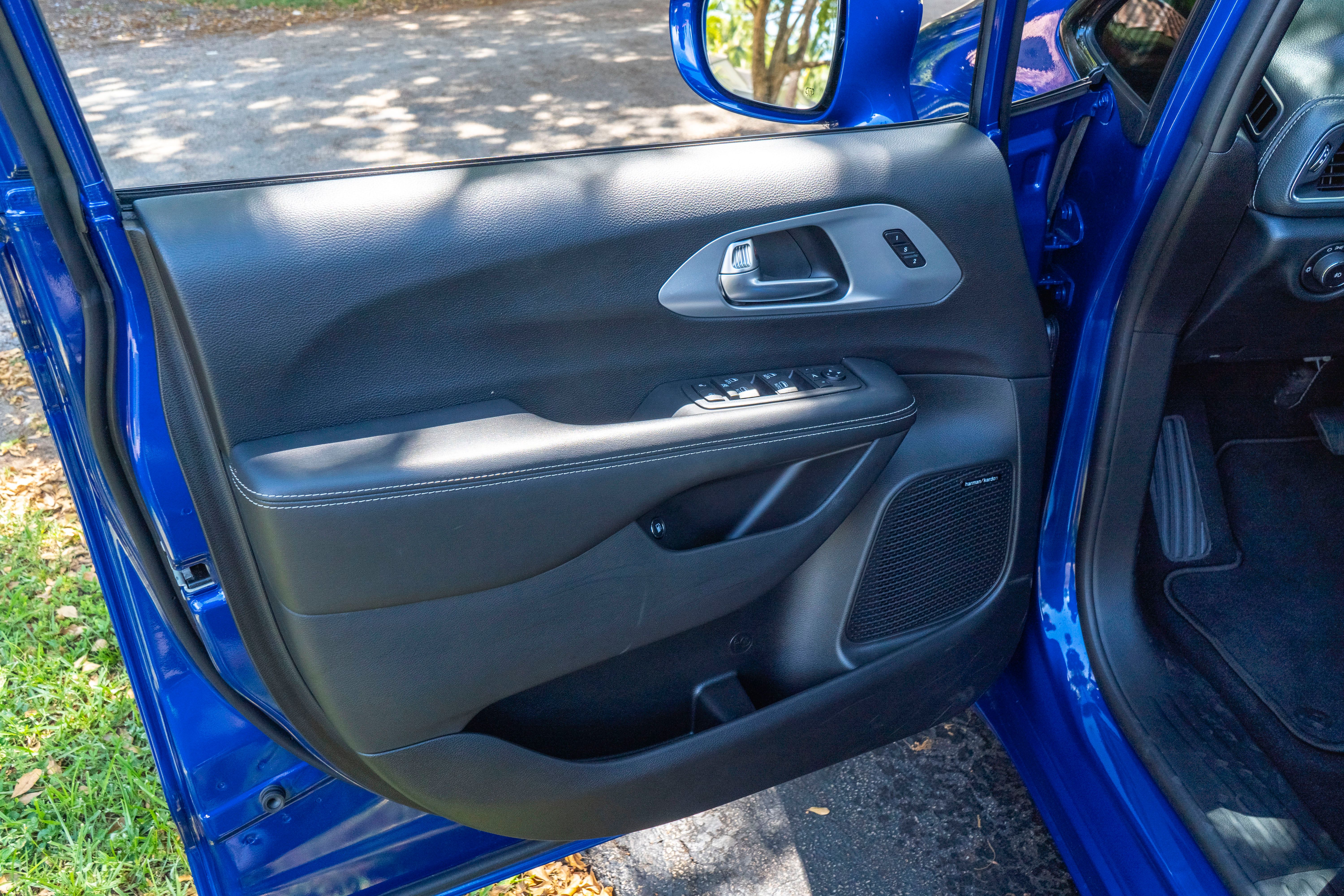
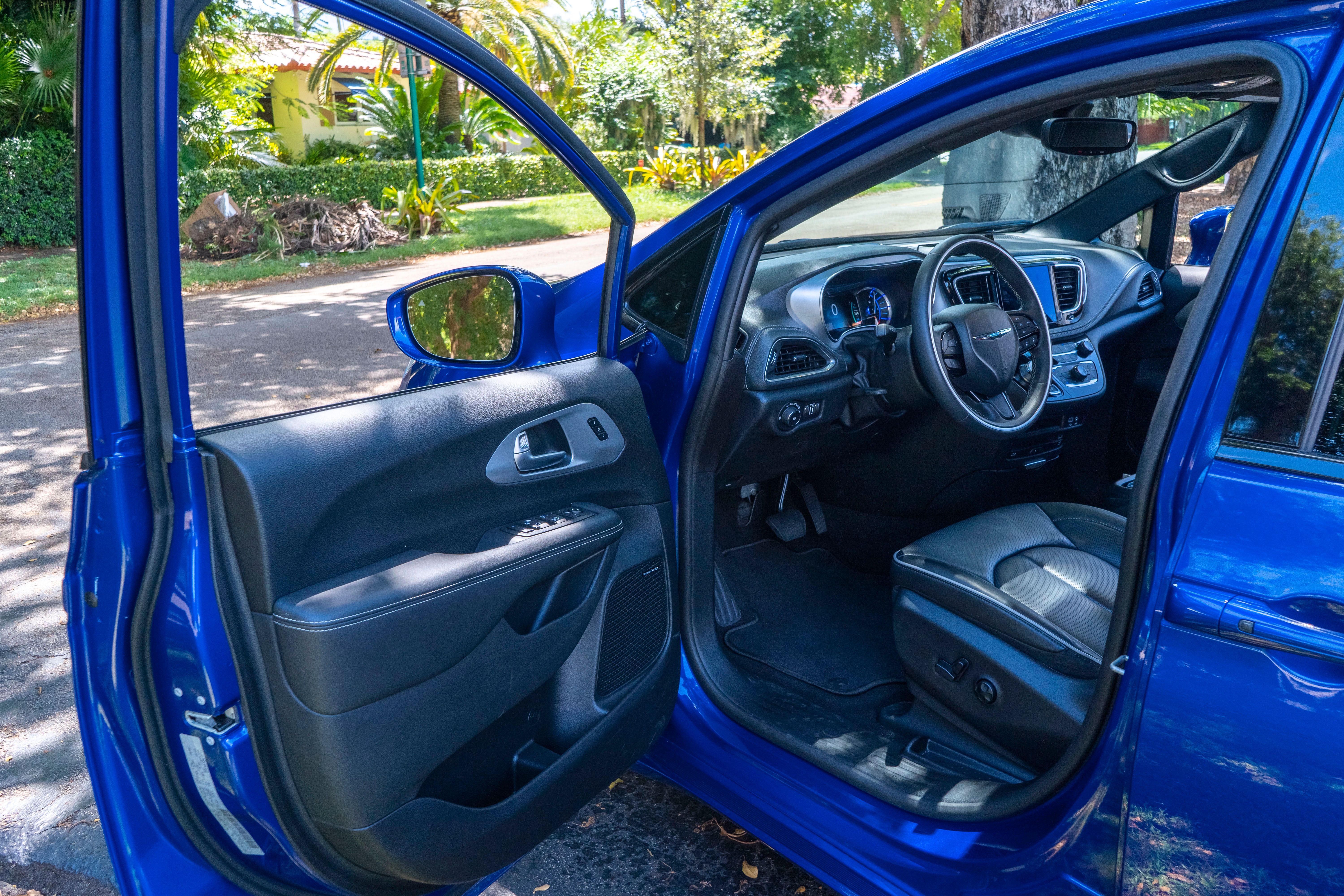
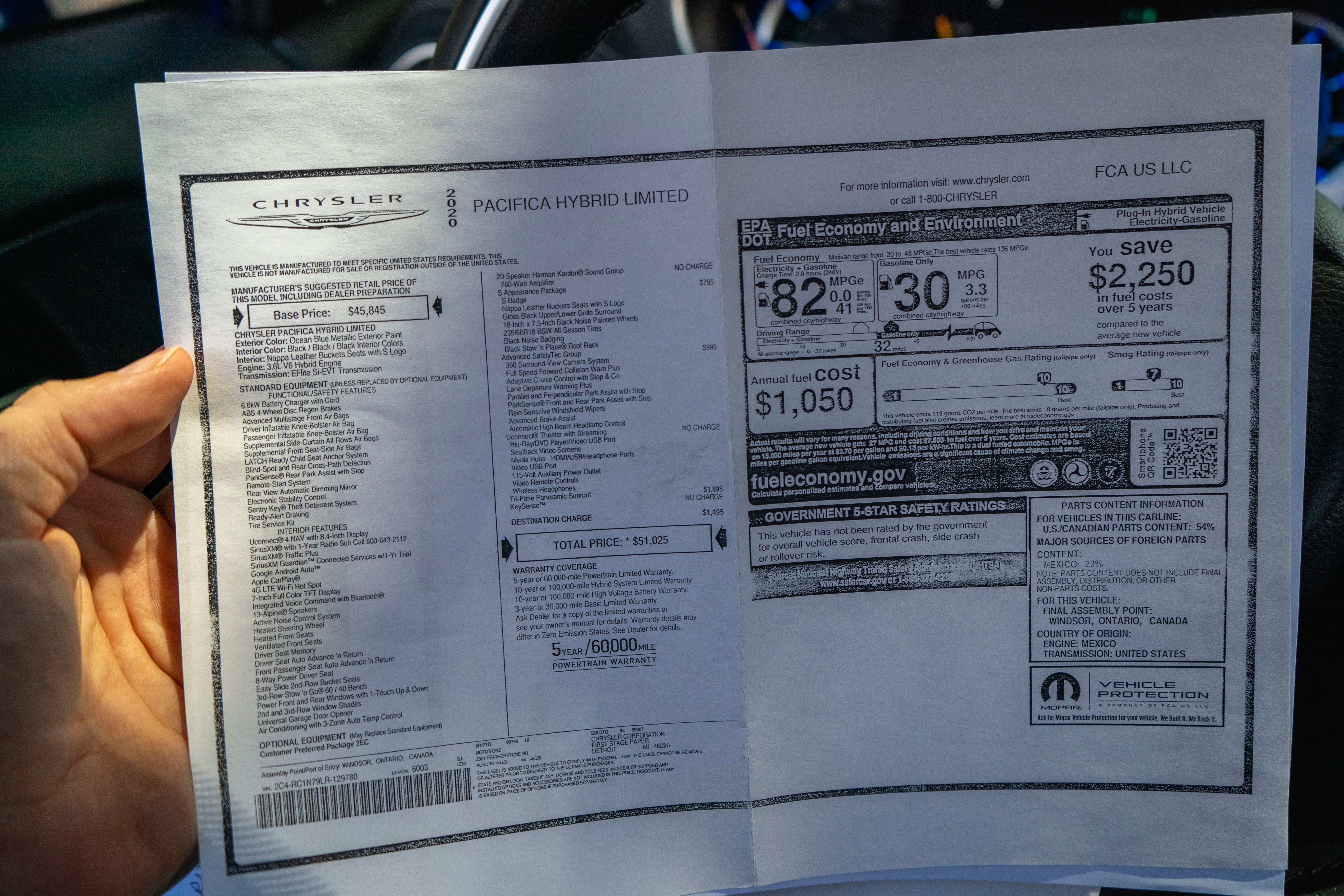
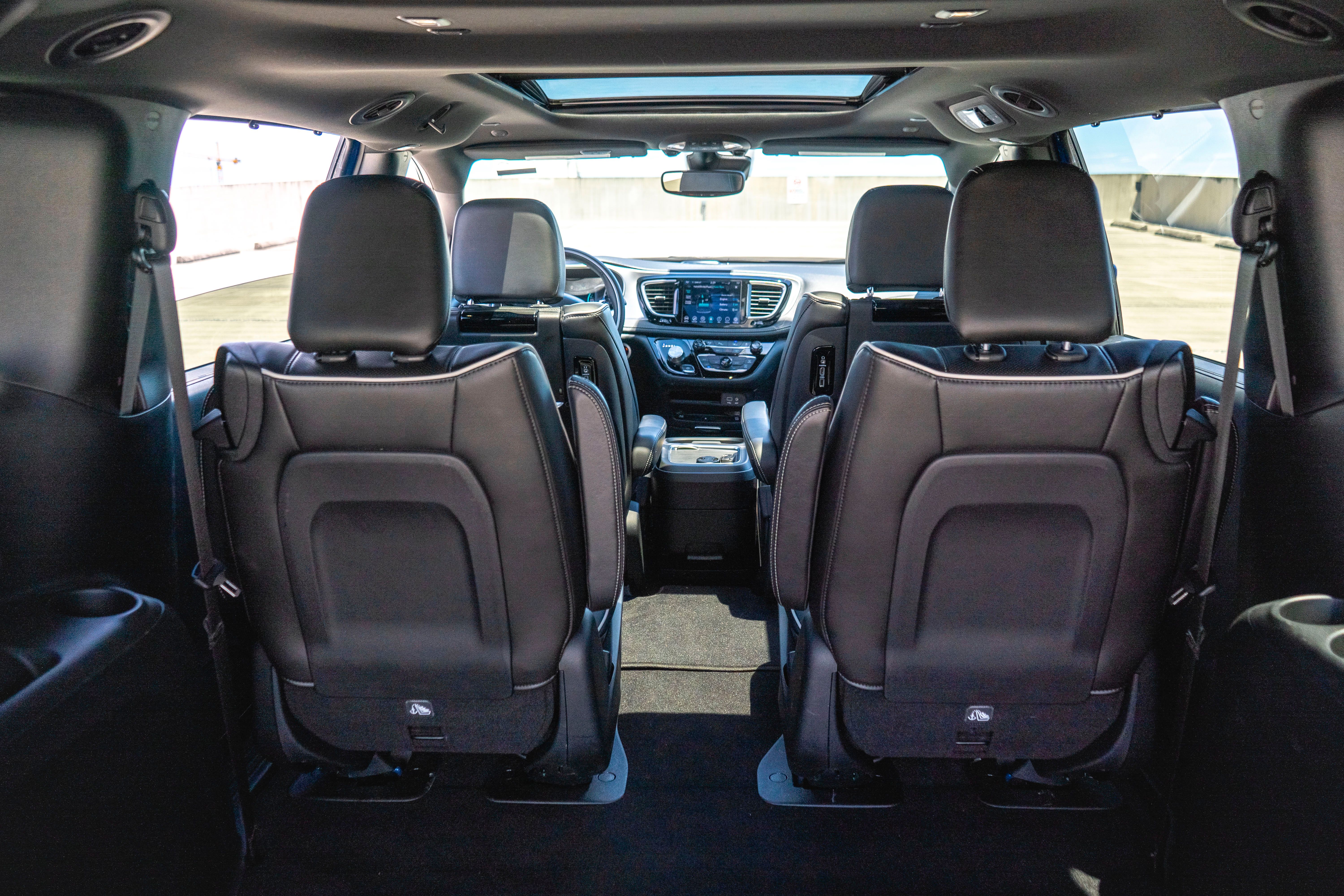
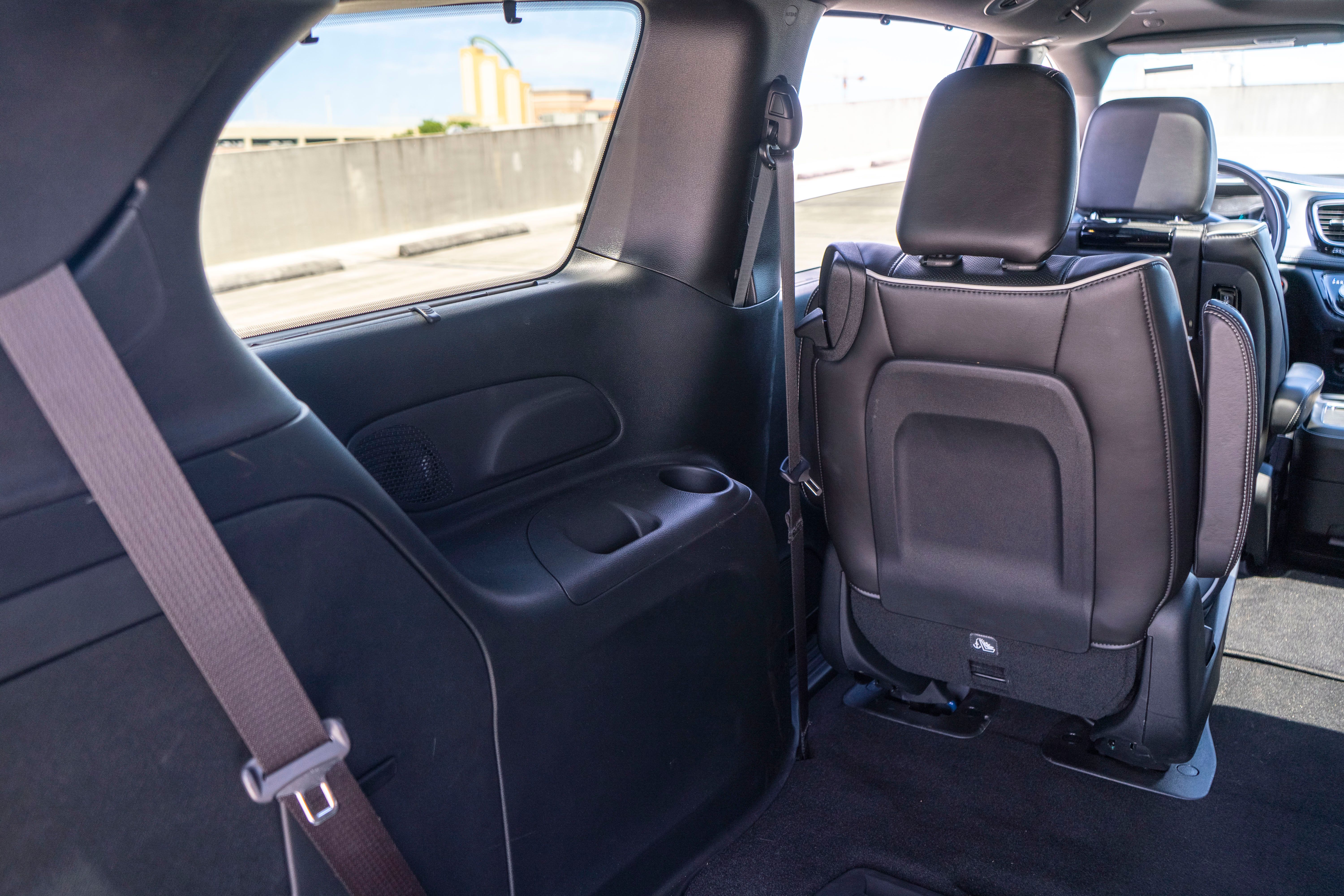
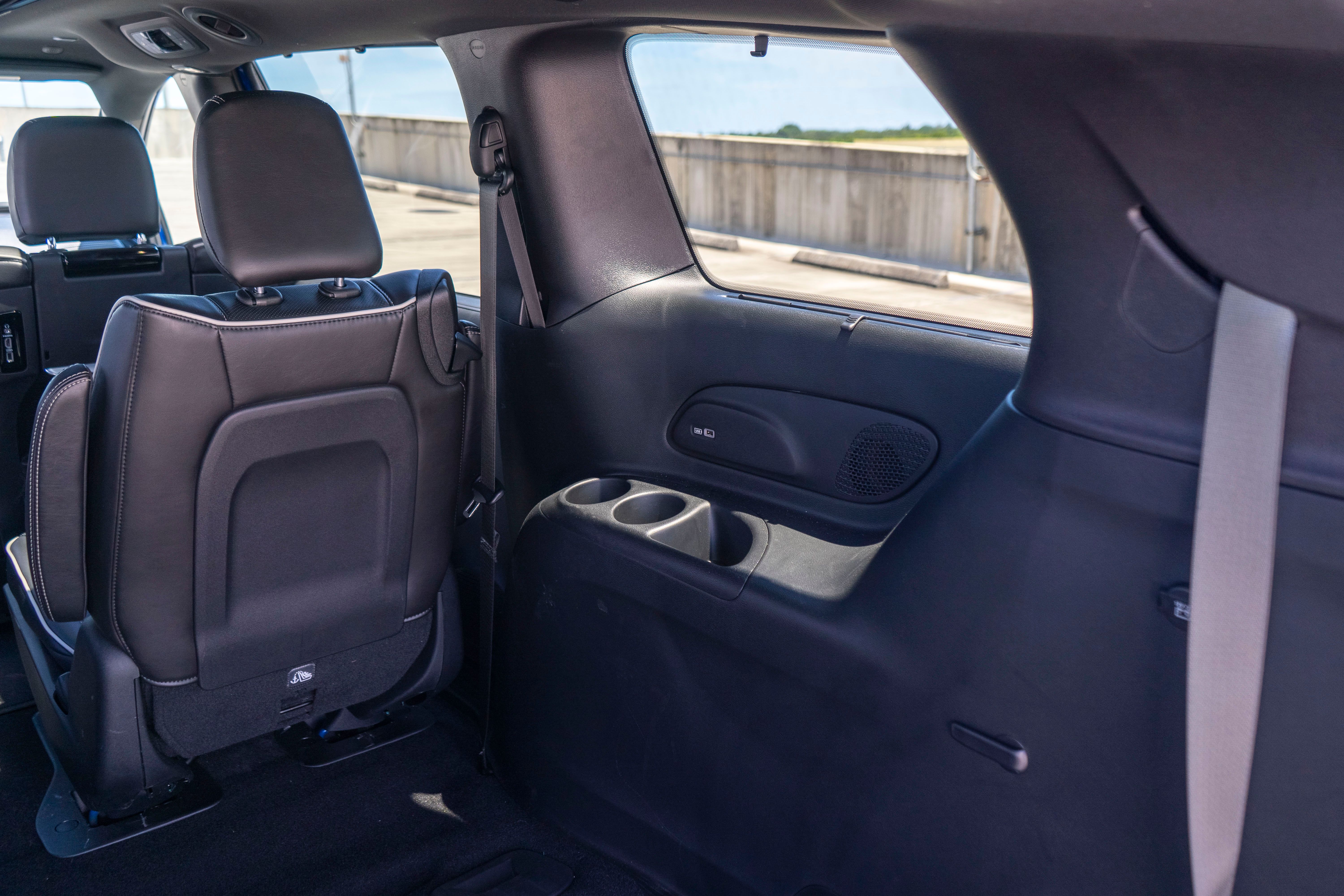
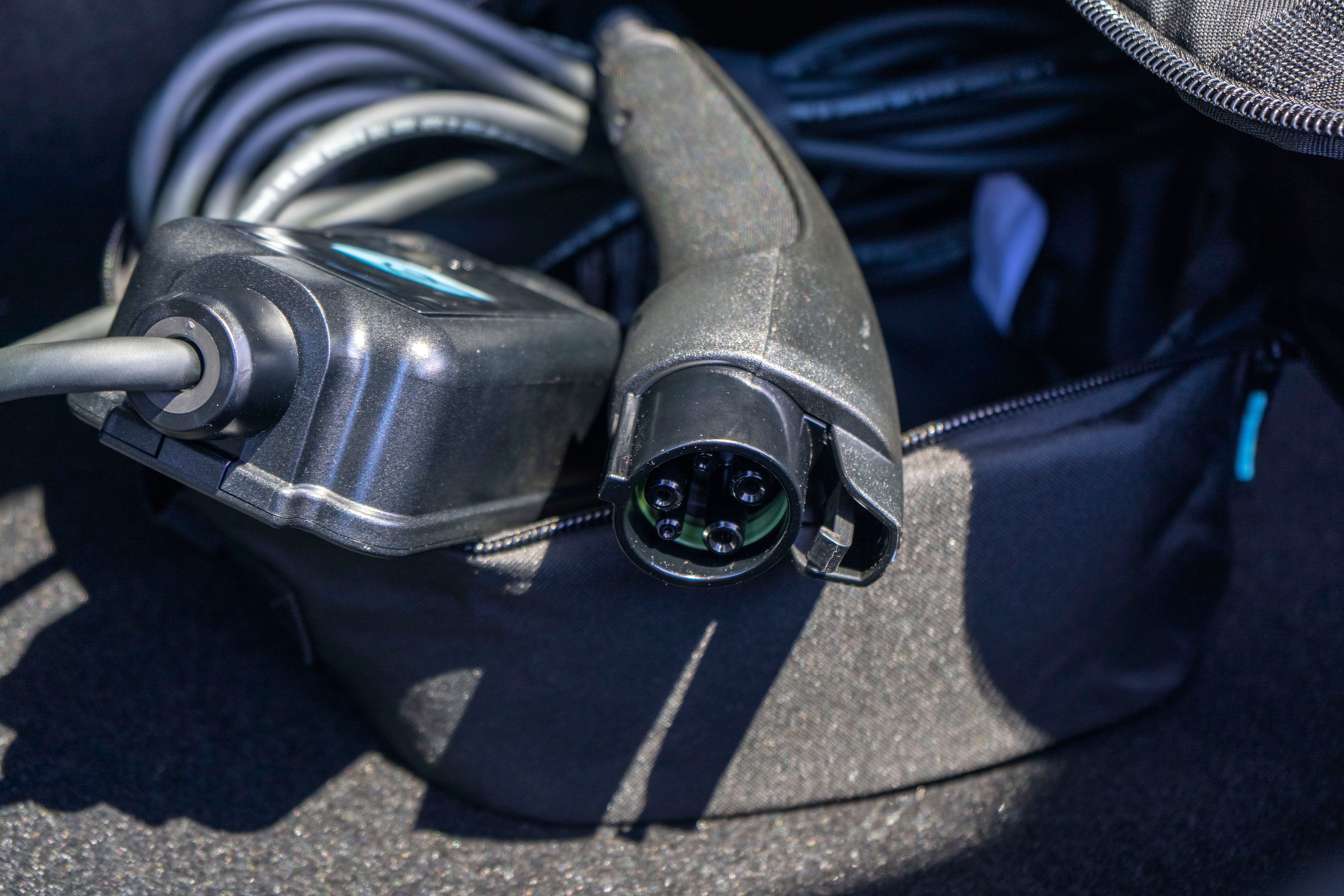
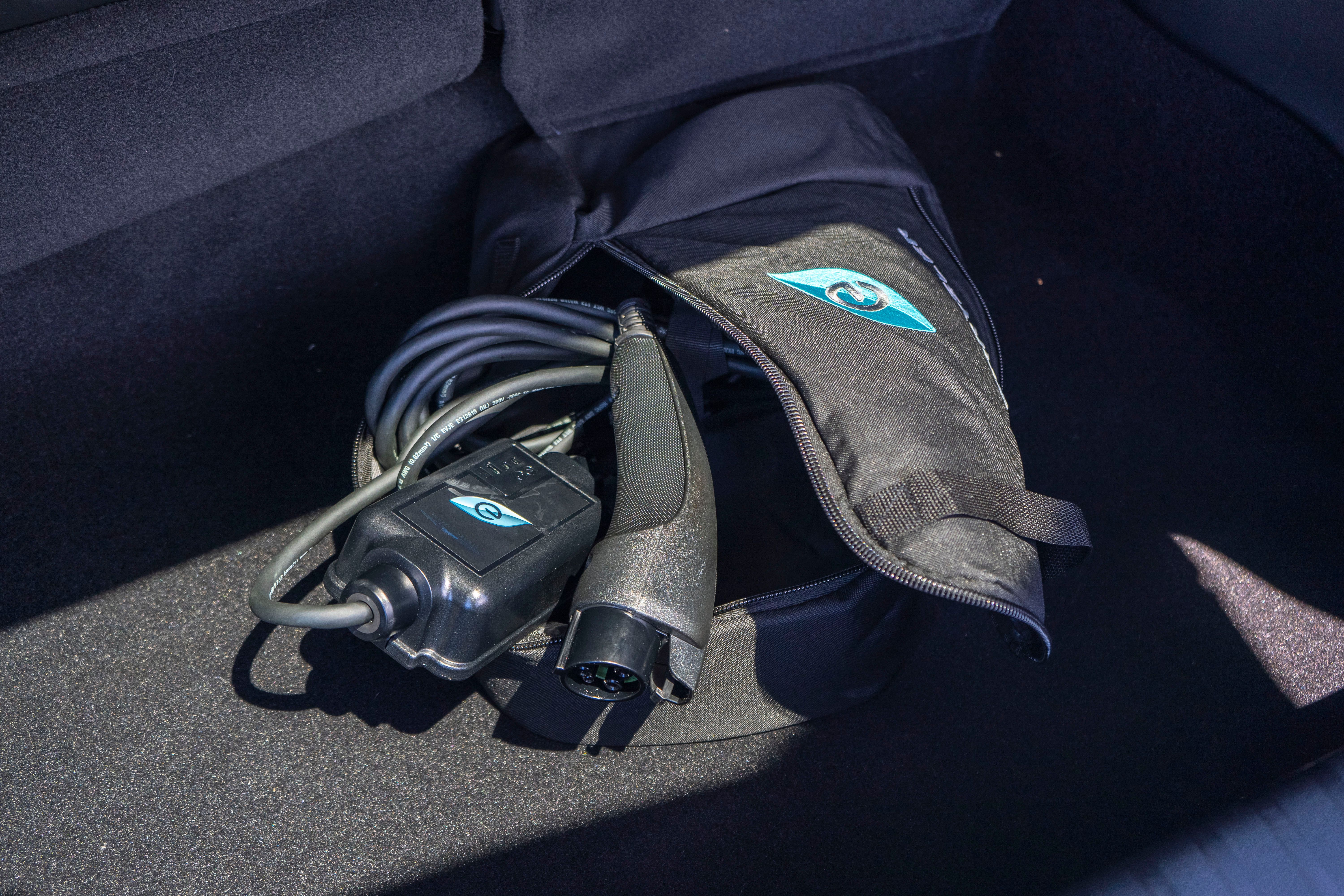
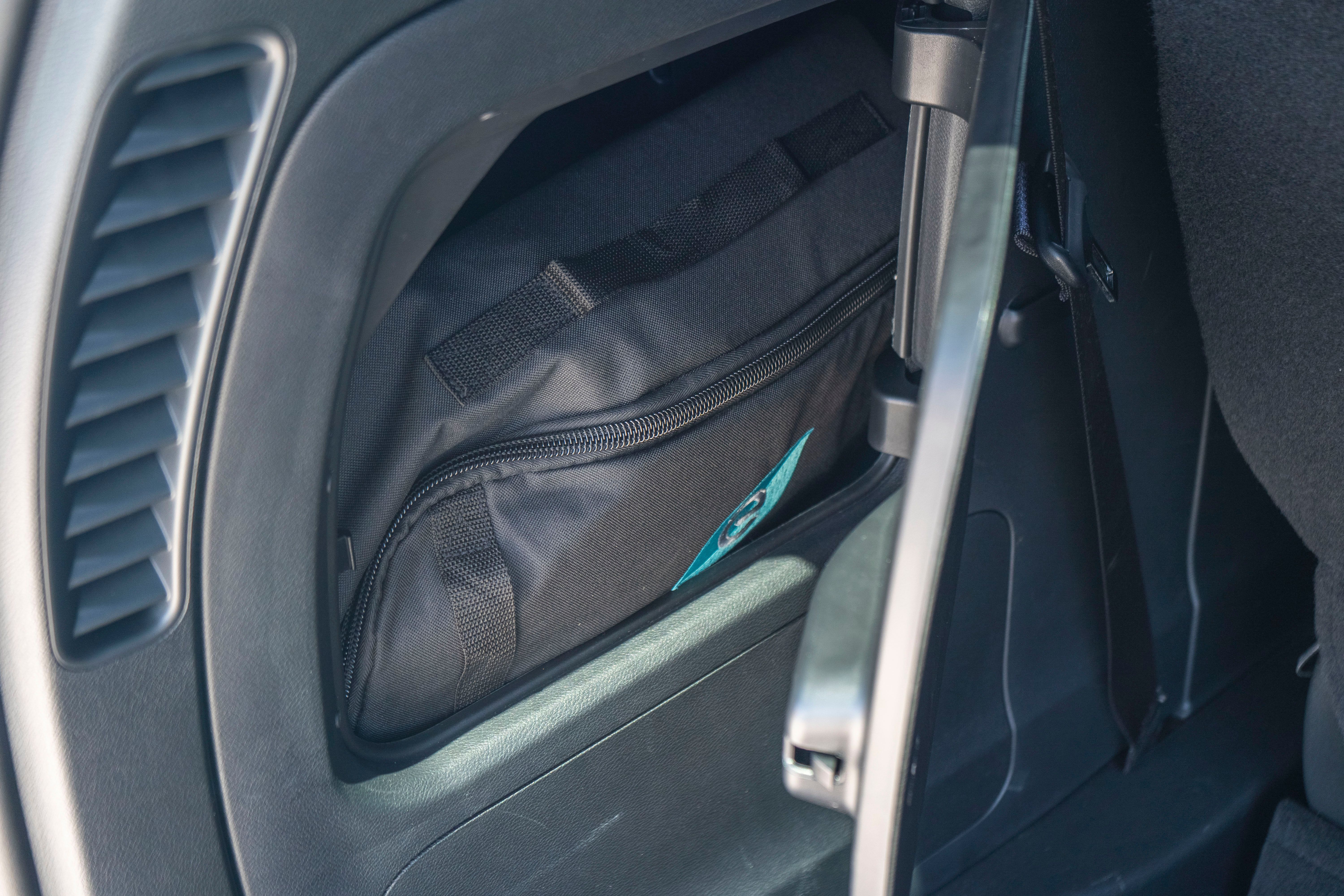
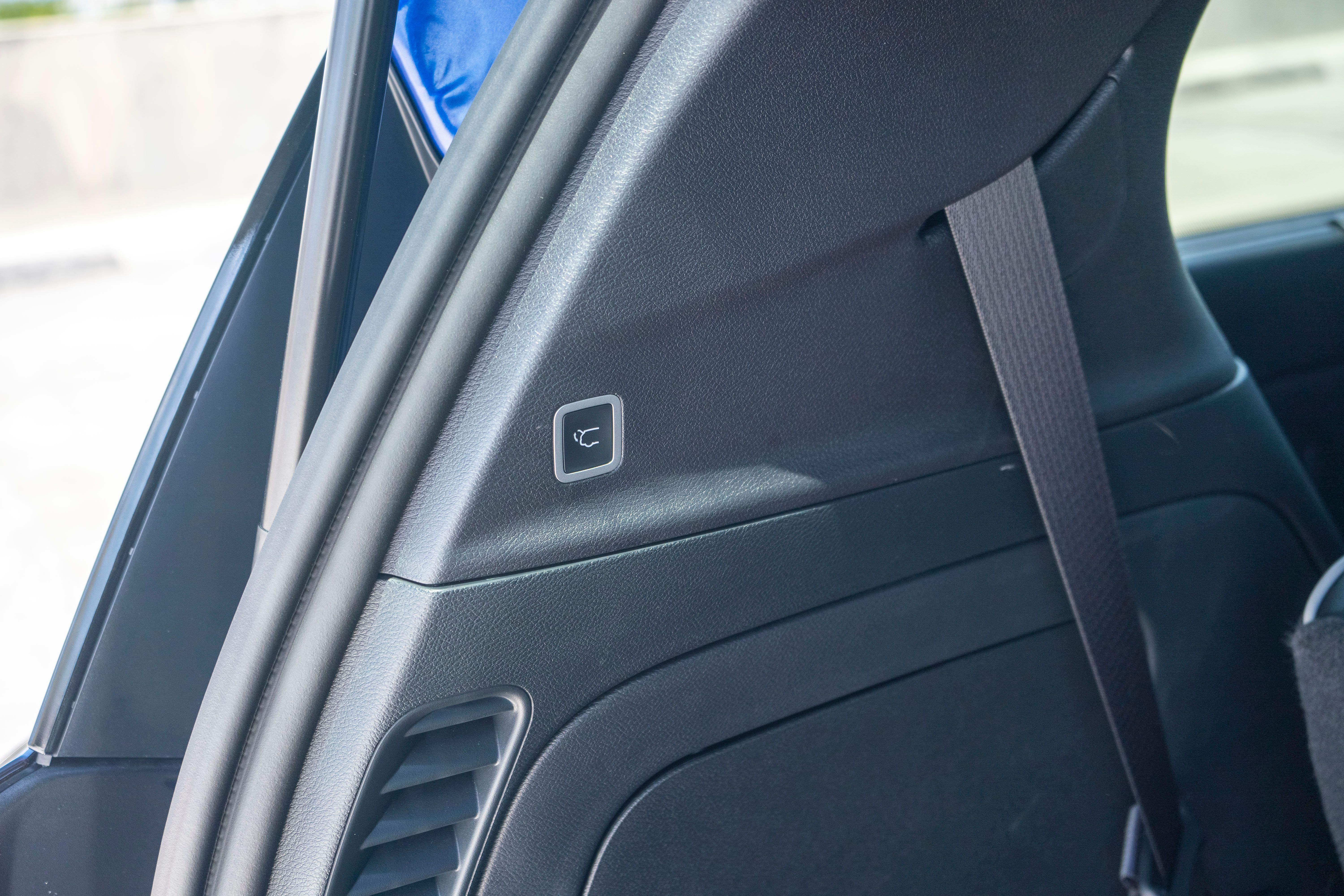
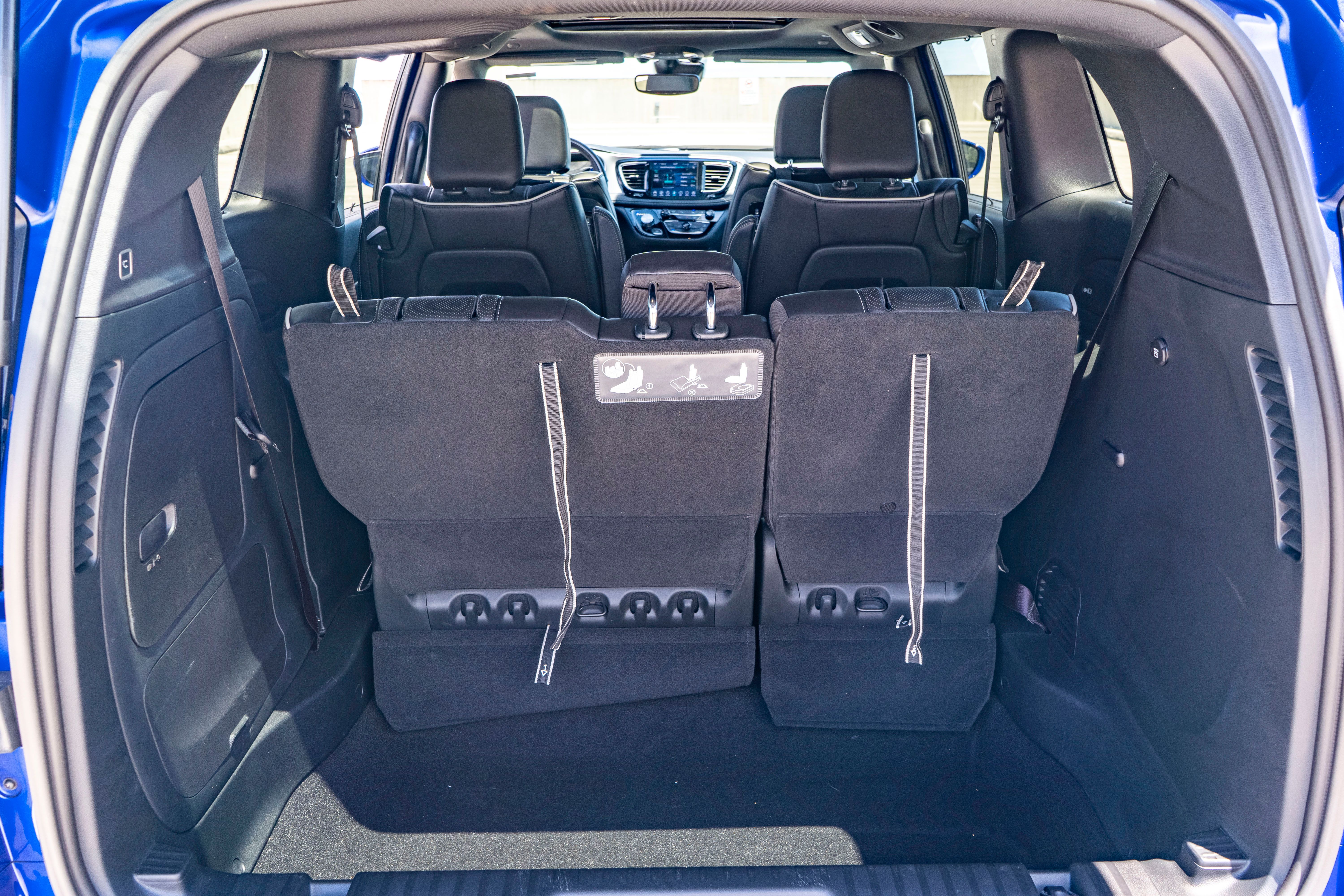
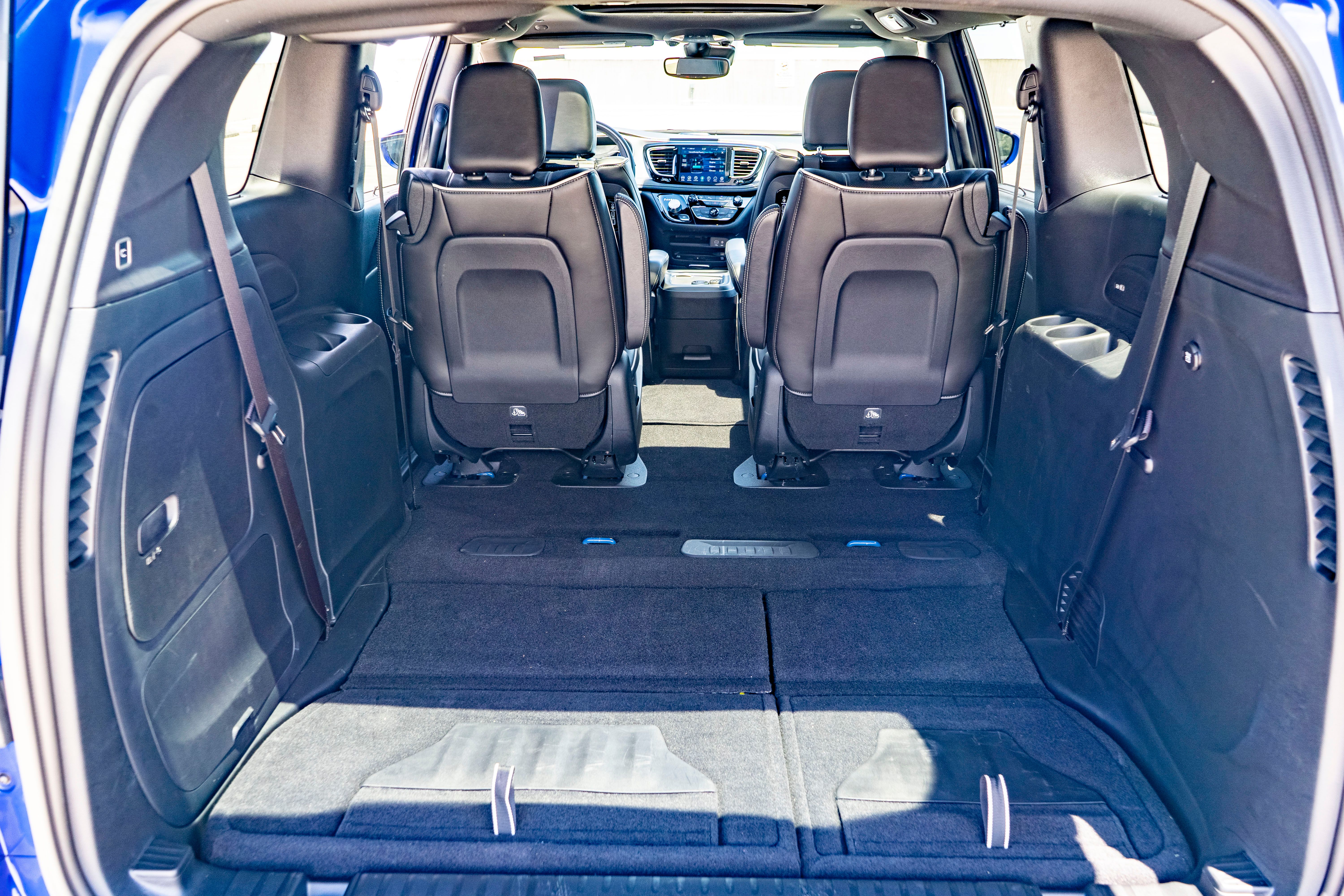
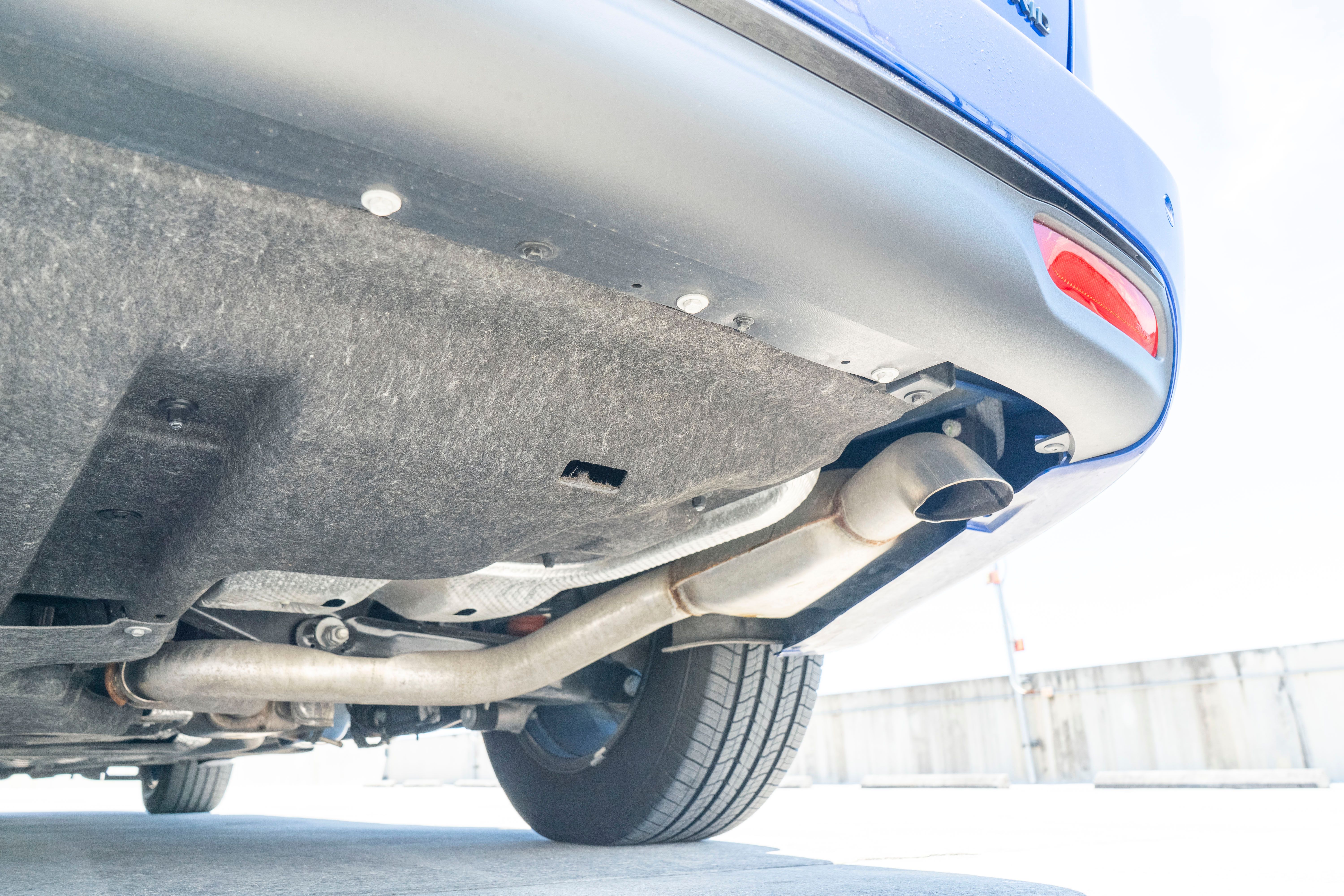
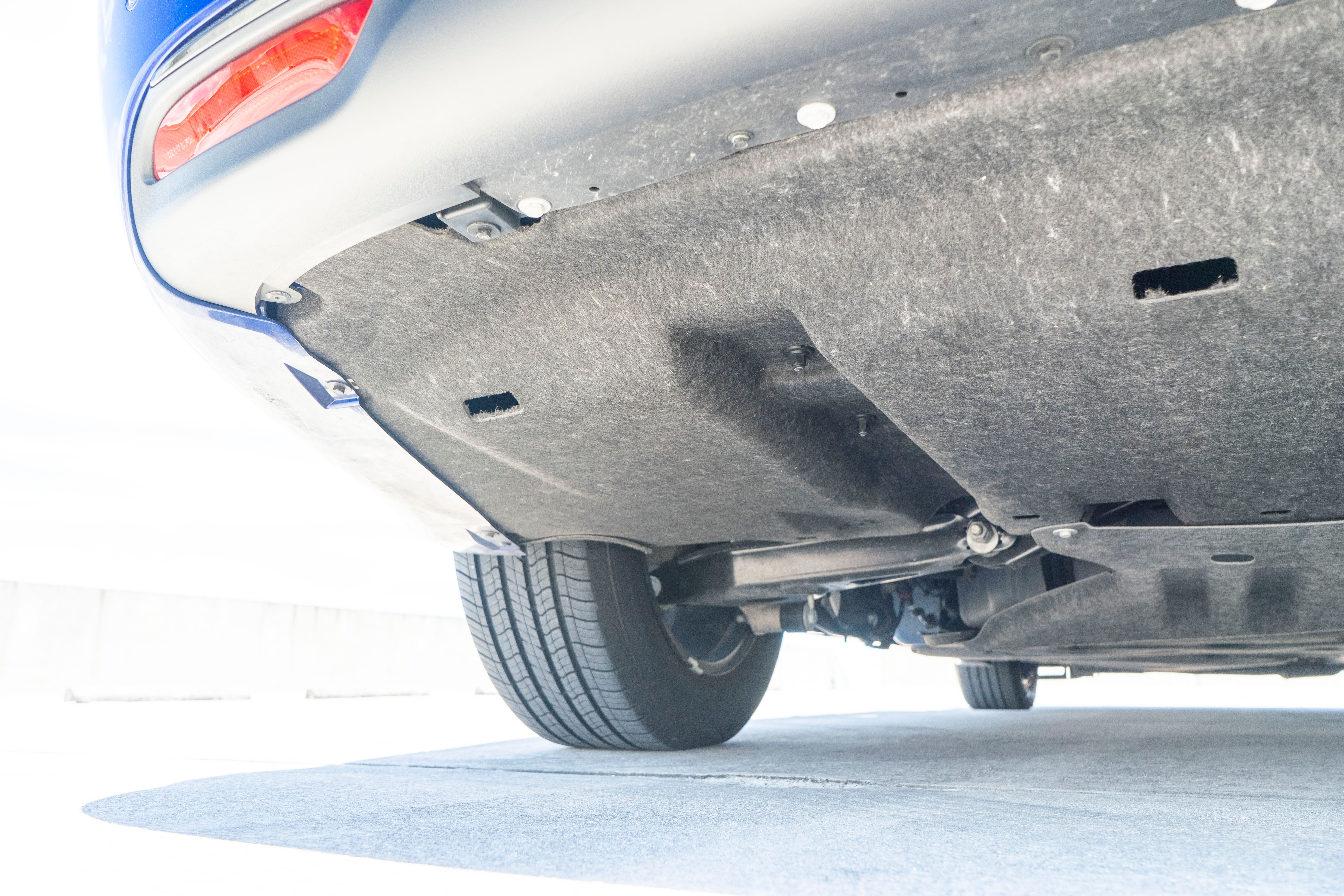
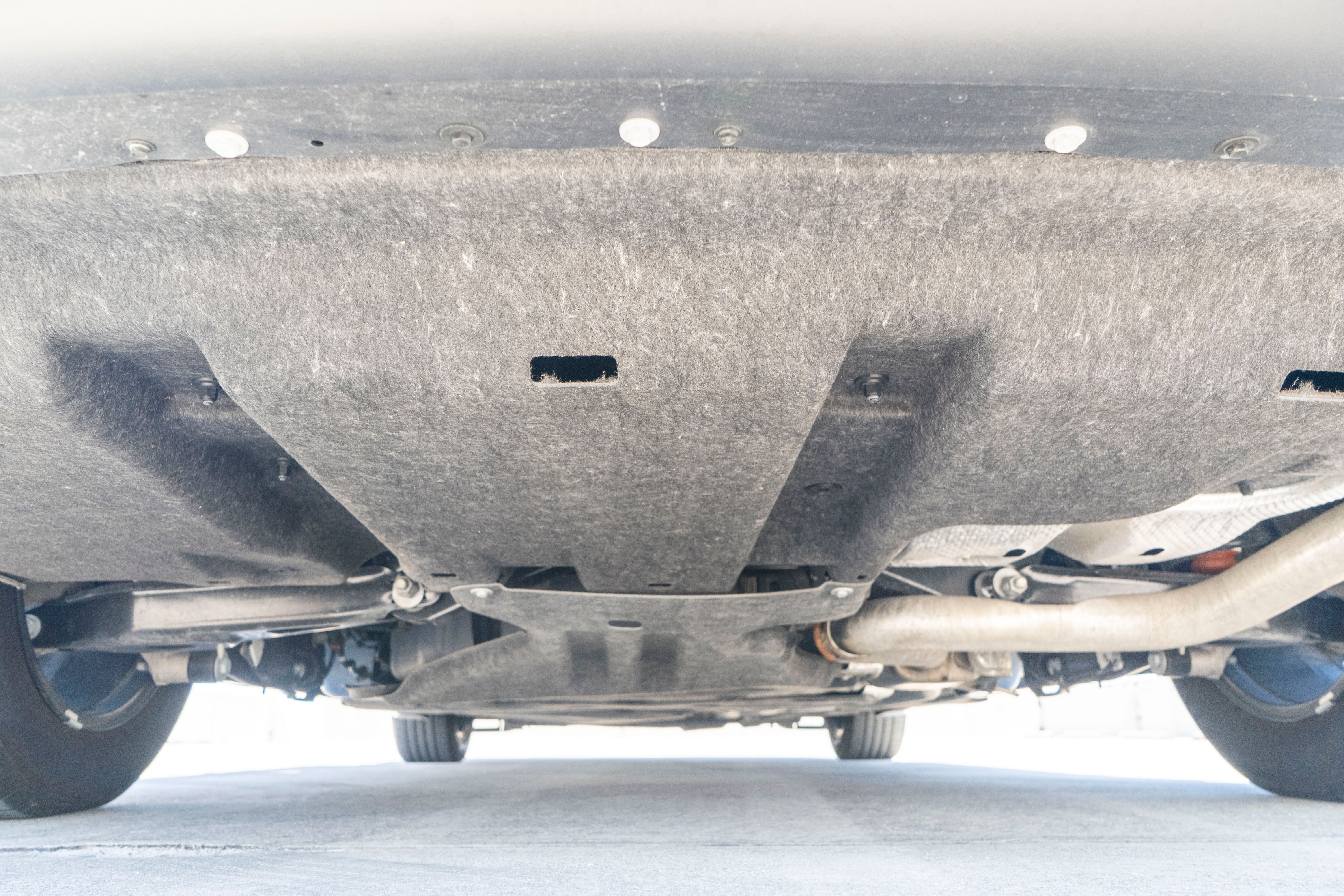
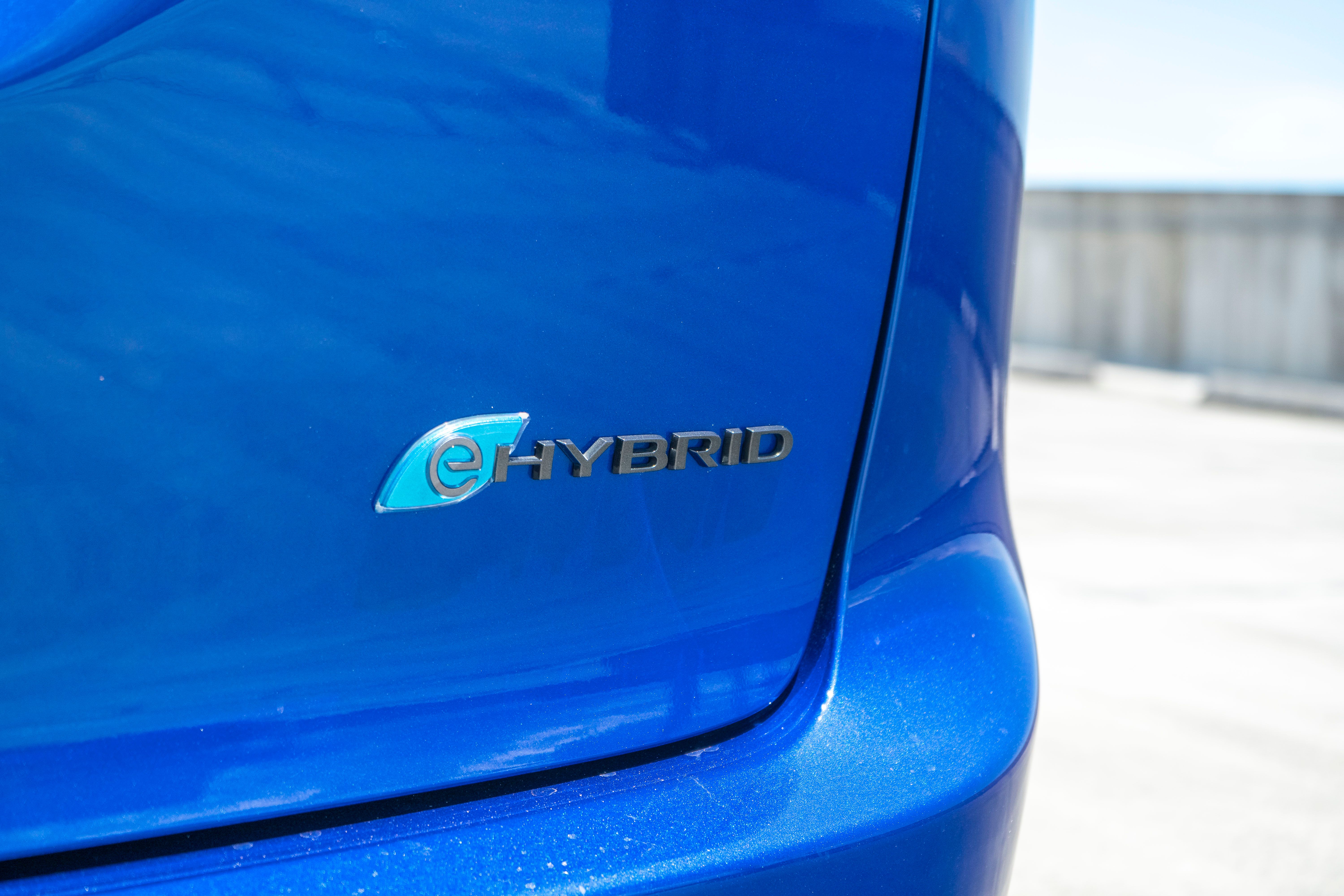
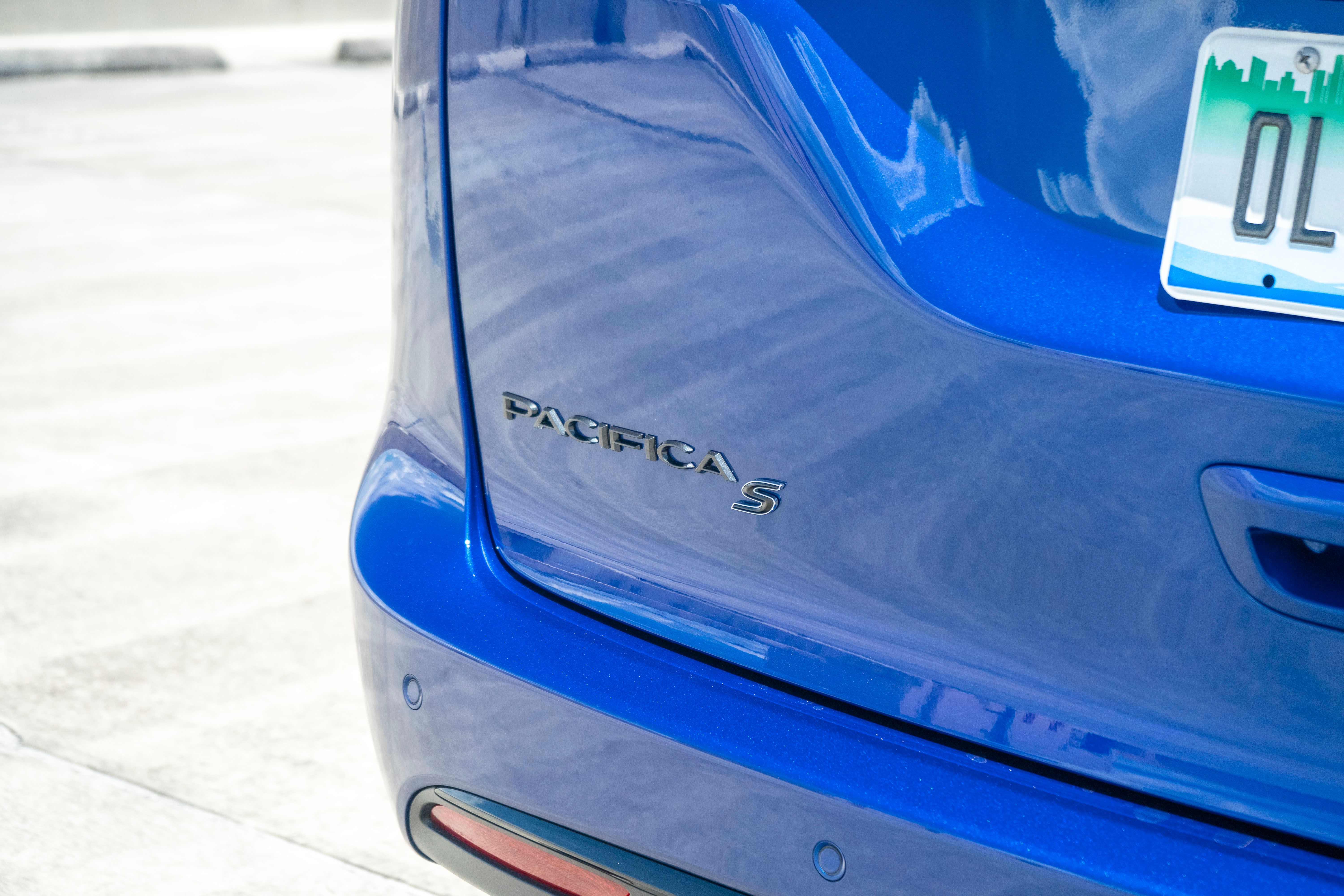
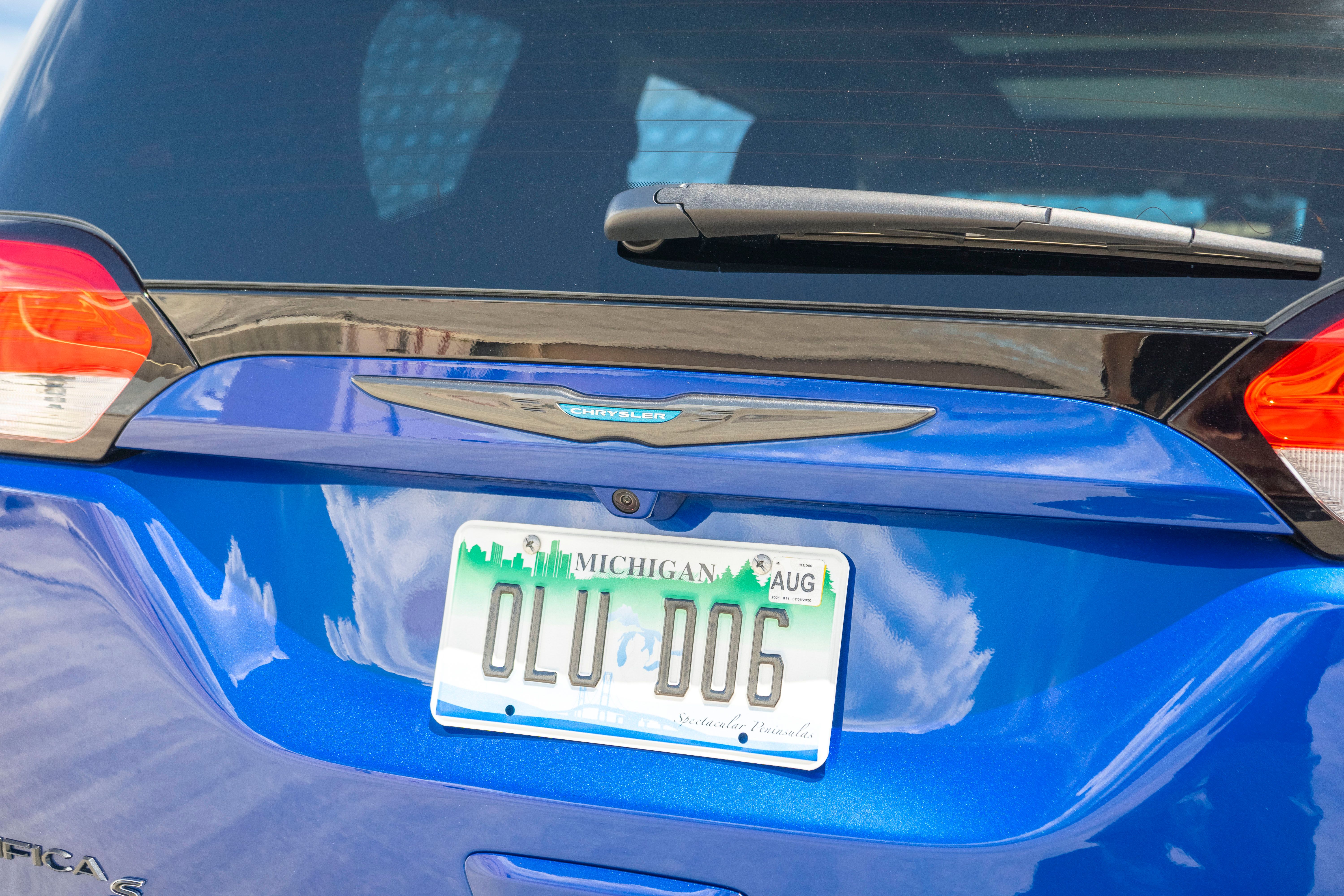
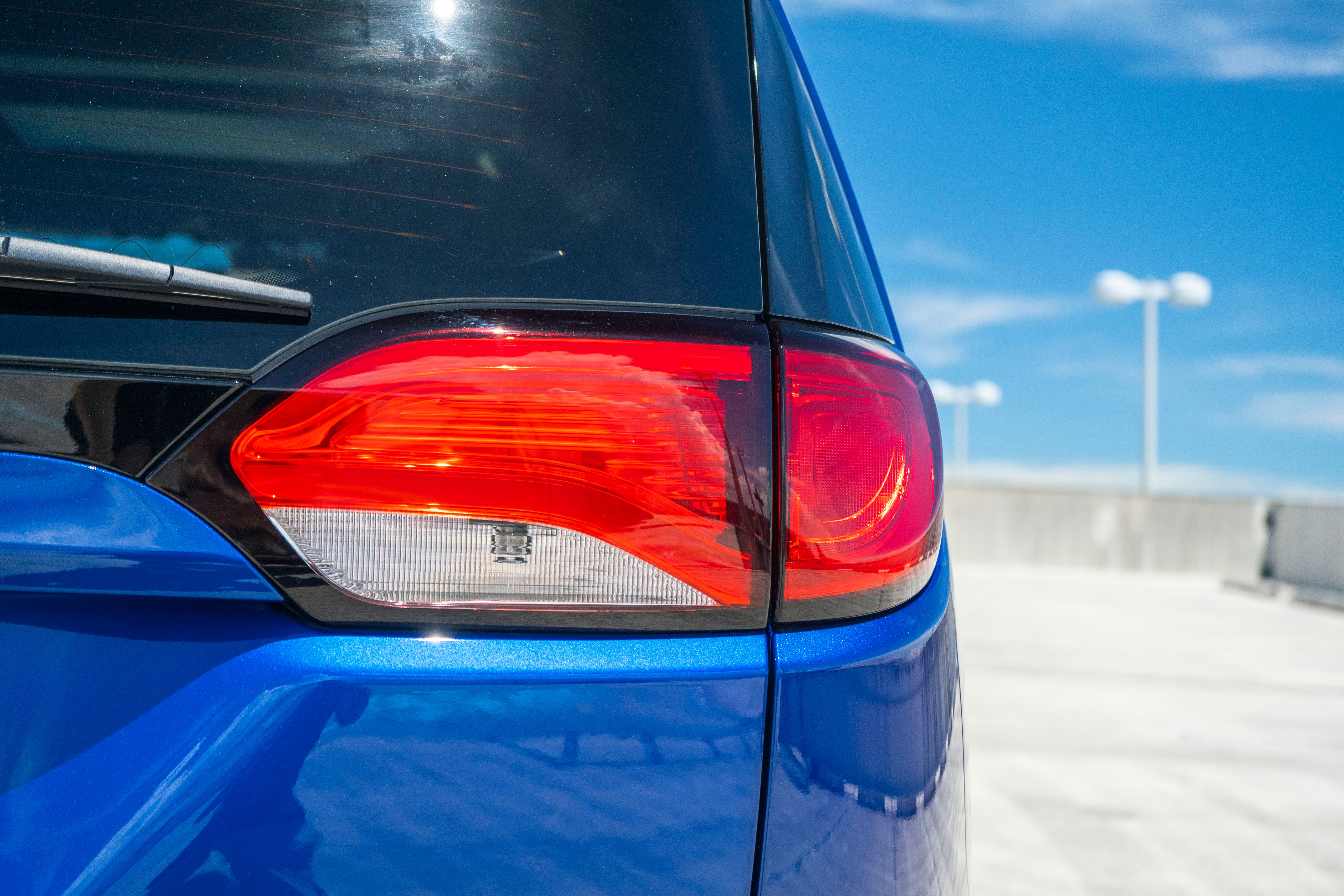
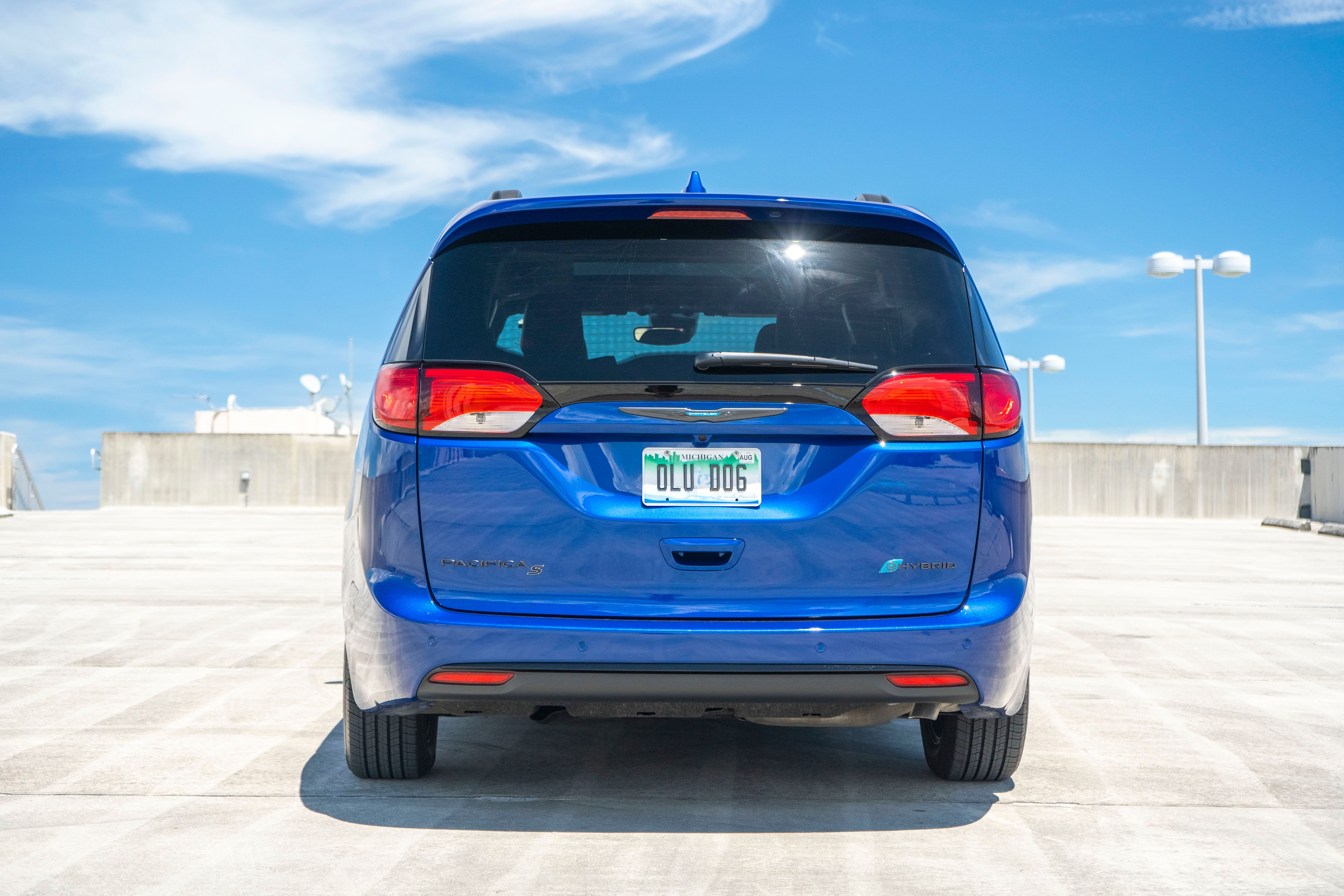
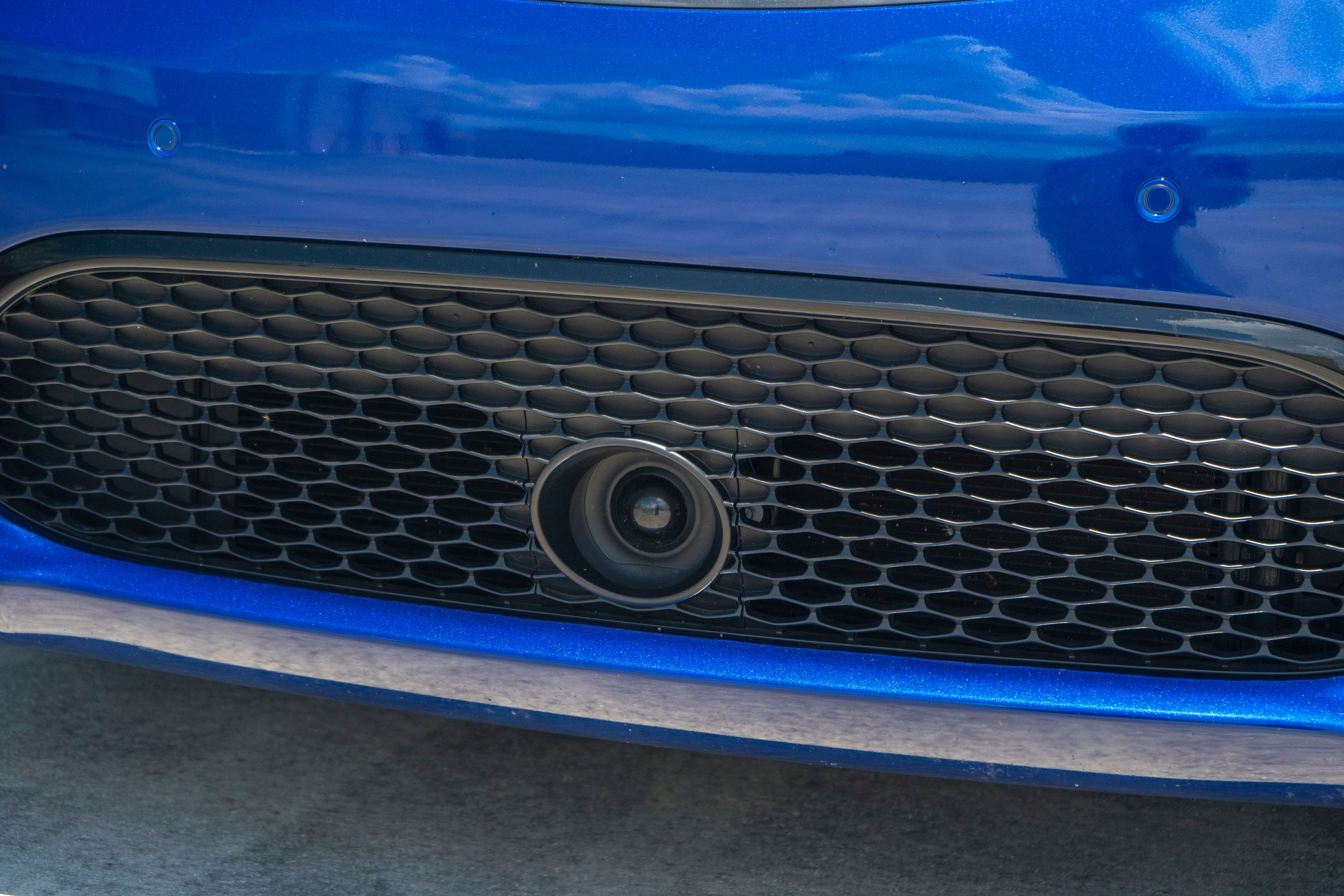
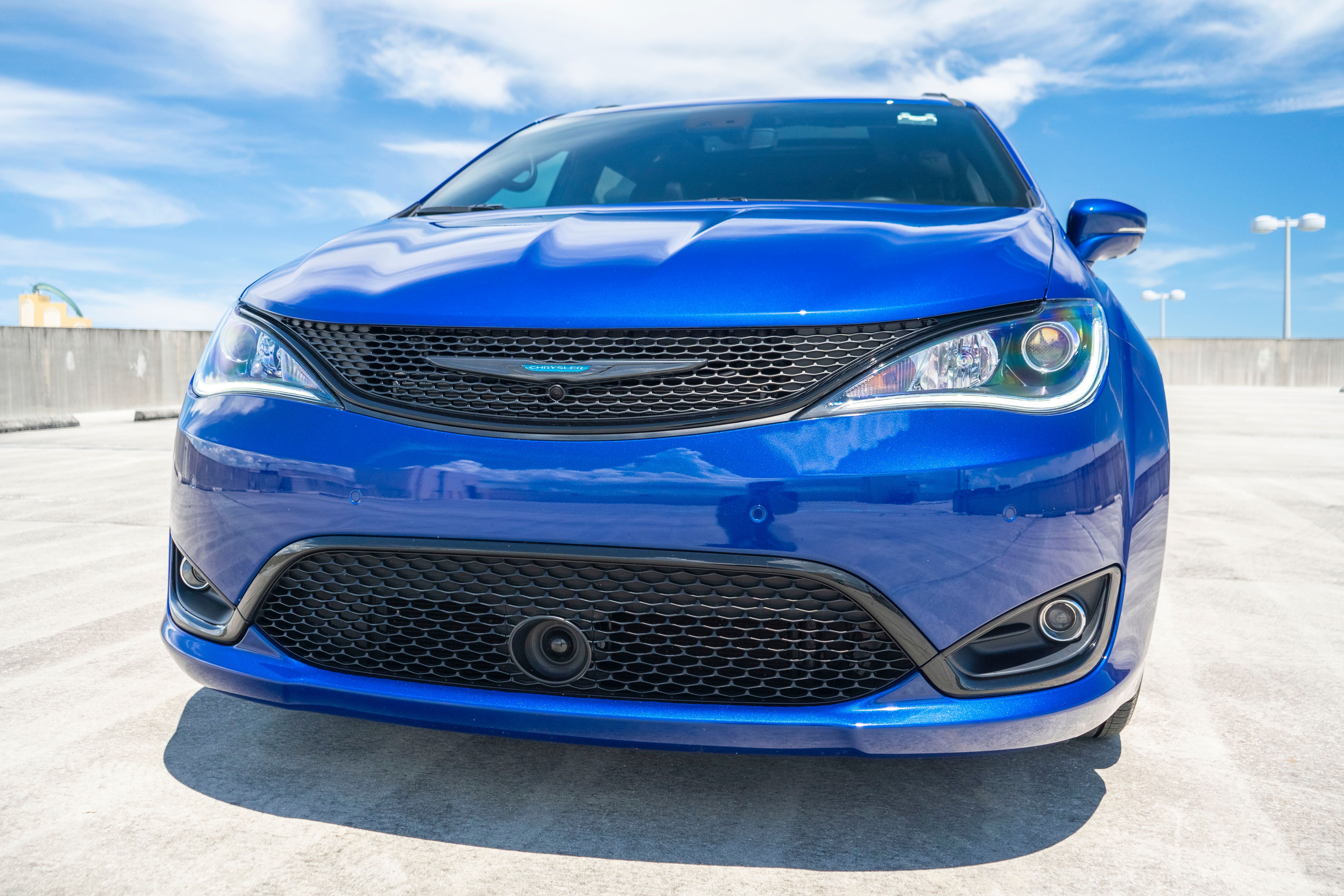
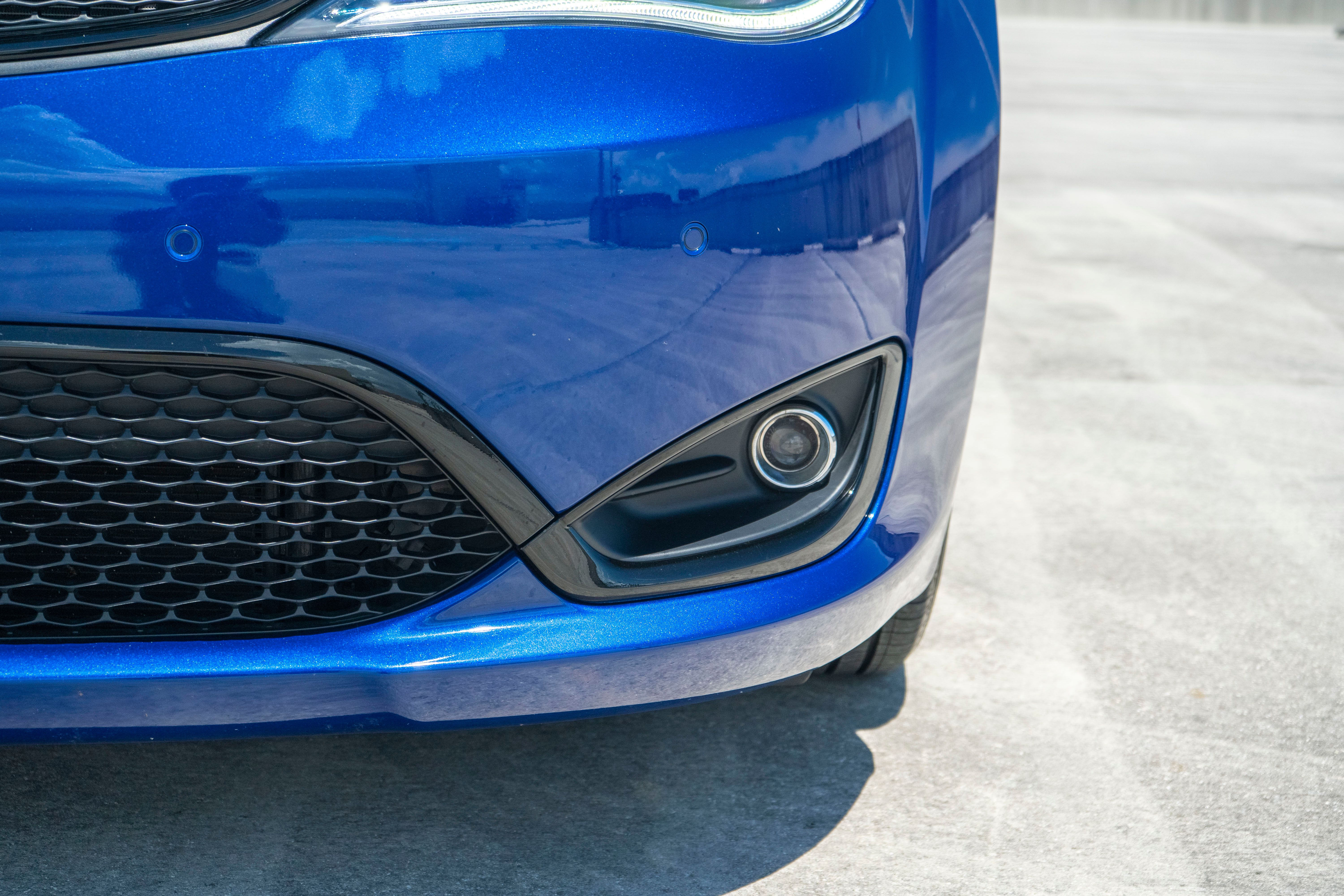
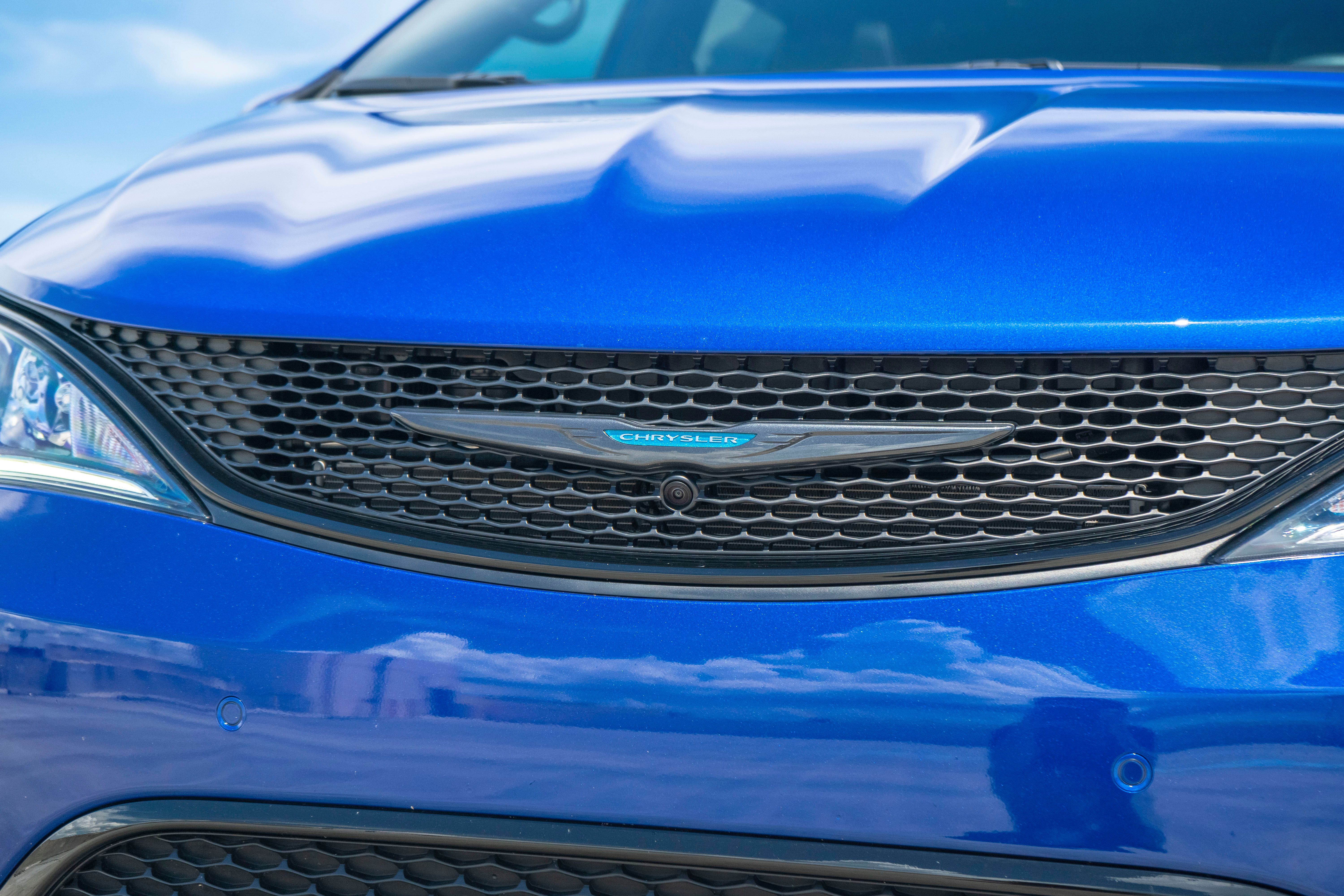
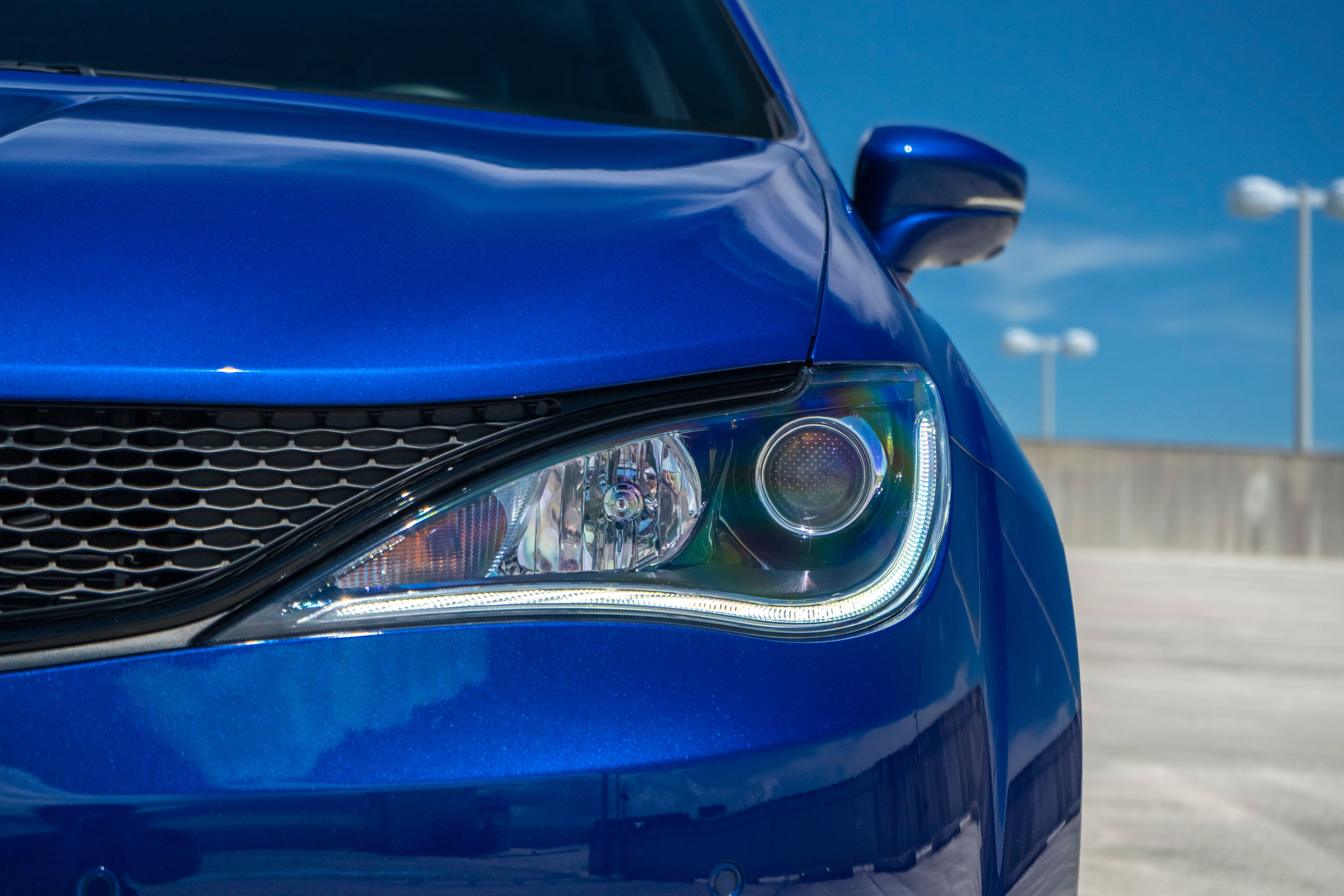
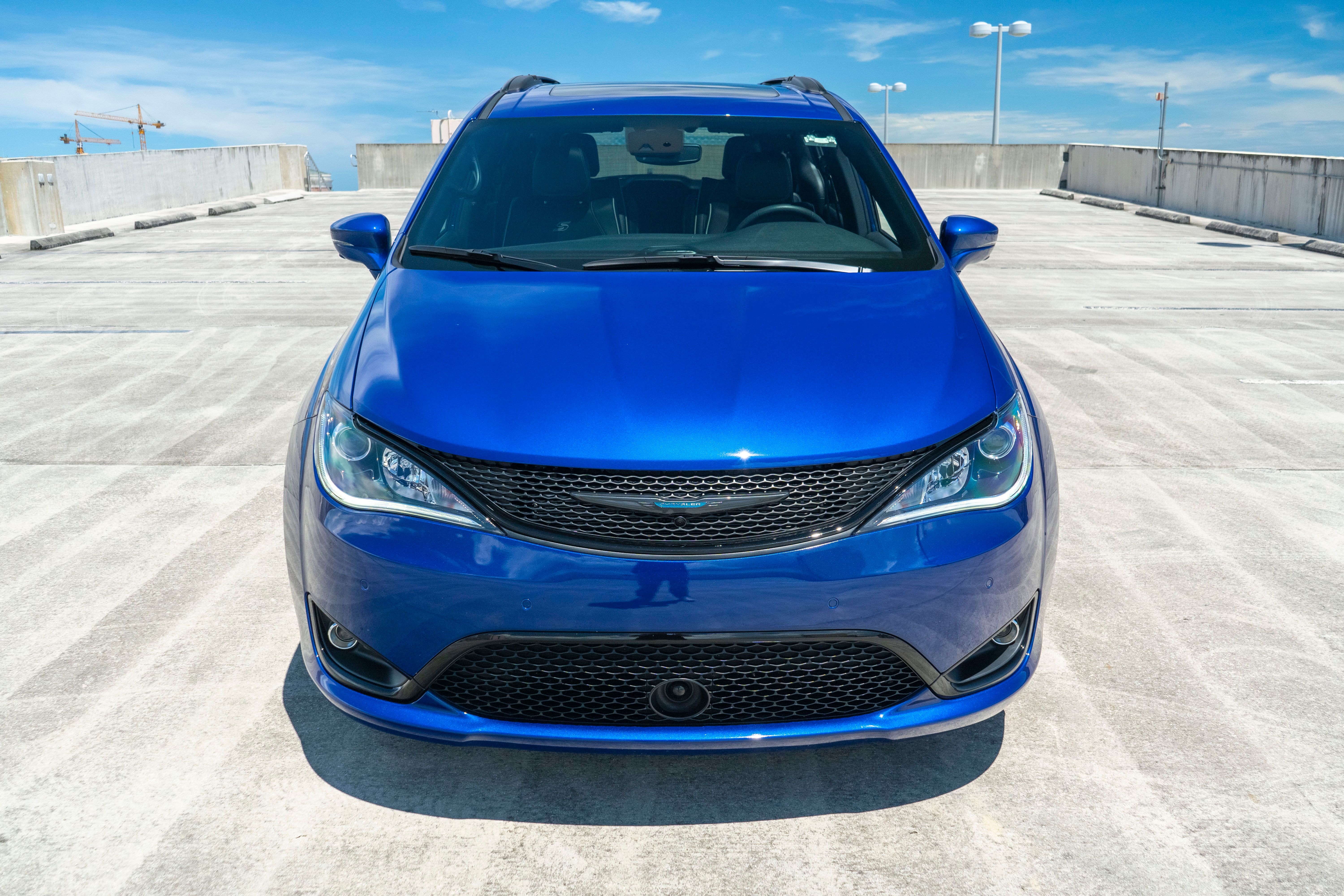
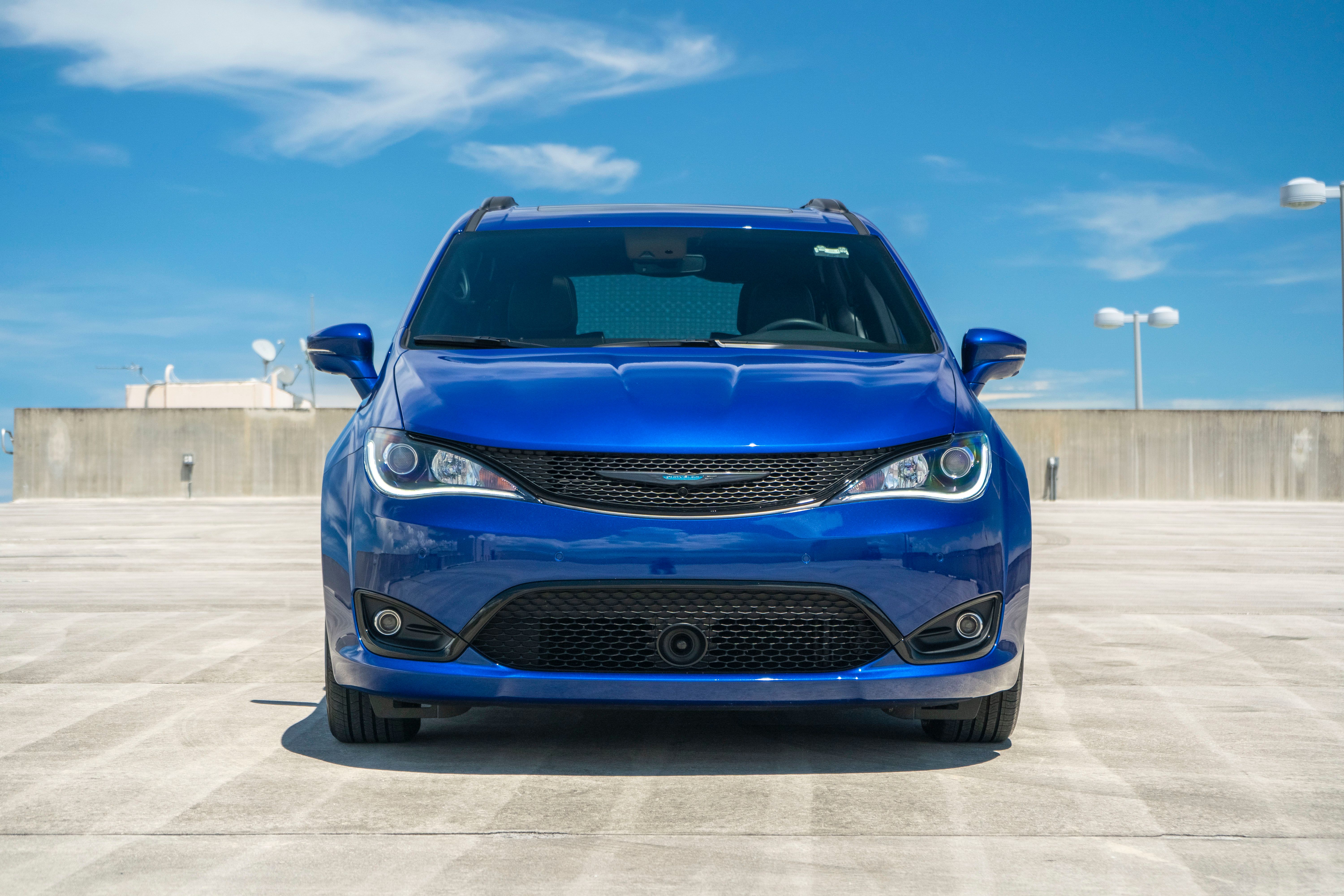
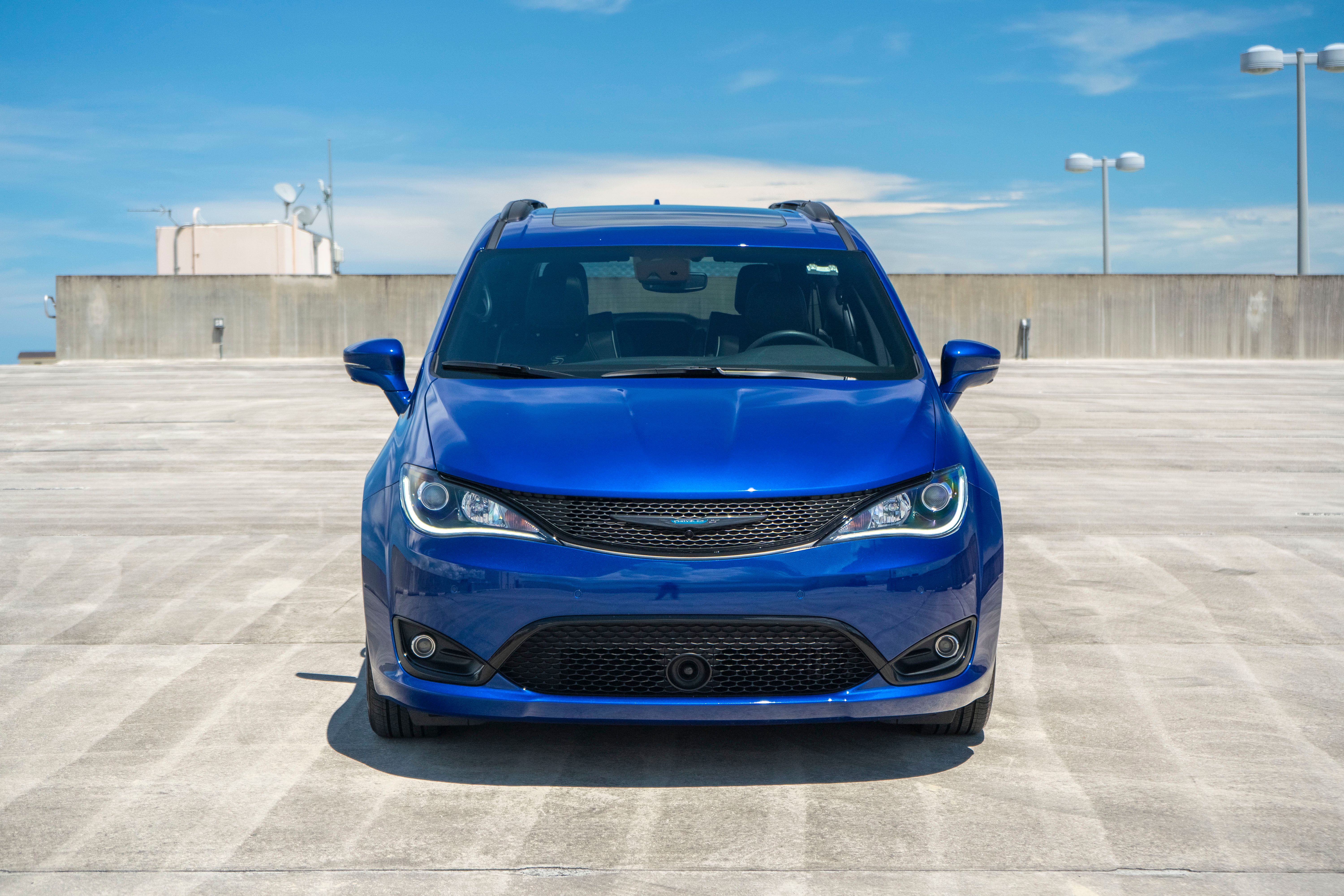
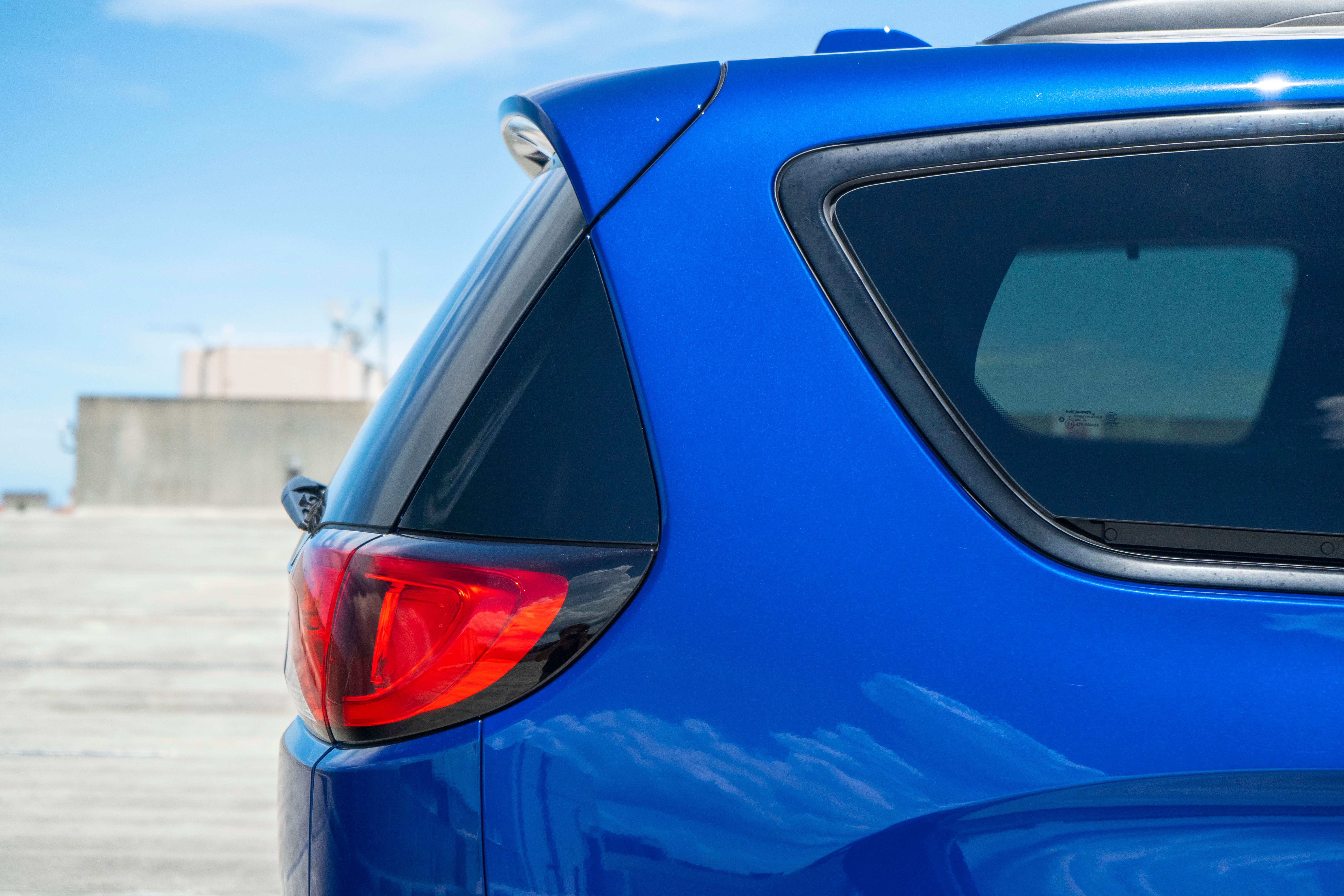
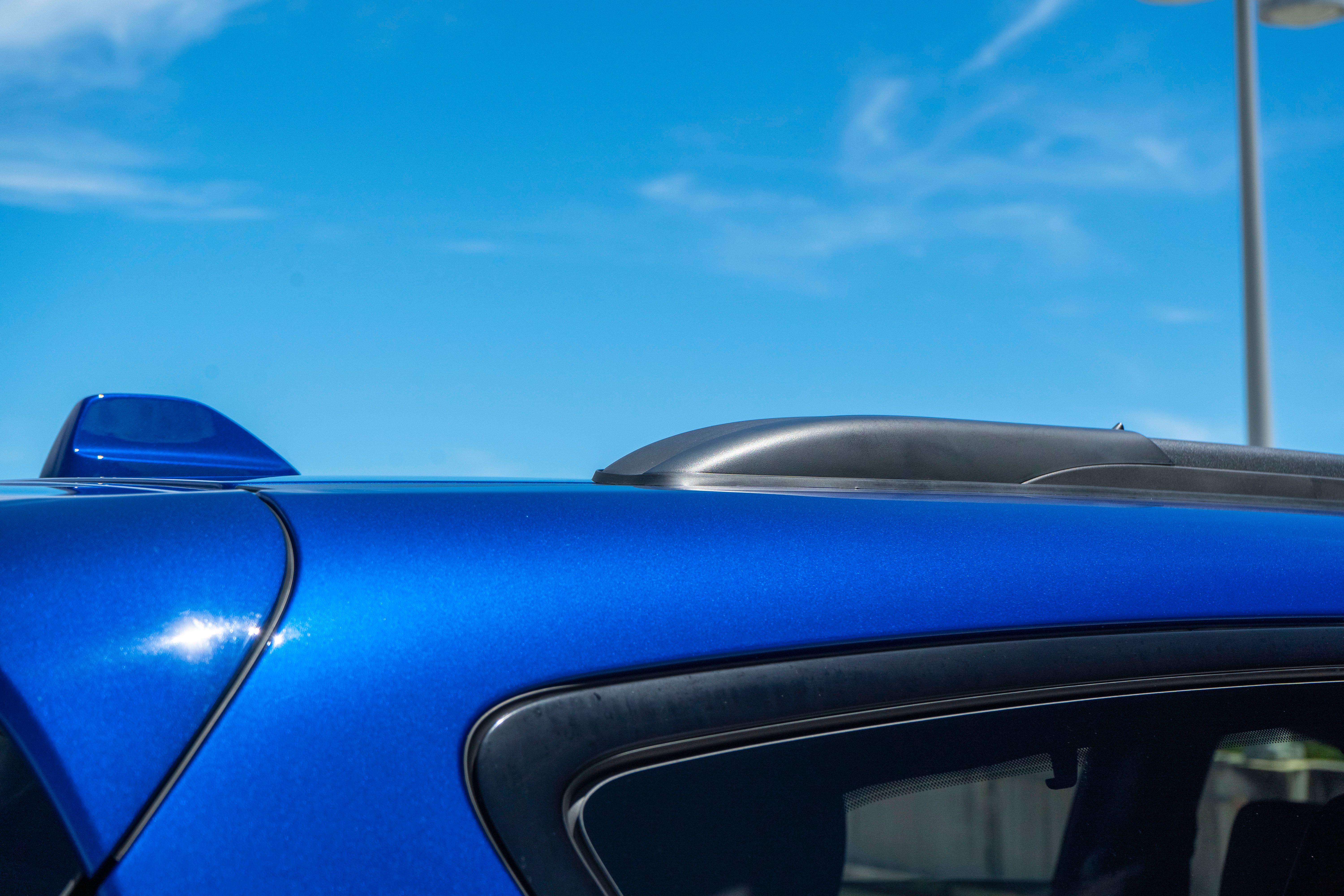
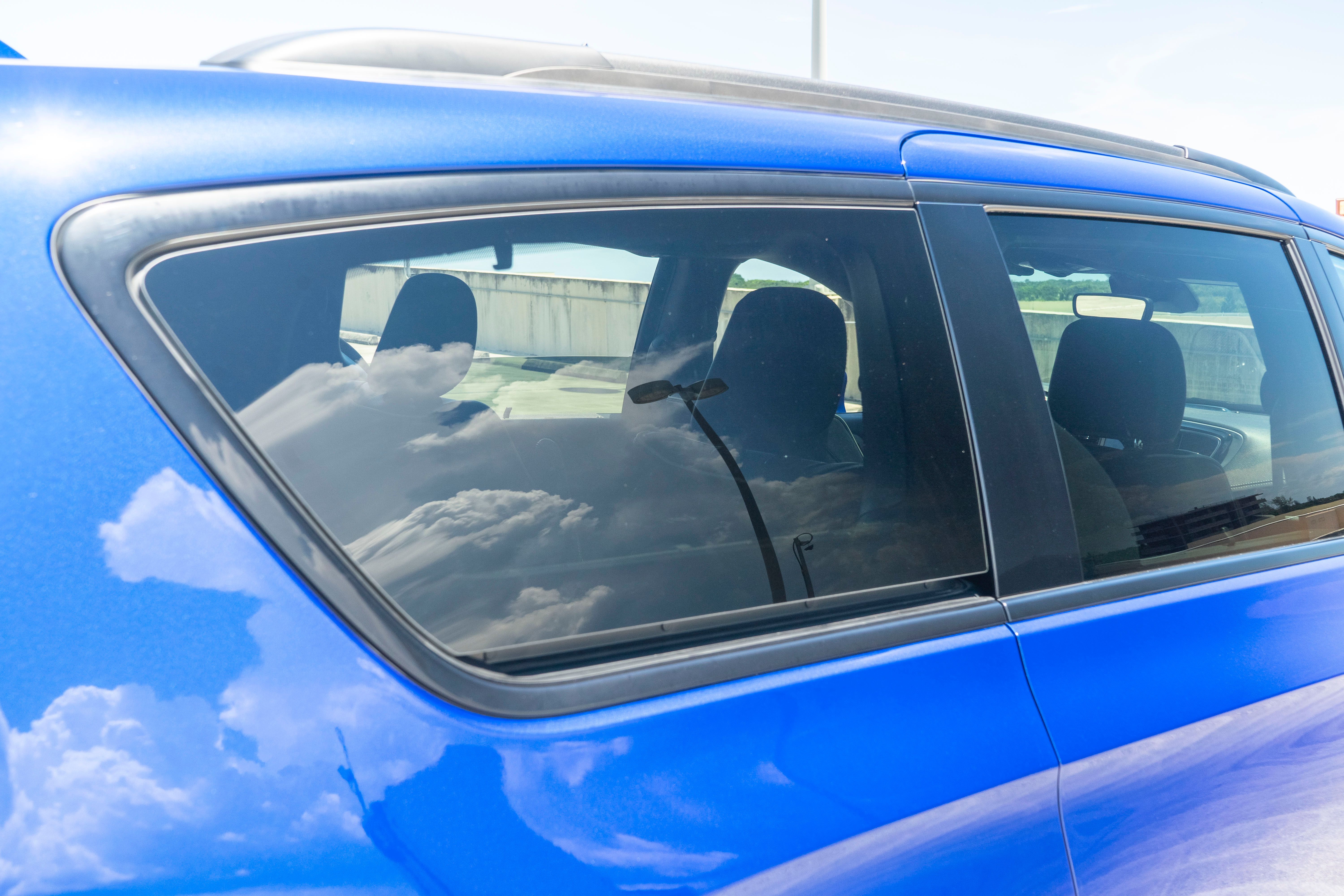
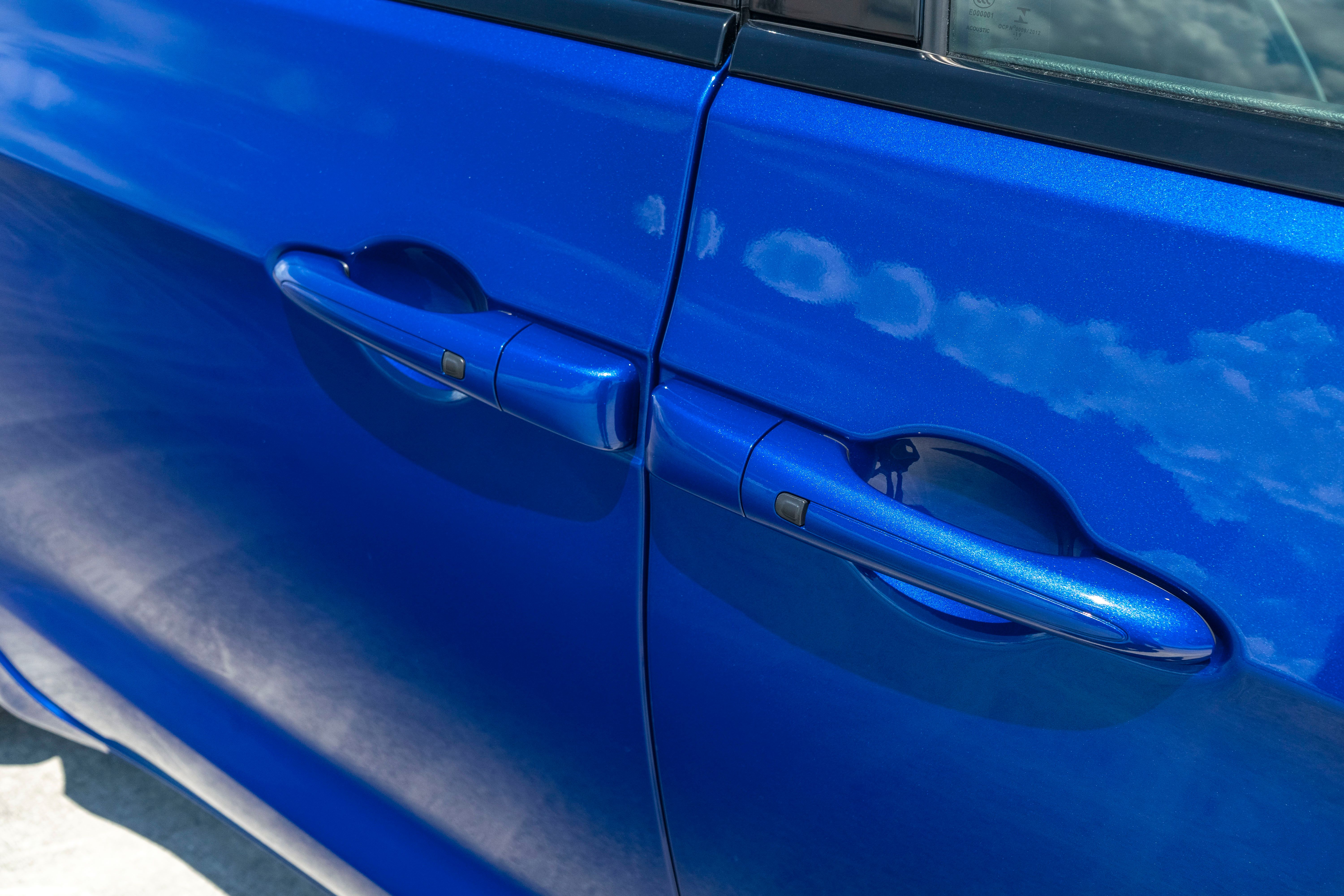
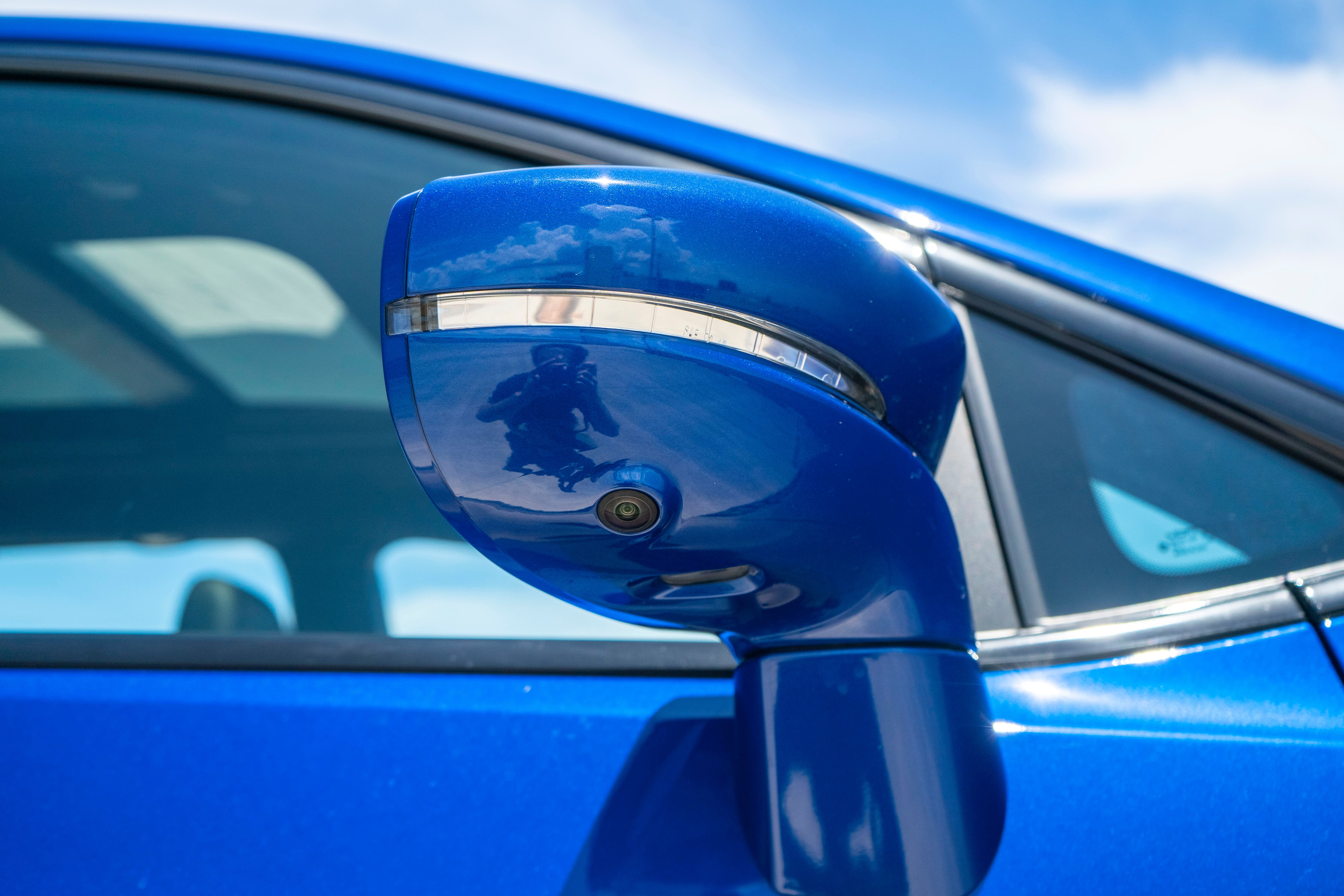
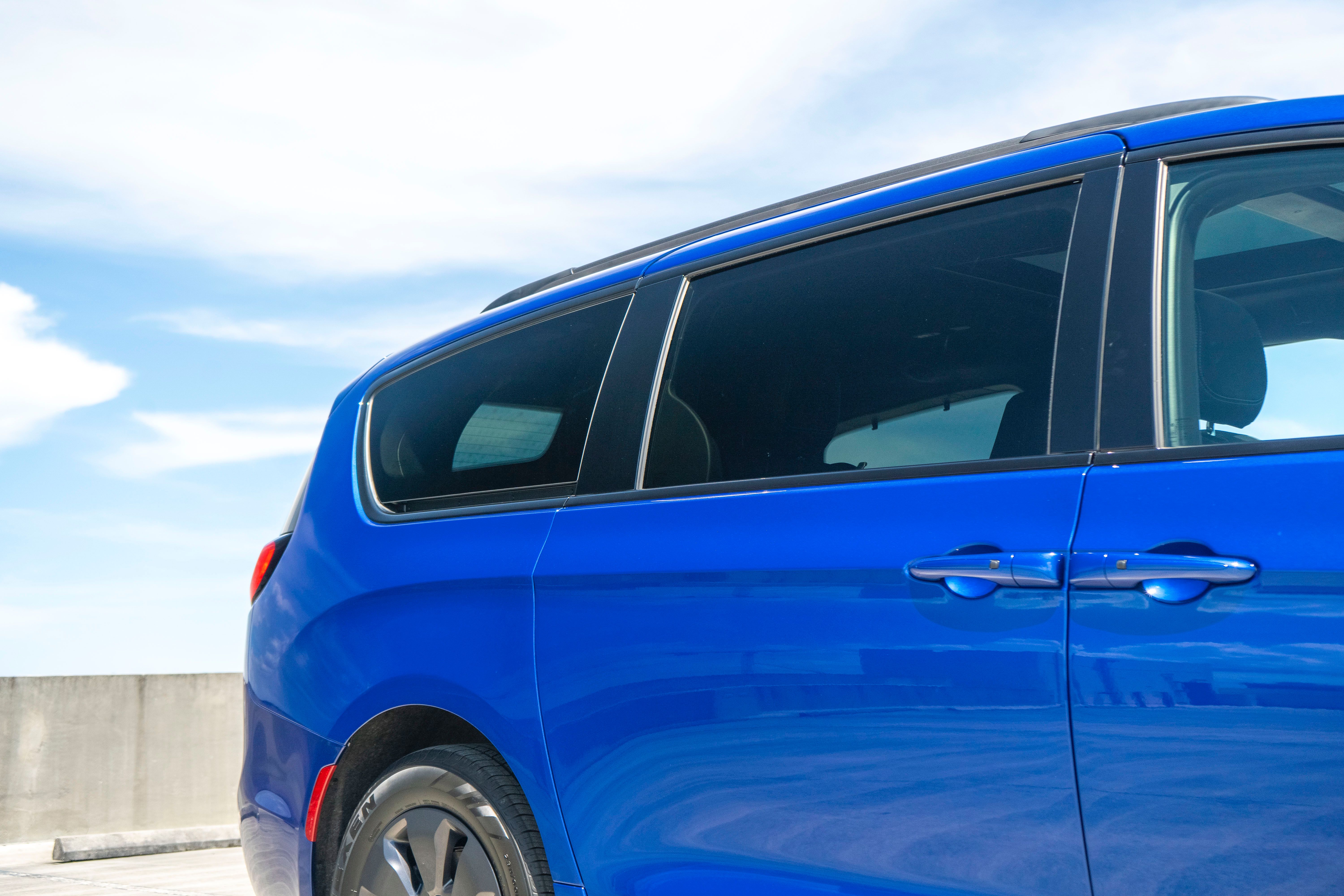
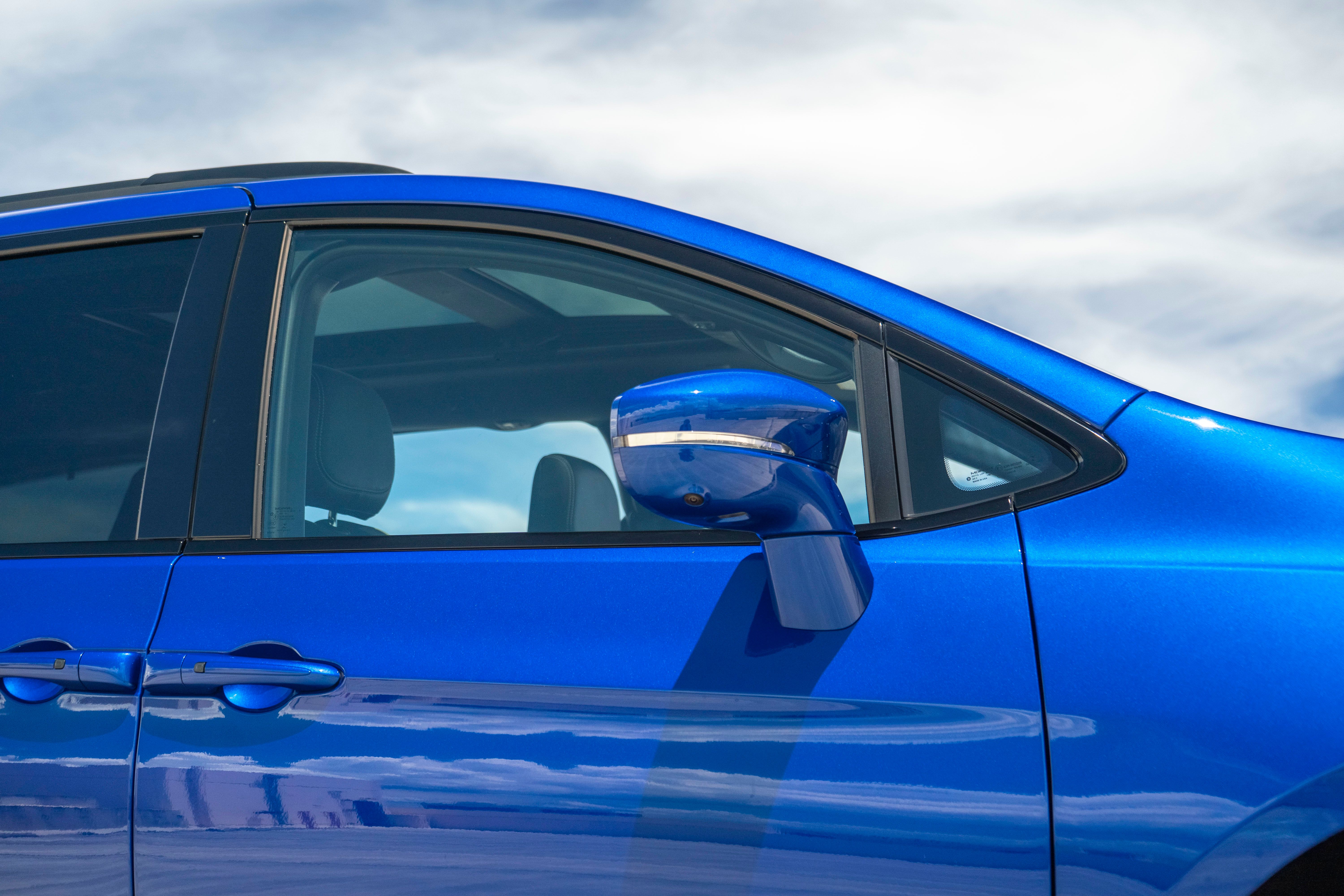
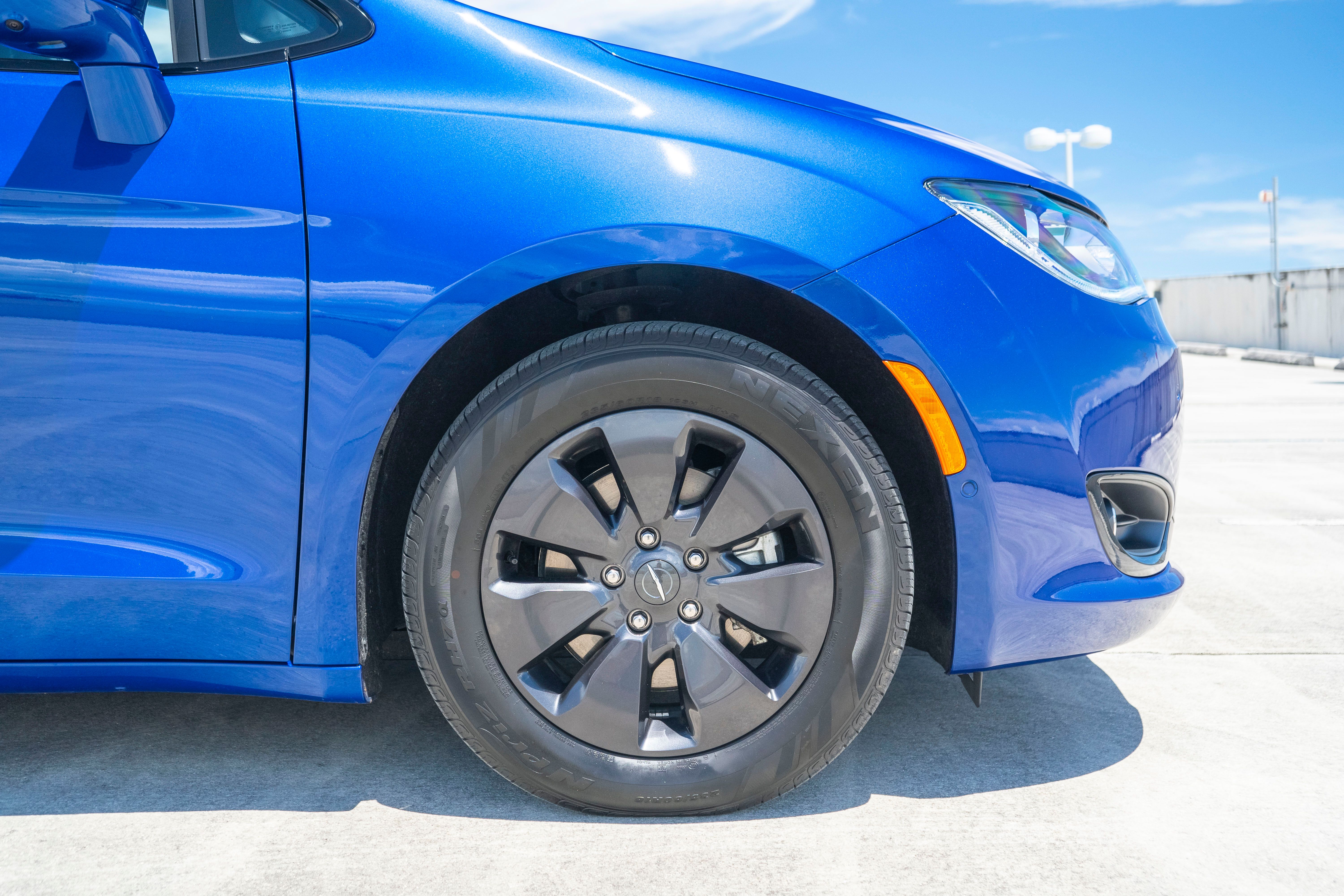
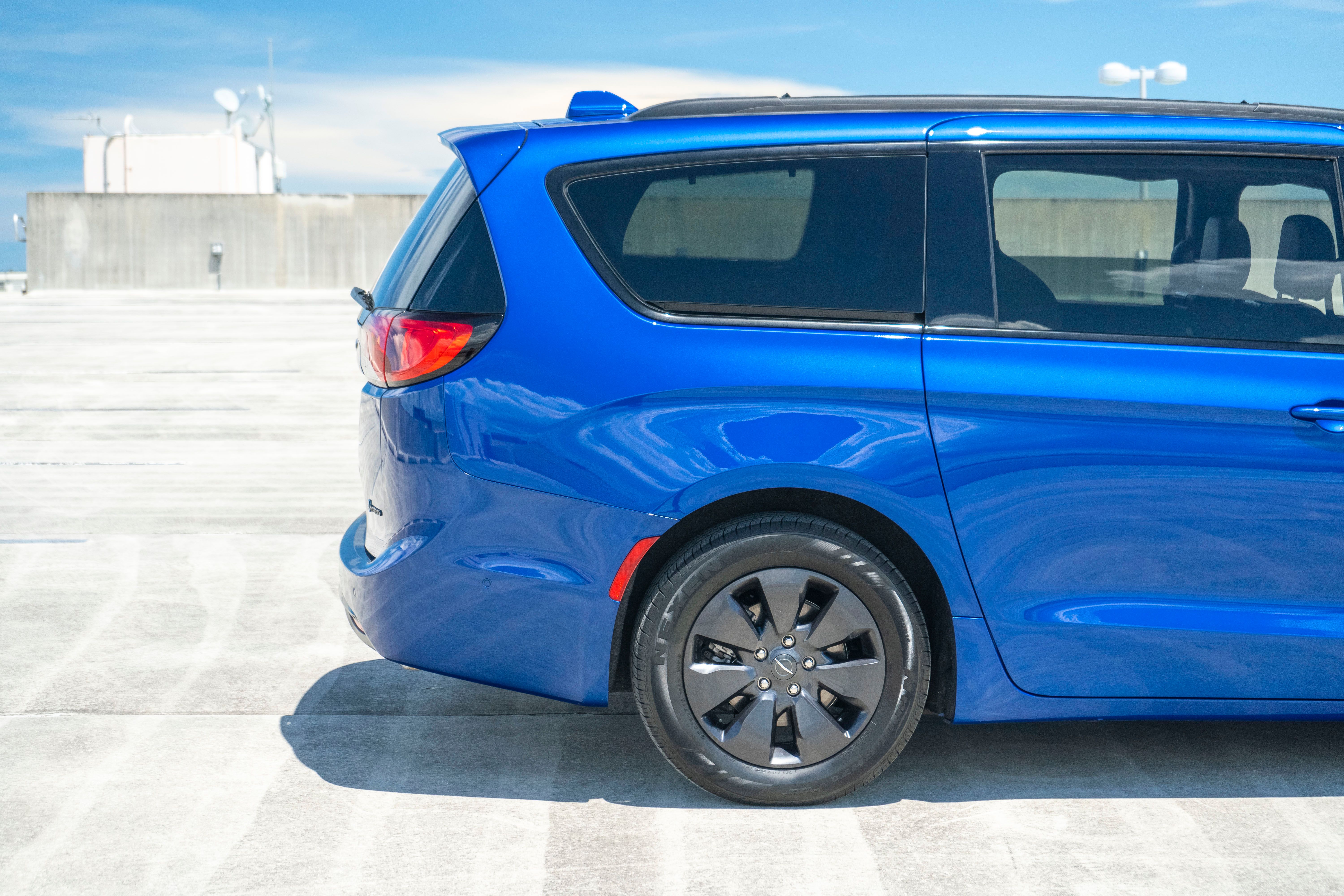
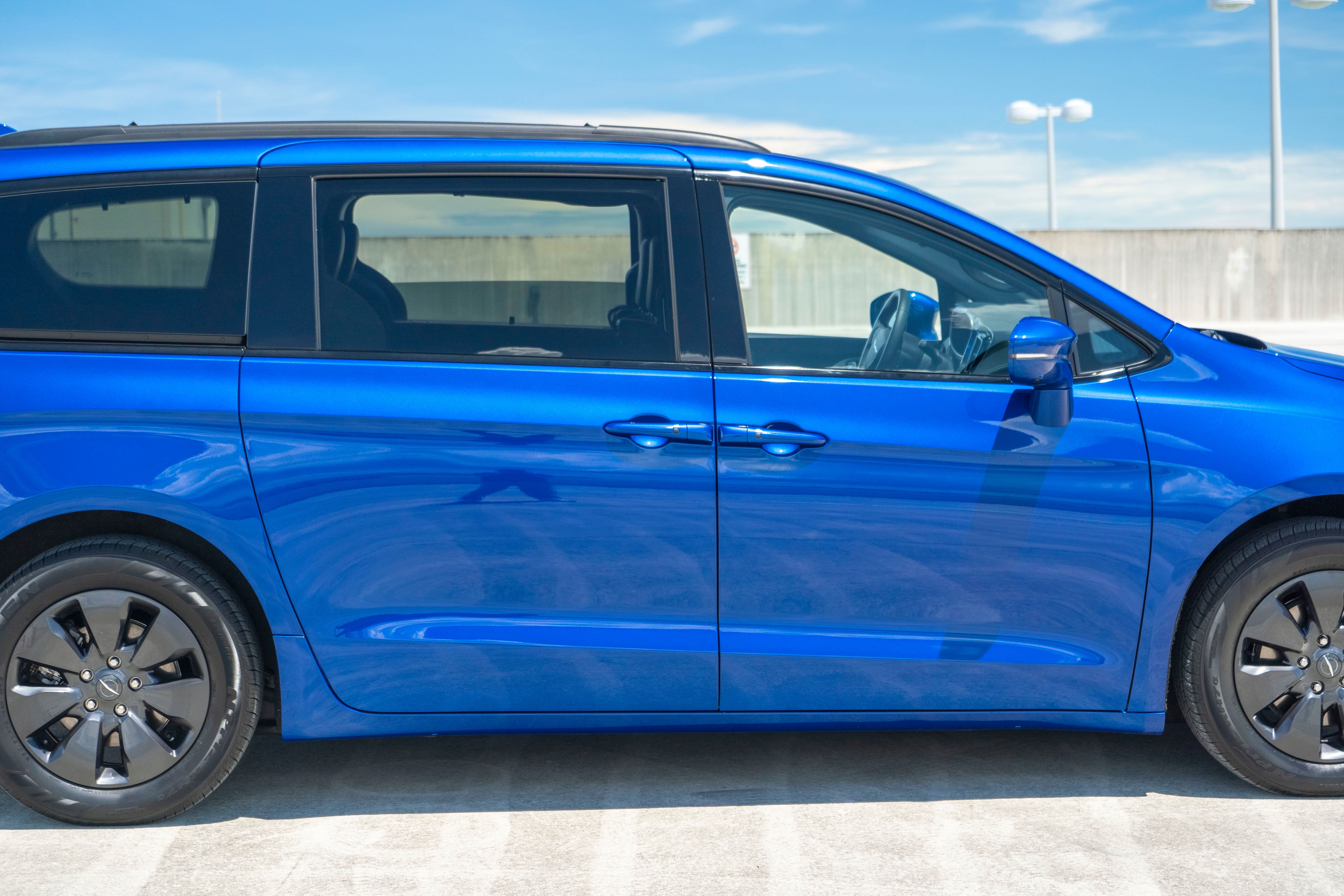
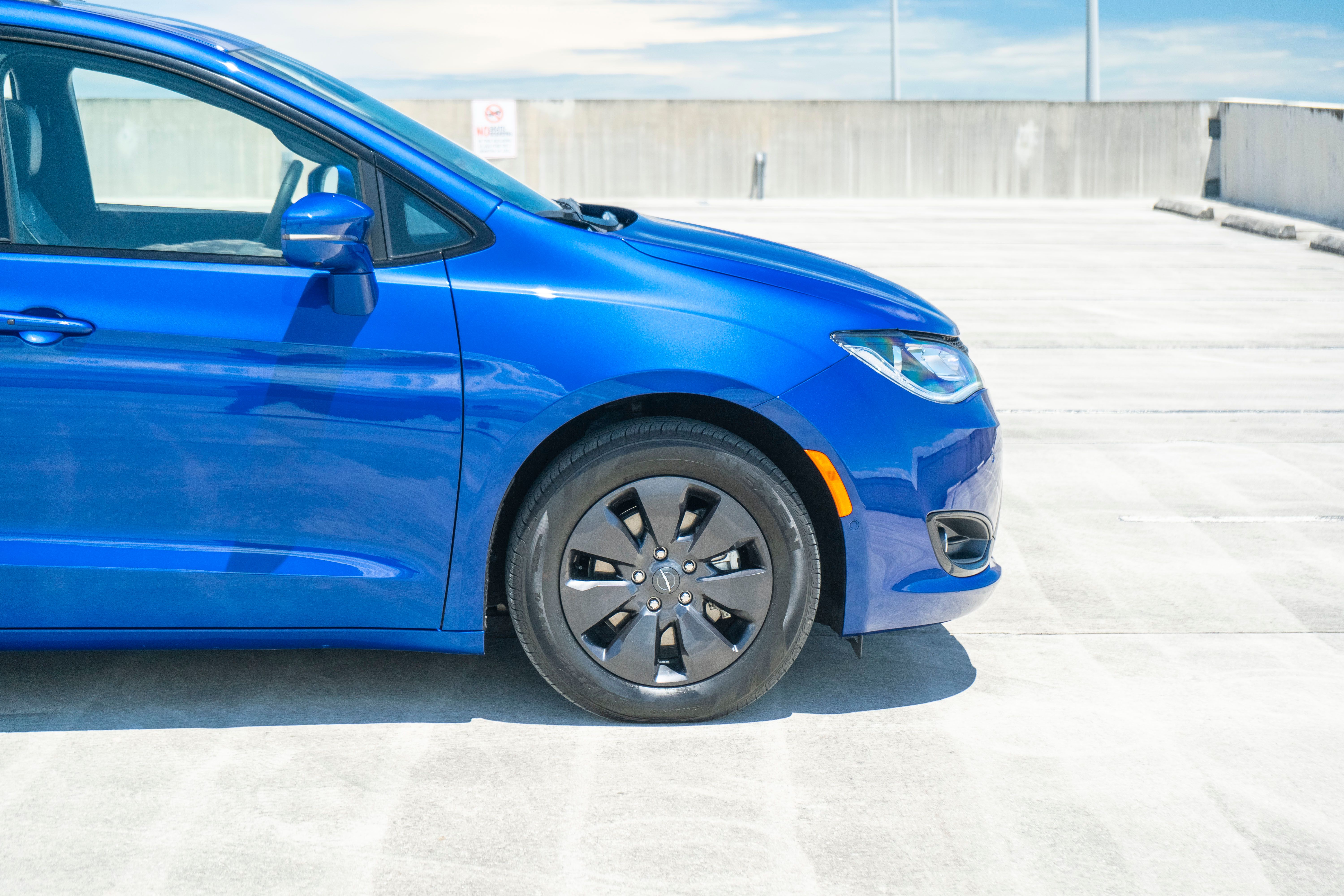
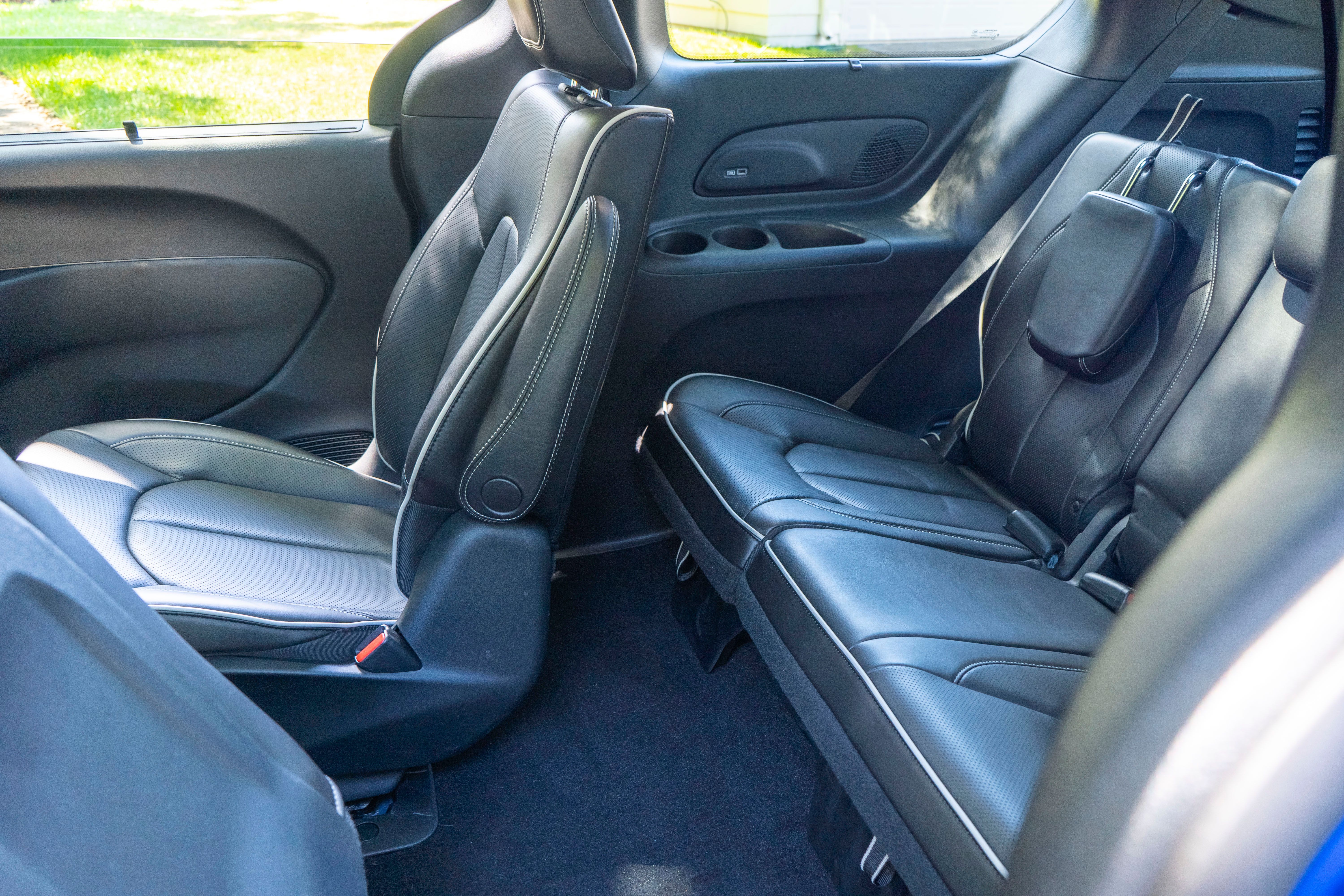
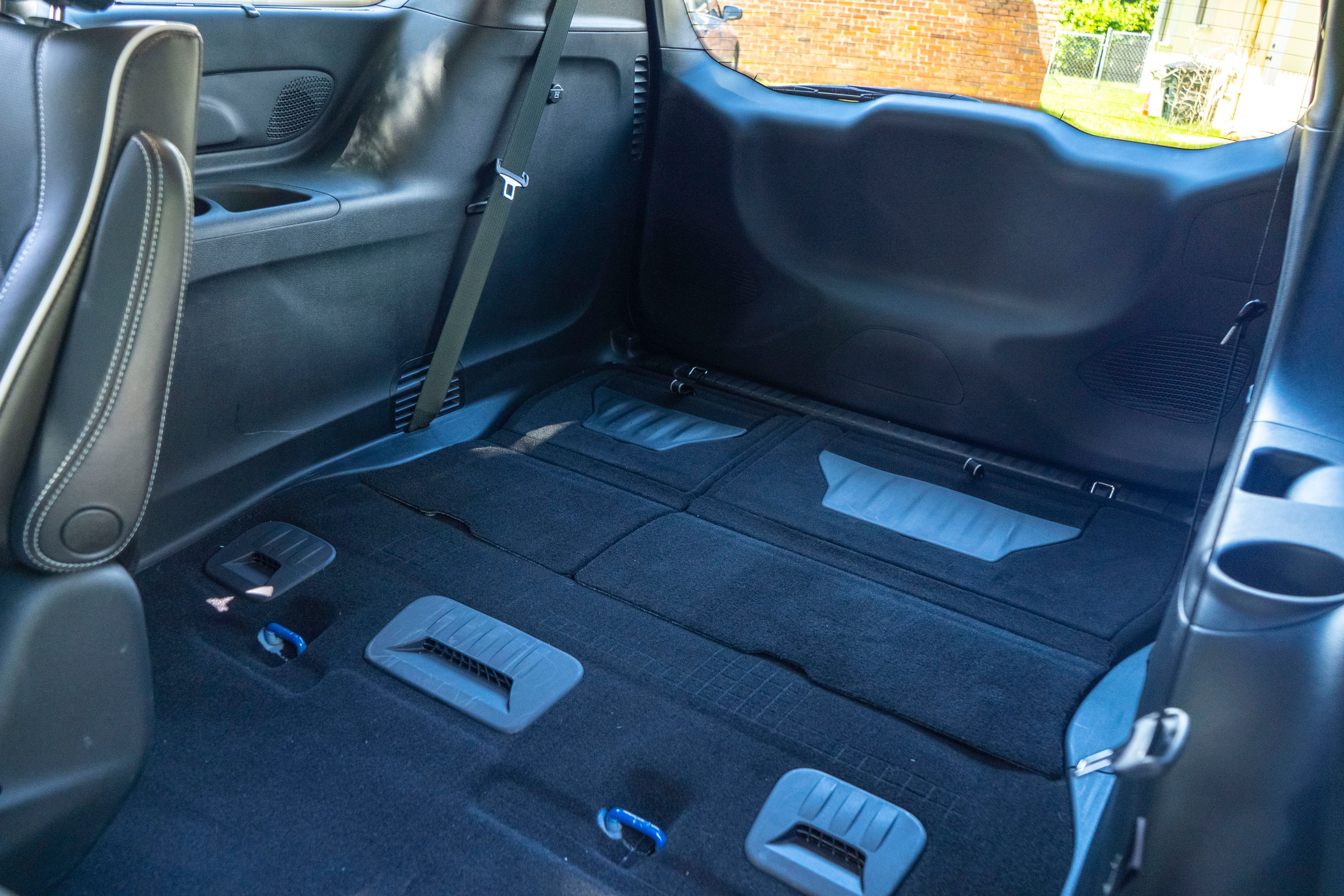
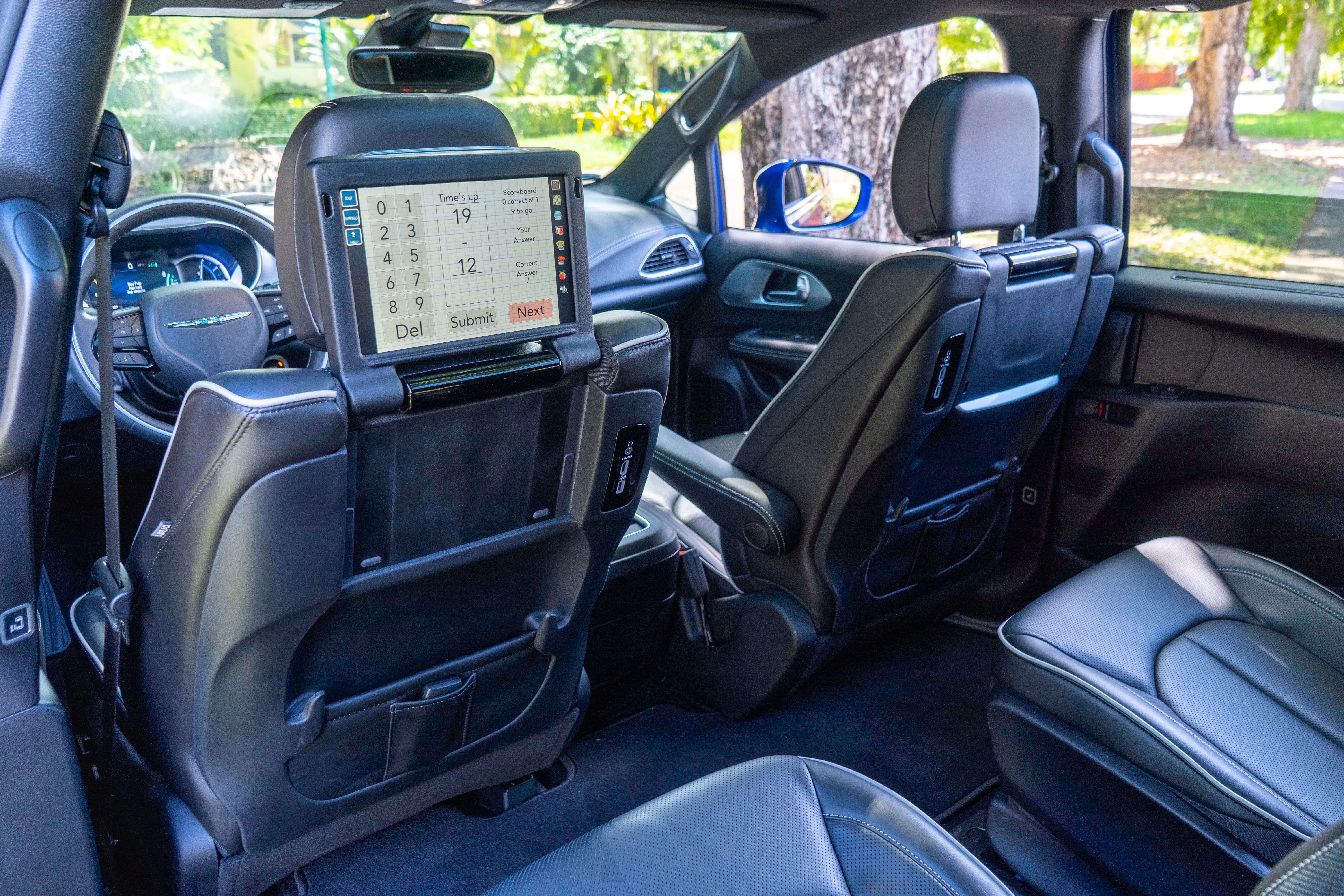
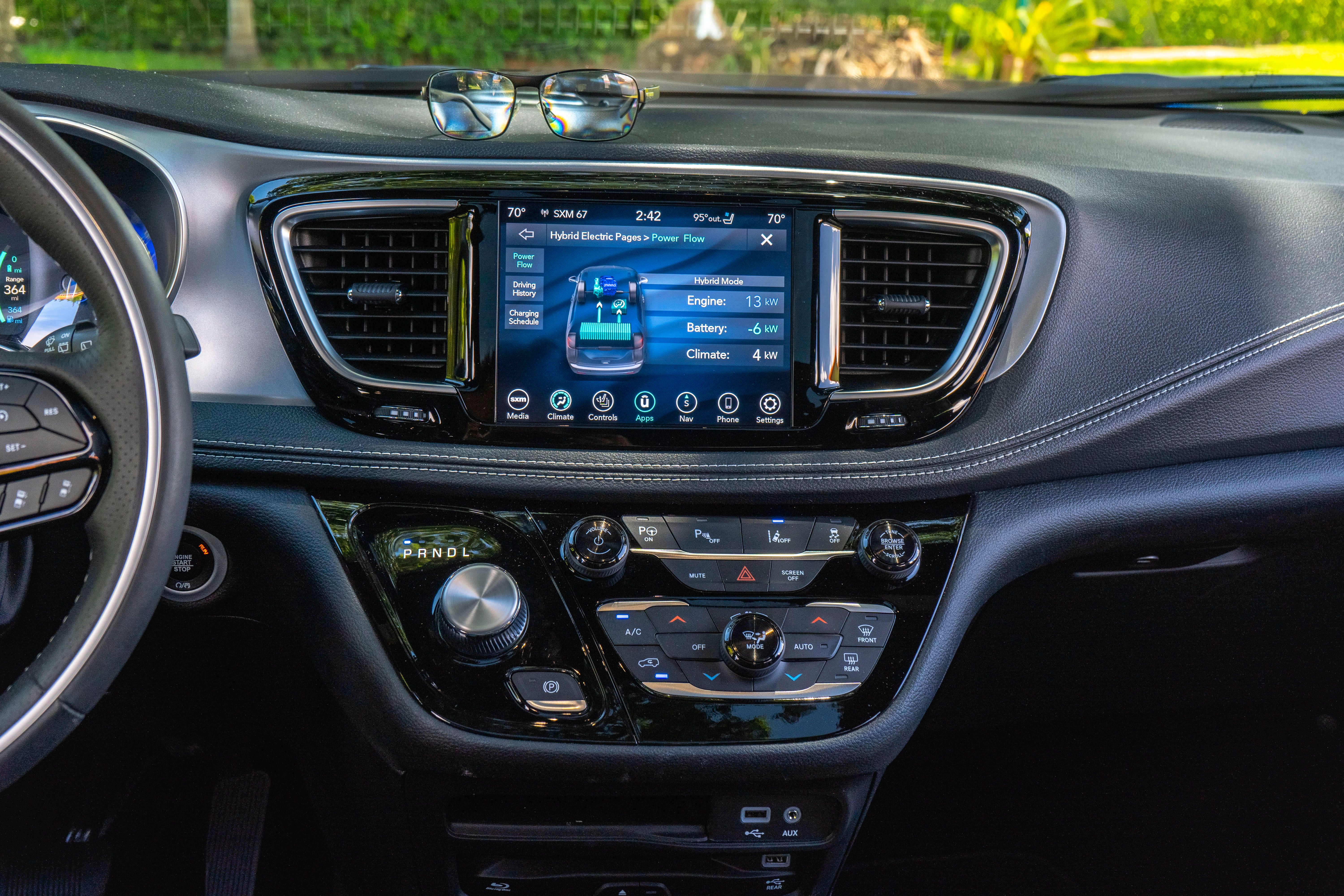
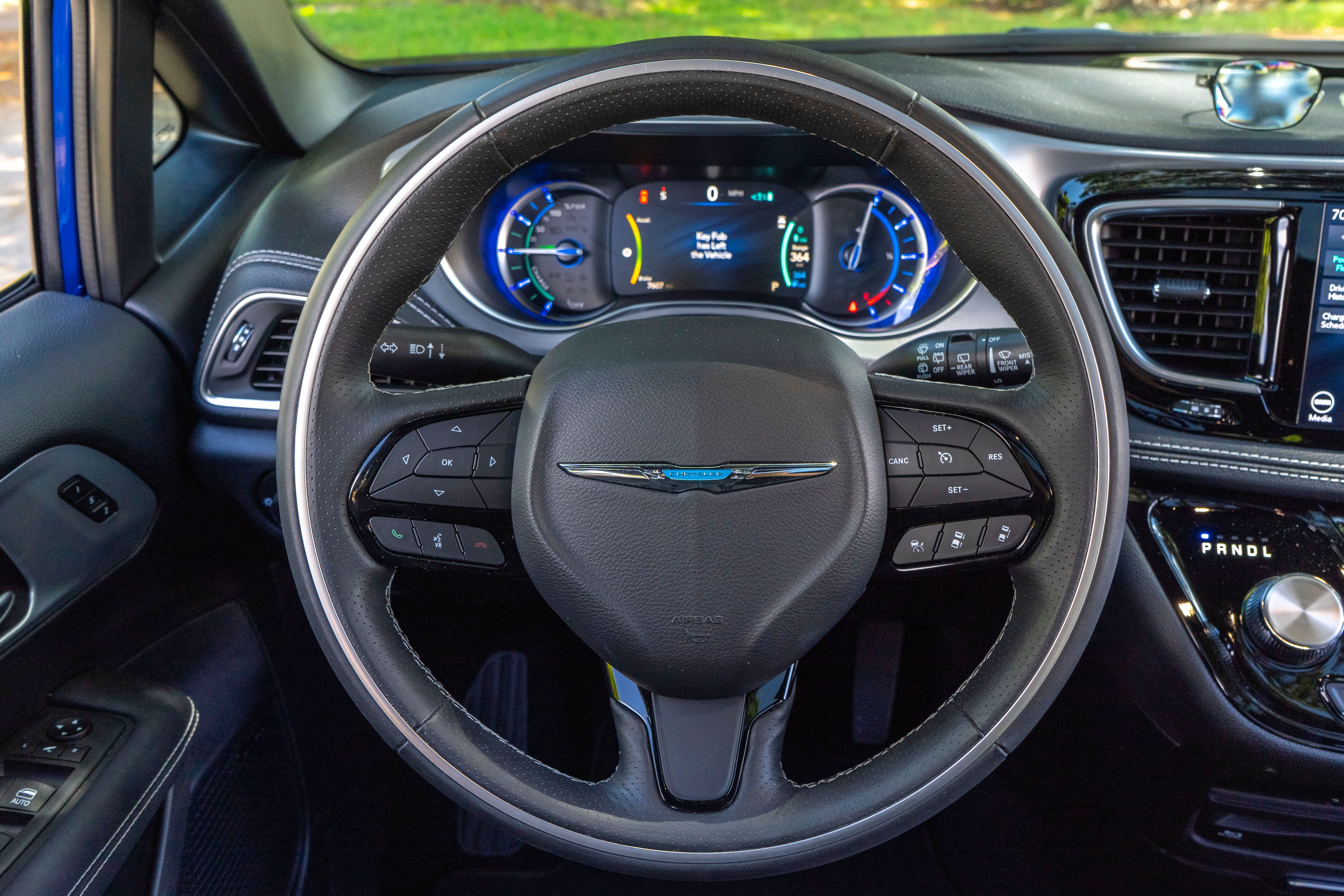
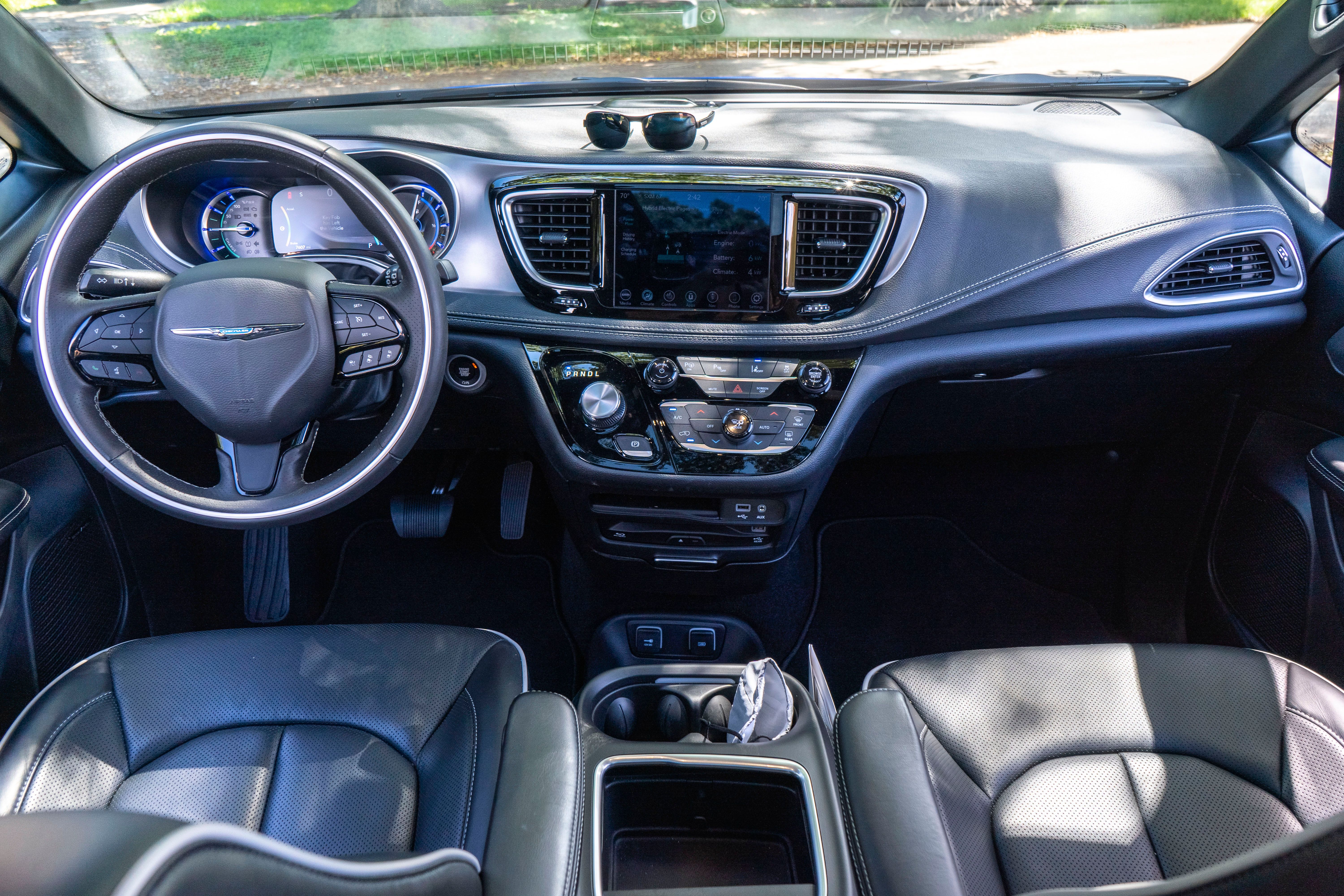
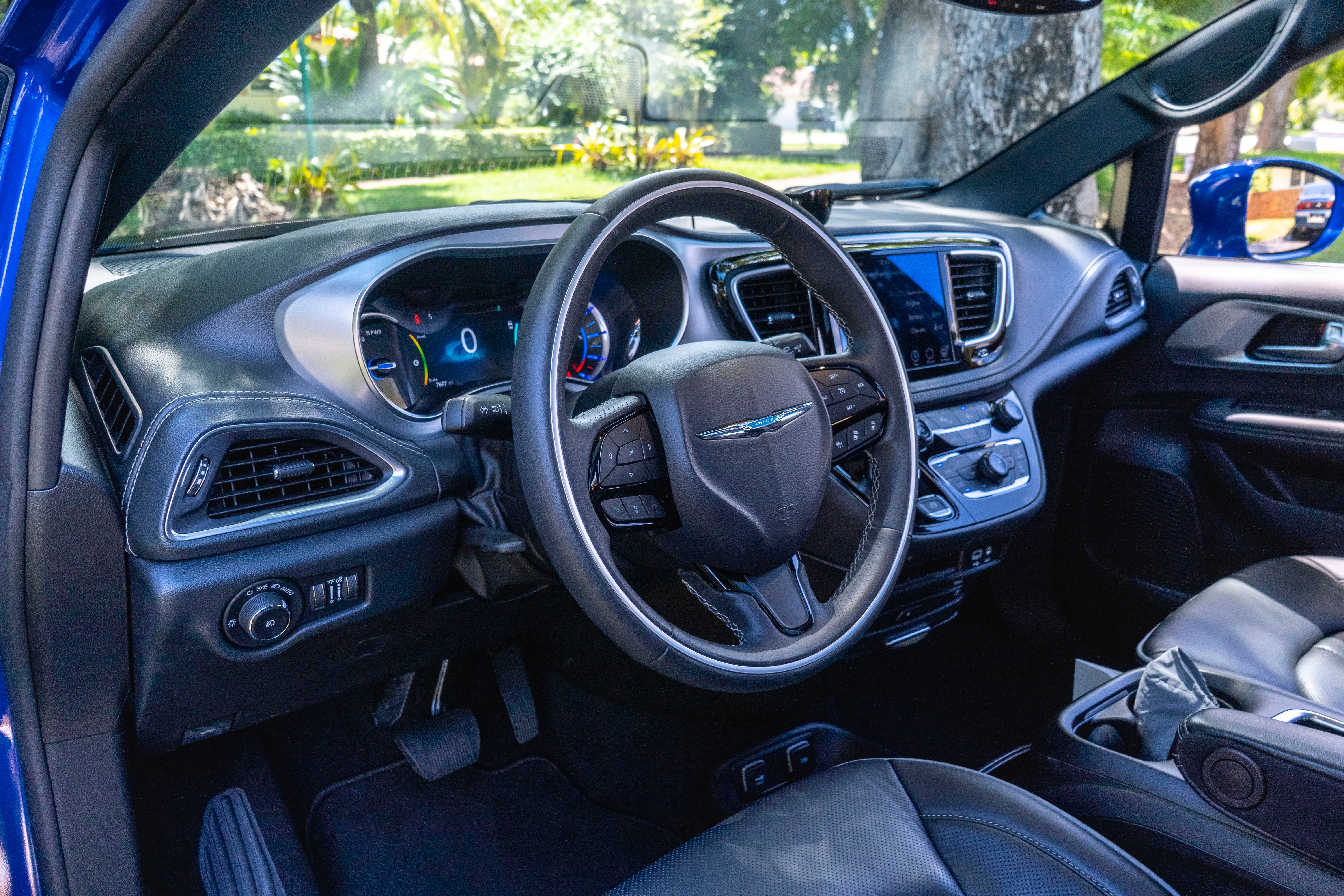
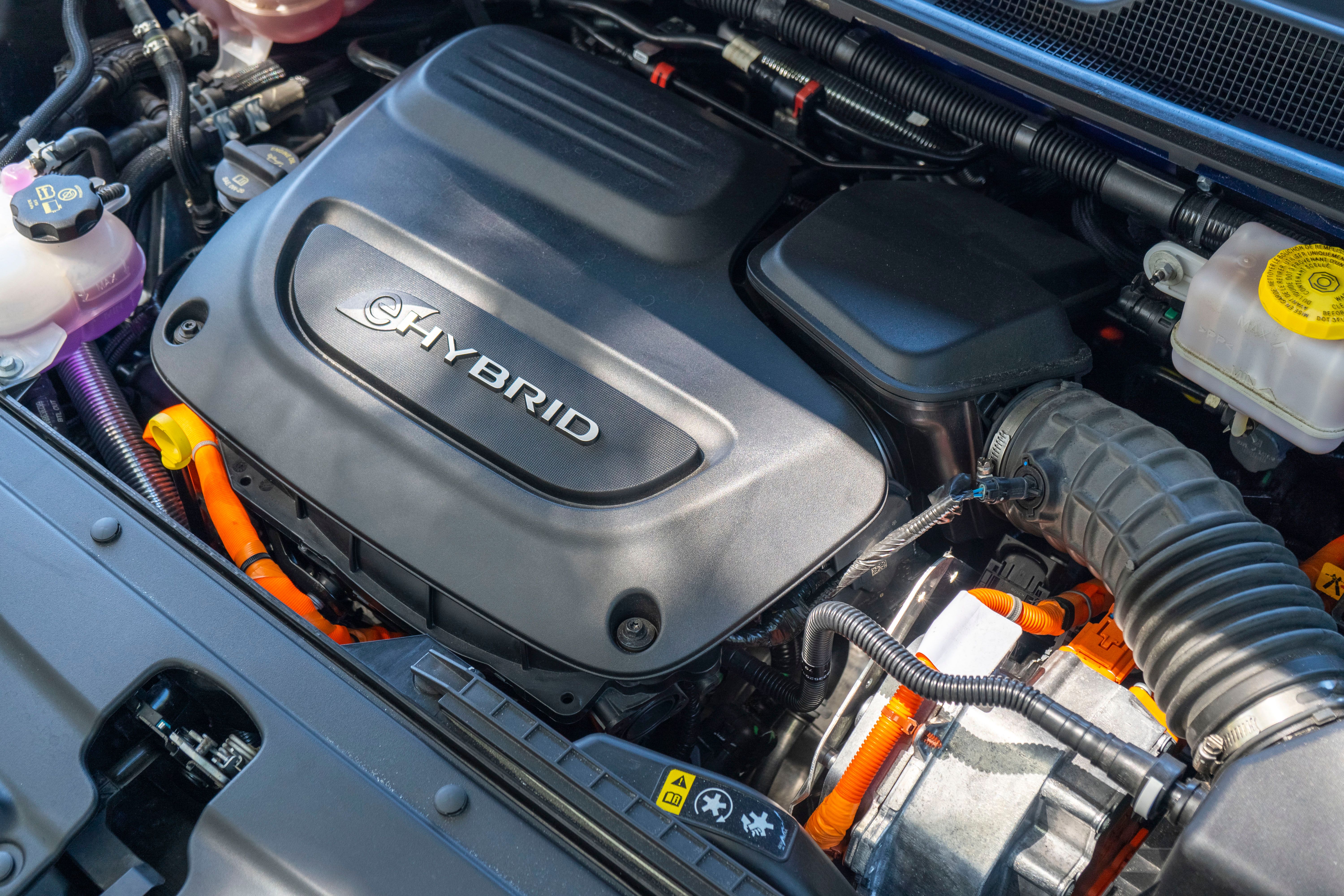
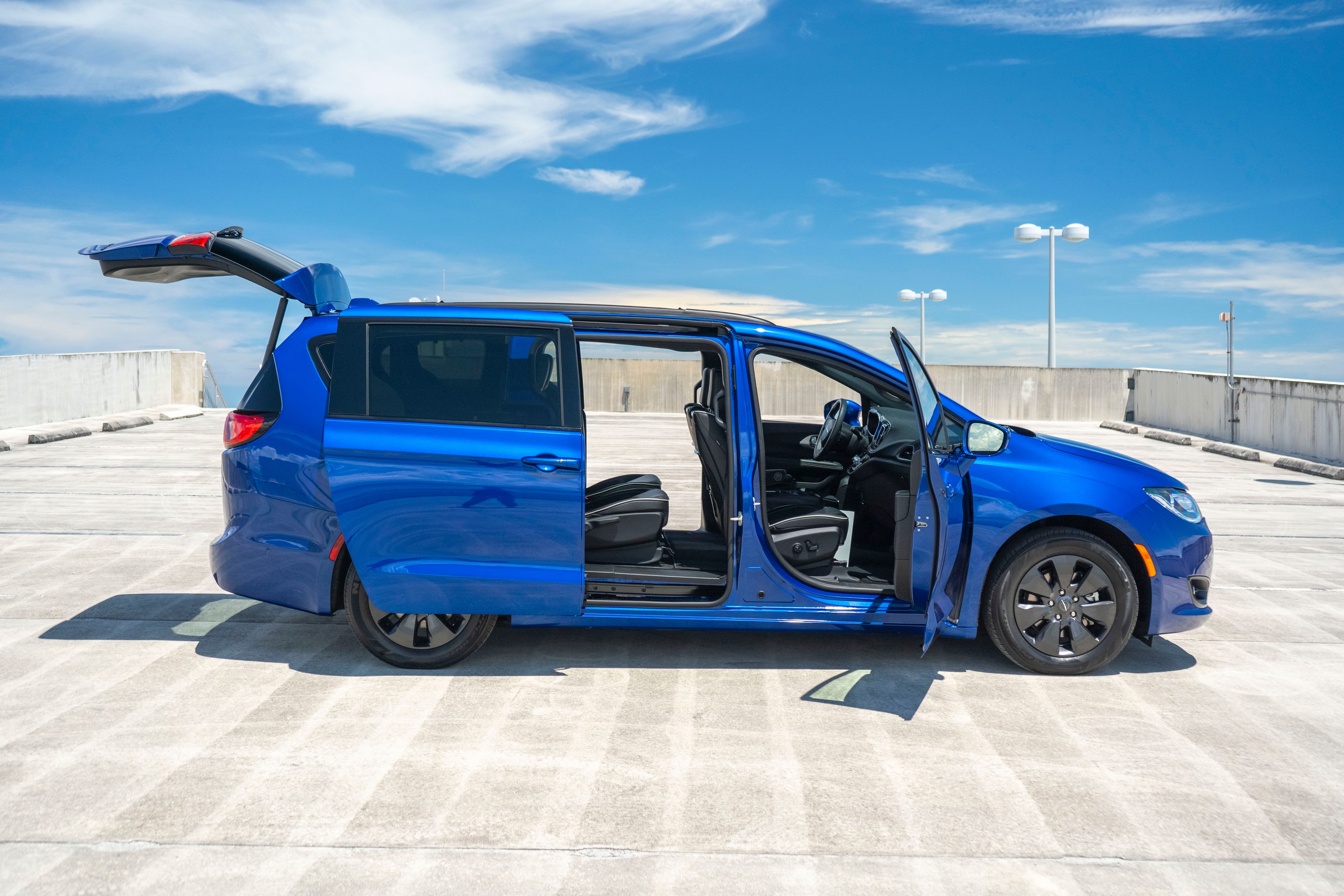
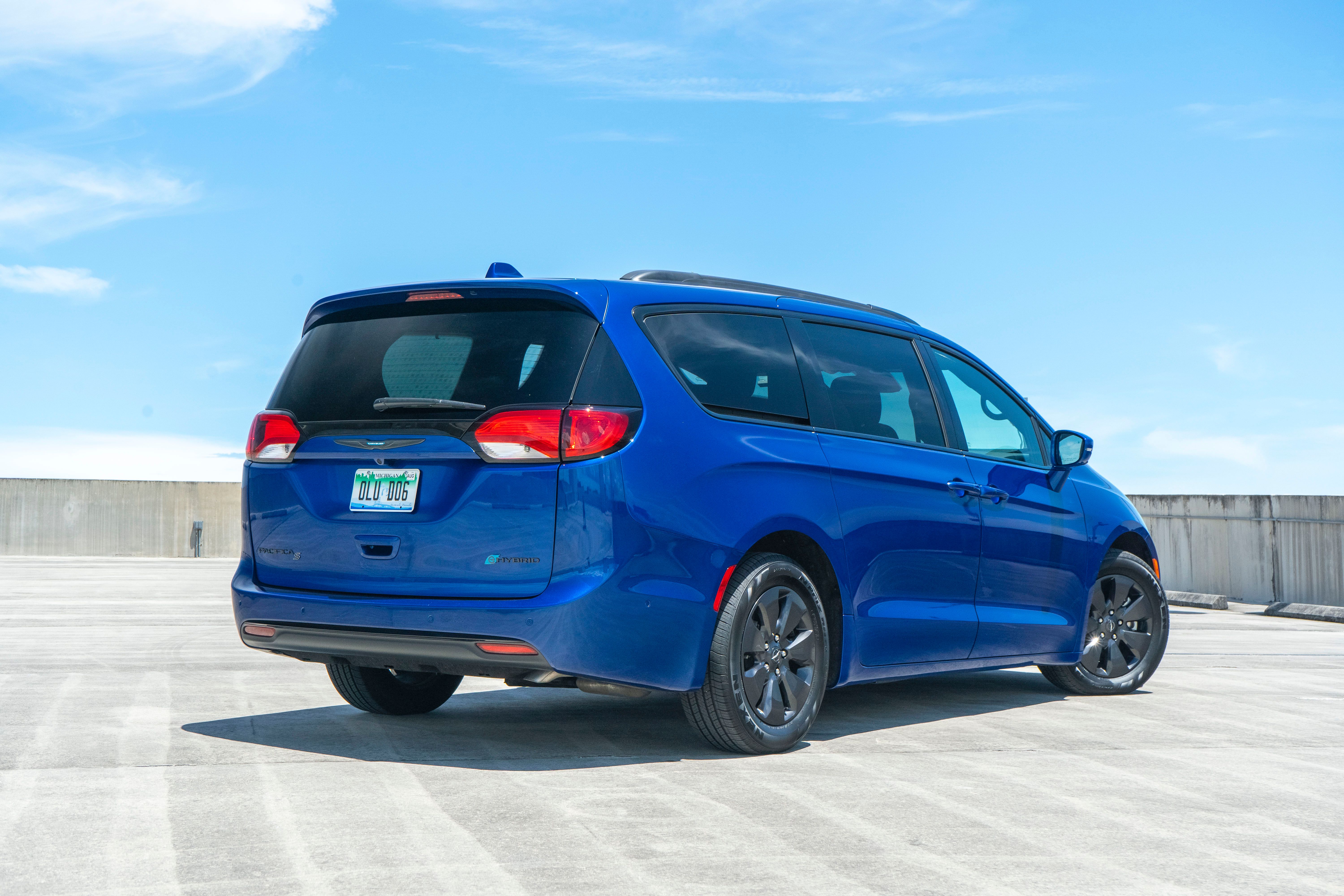
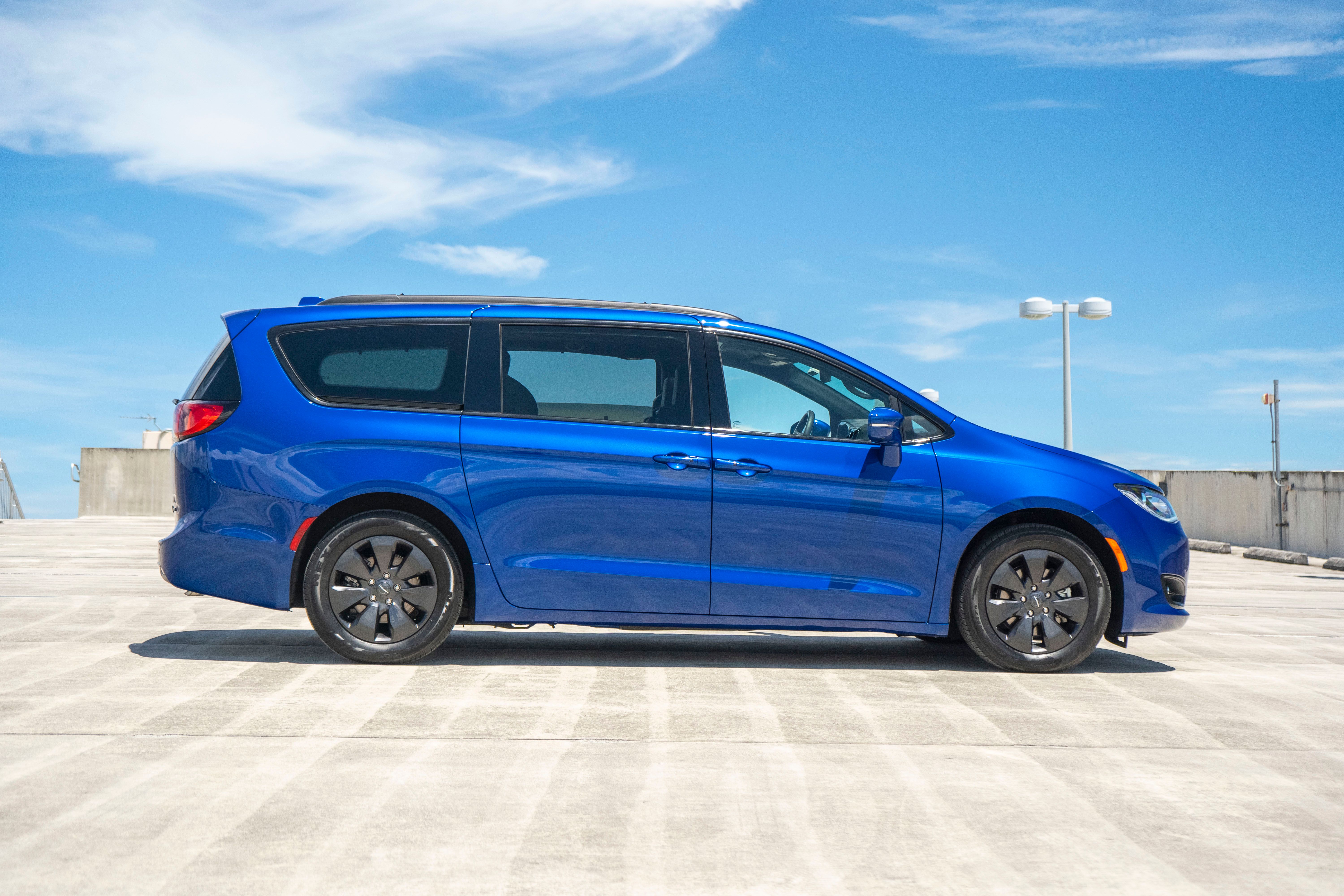
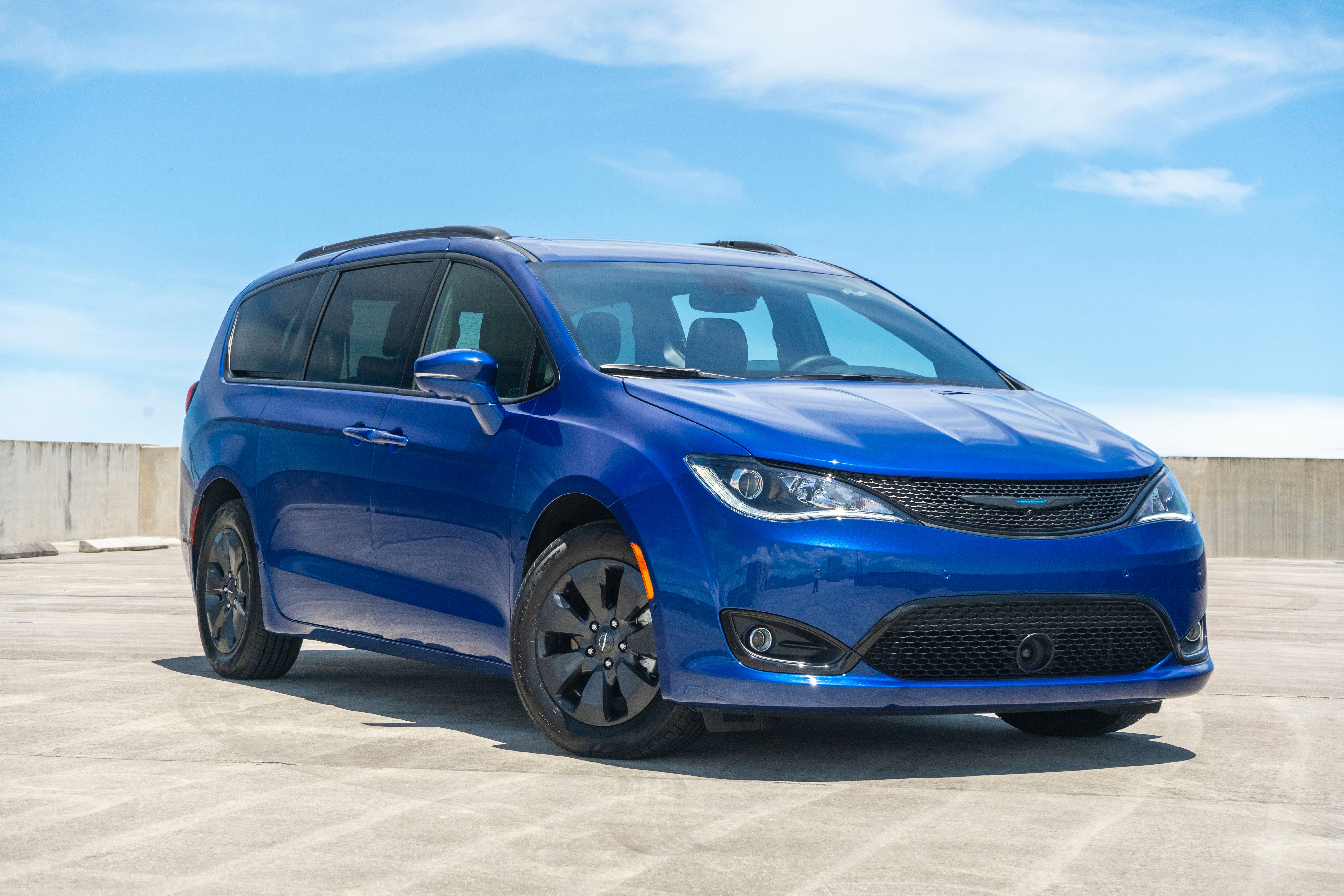
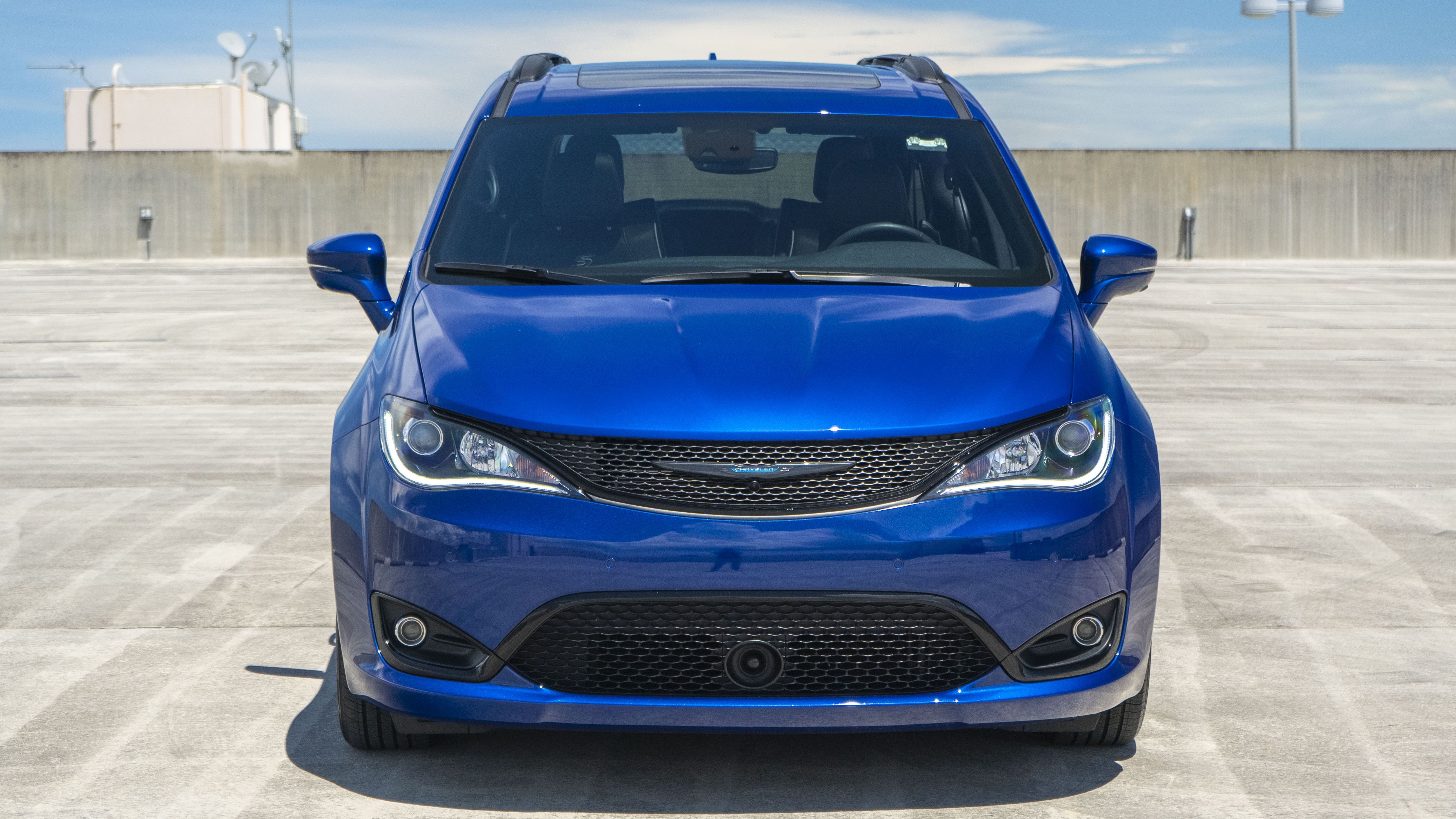
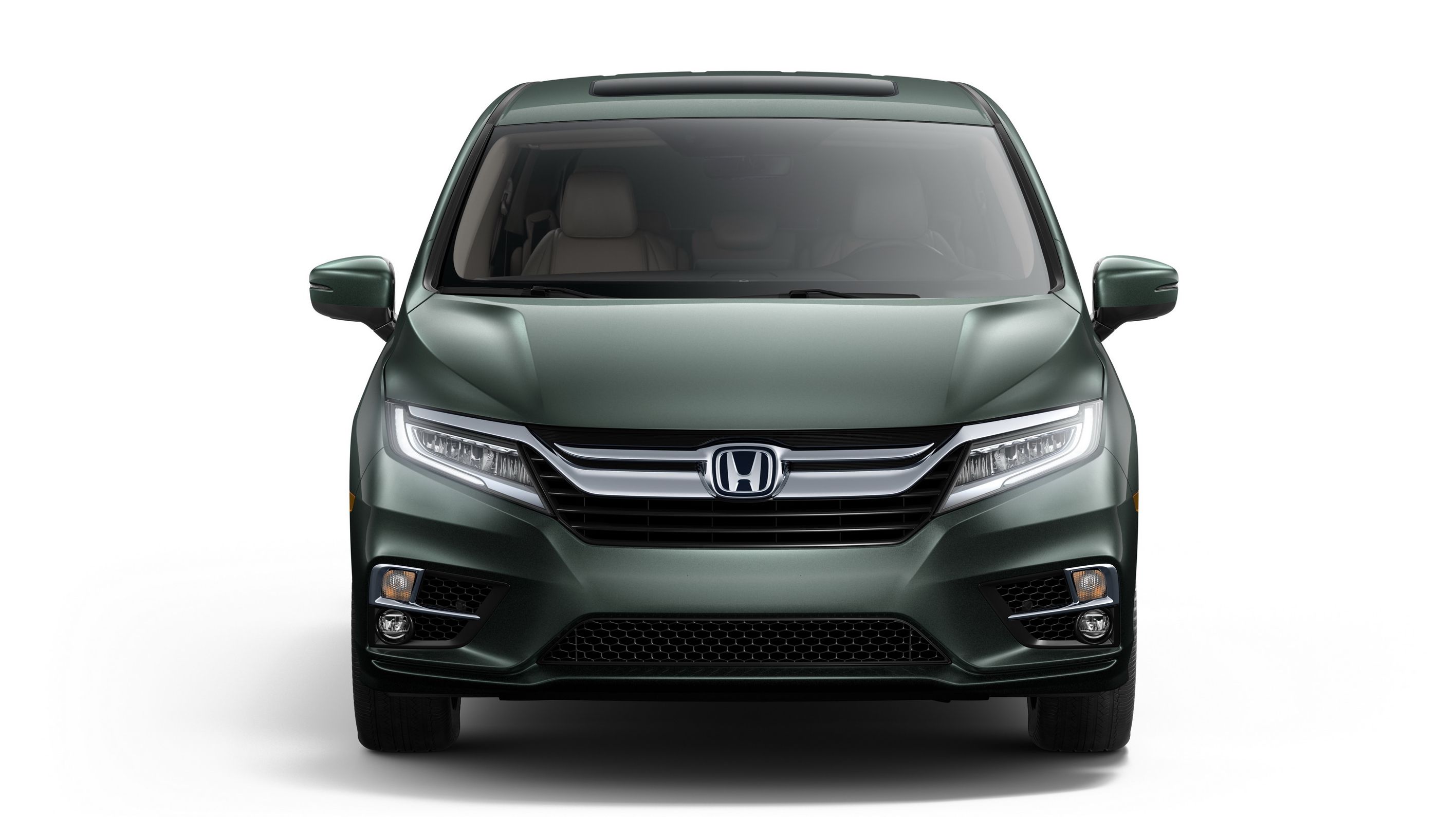
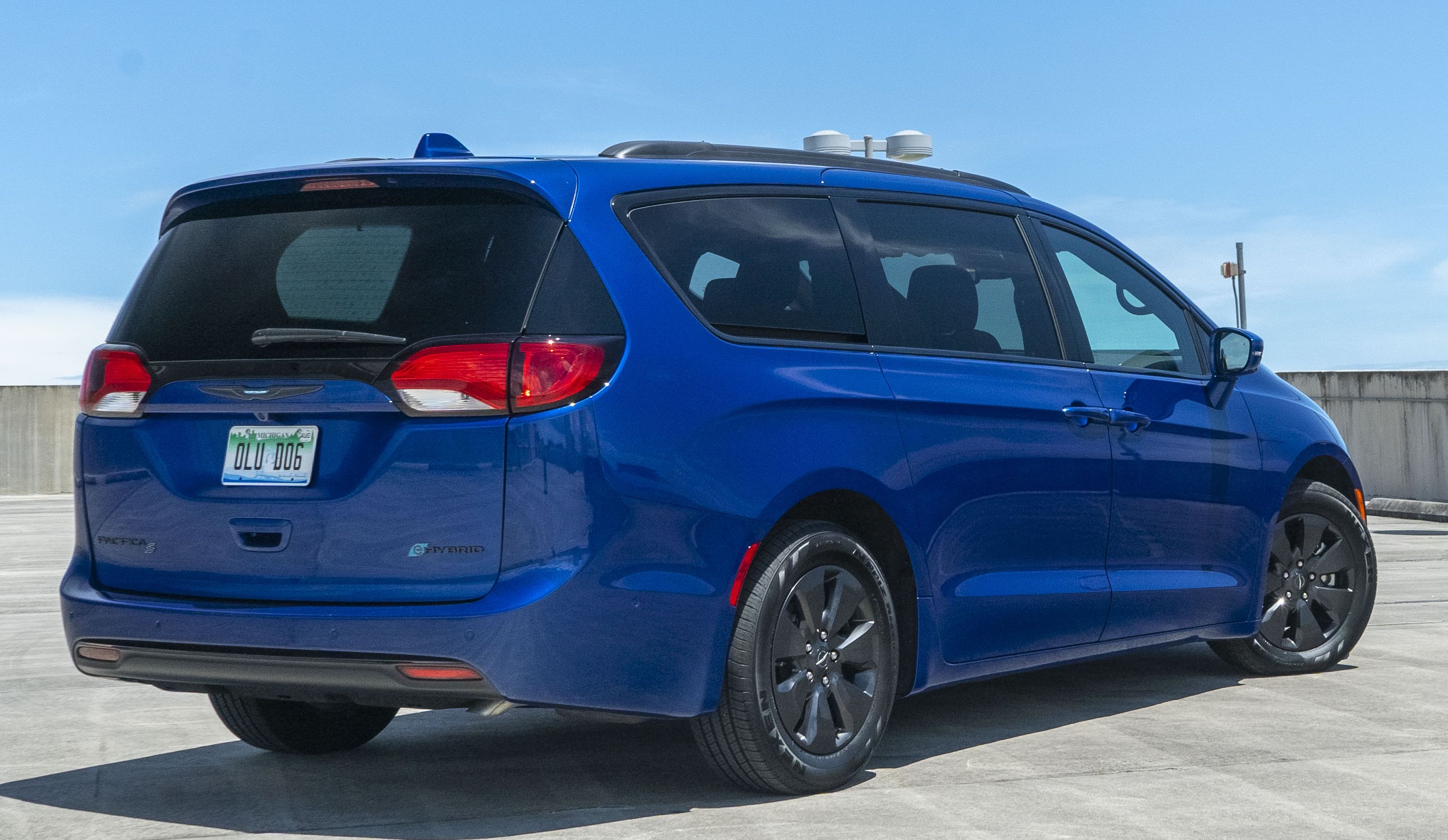
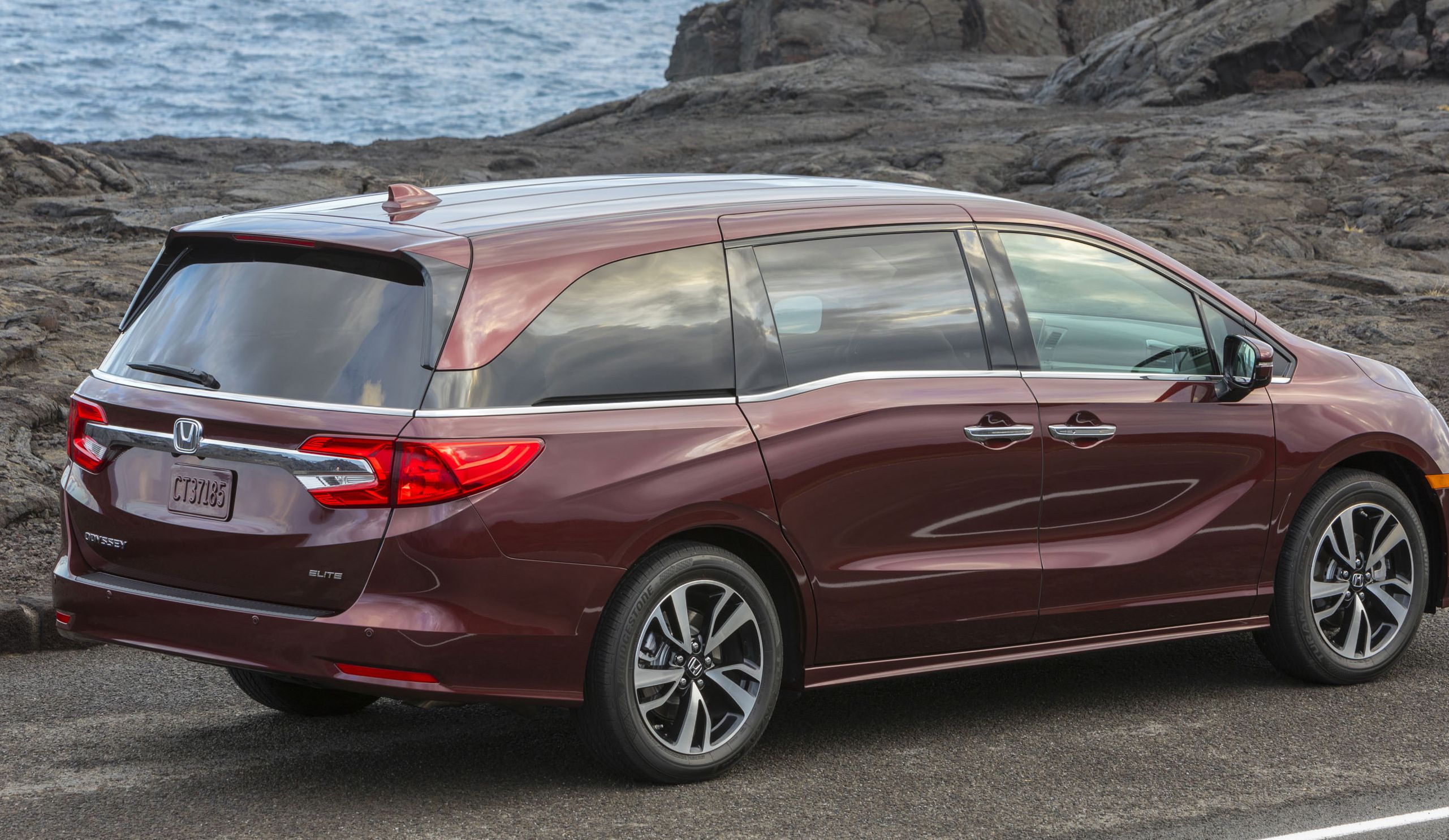
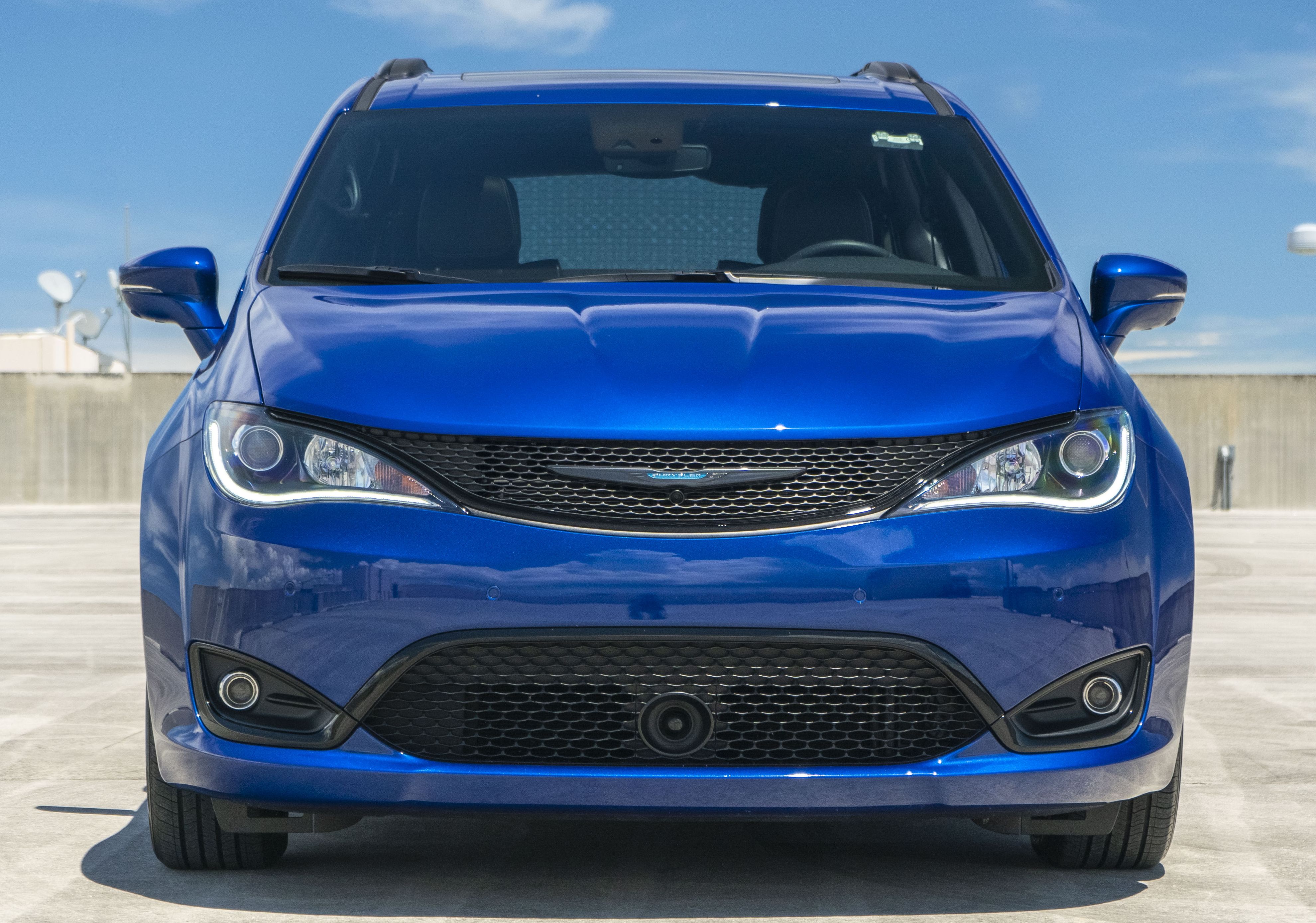
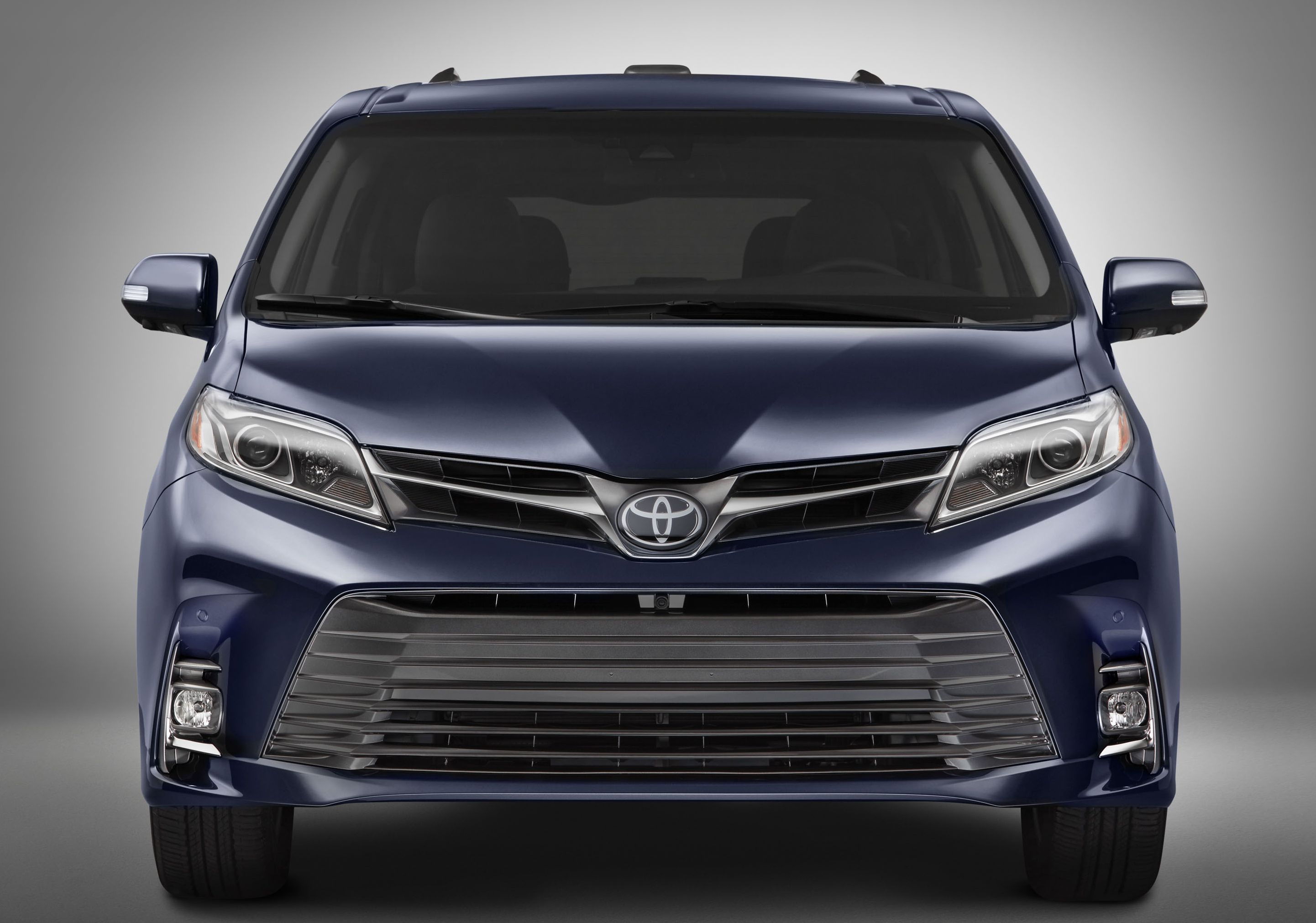
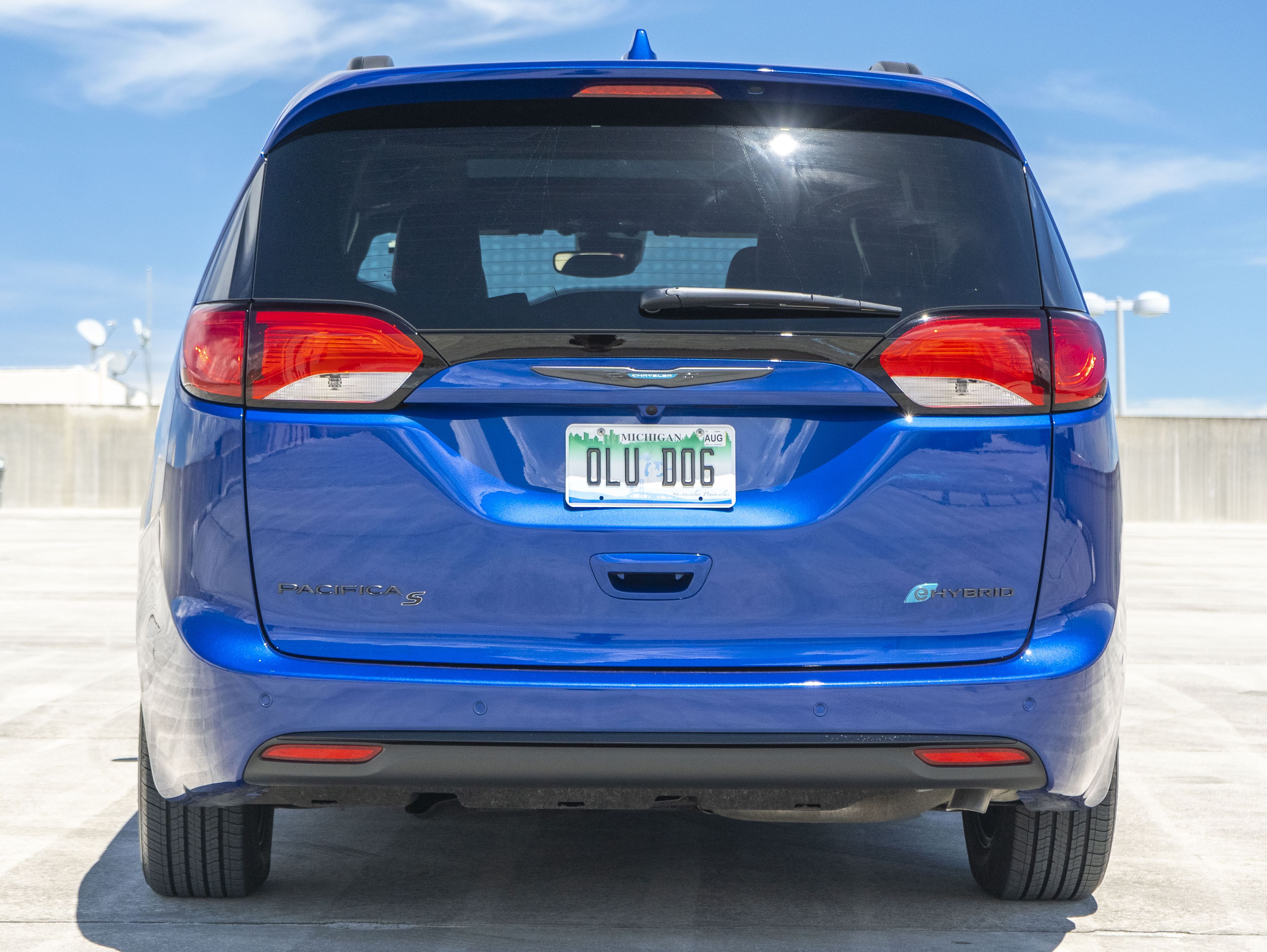
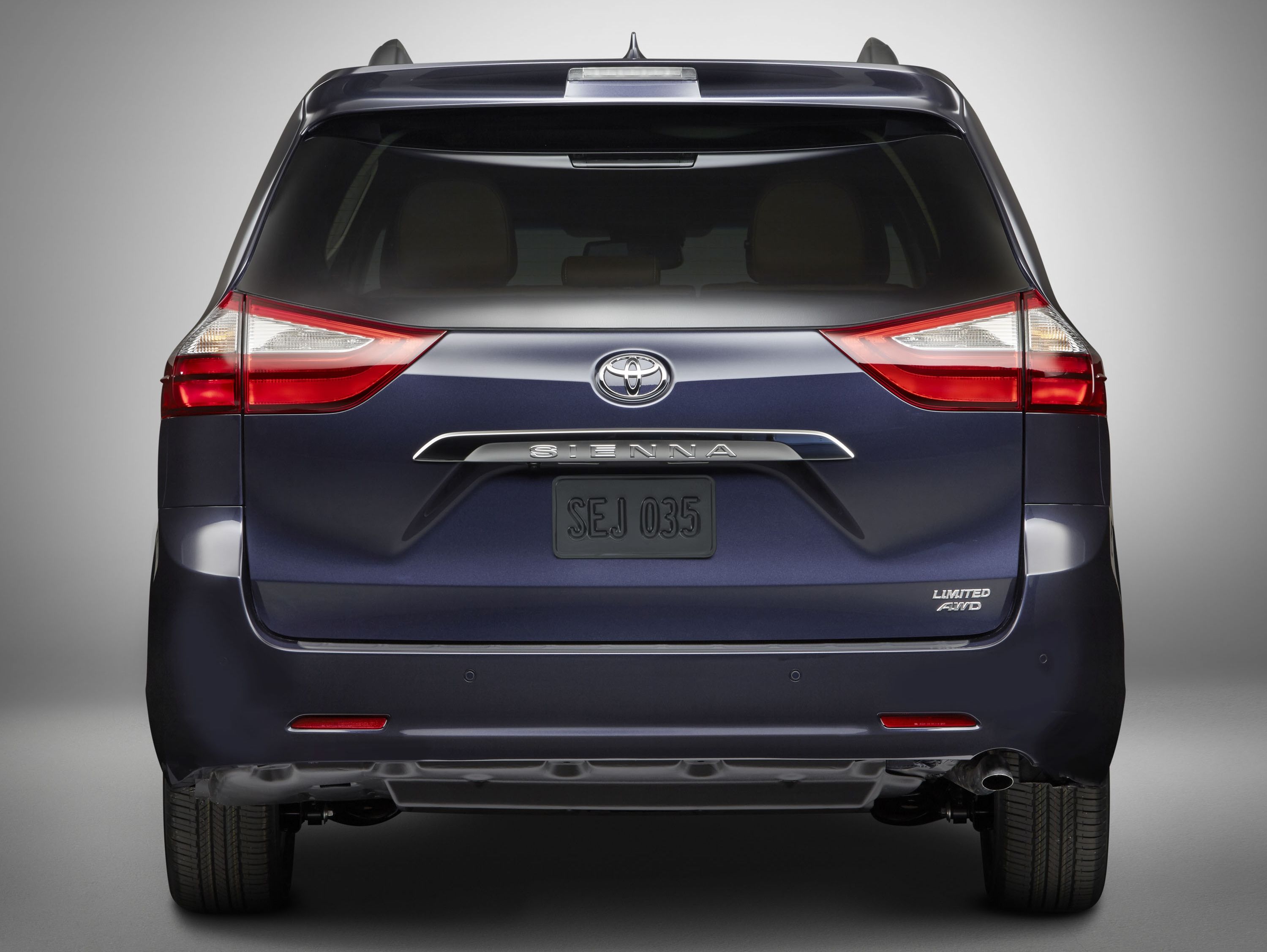
- Make: Array
- Model: 2020 Chrysler Pacifica - Driven
- [do not use] Vehicle Model: Array
Chrysler Pacifica Hybrid Driving Impressions


The Pacifica really excels in terms of technology. The entire layout sets a standard for what you should expect from a vehicle in this price point. We’d love to have an all-digital instrument cluster, but at this price point, that’s a big ask. This semi-digital unit does well, though, and the central display gives you more than enough information. The infotainment screen is also a pleasure to use, and easy enough even for well-seasoned drivers (the elderly, of course) to figure things out without getting to frustrated. Kids will love the second-row entertainment system, so you should probably opt for that if you can afford to.

Driving down the road in the Pacifica is great. It’s a huge improvement over the last-gen model in terms of handling road conditions.
Chrysler Pacific Hybrid Powertrain and Performance

The Chrysler Pacifica is a bit of an oddball in the world of Hybrids. While most hybrid vehicles see a reduction in engine size and an increase in power output from electric motors, the 2020 Pacifica Hybrid experiences neither. It is powered by the same 3.6-liter V-6 and it has two electric motors, yet it is down by 27 horsepower compared to the non-hybrid Pacifica with the same engine.





Chrysler Pacifica Hybrid Interior Design

The Chrysler Pacifica Hybrid isn’t the nicest vehicle in the world when it comes to interior design, quality of materials, or the like. Just like the last tester we had, stitching throughout the cabin was misaligned more than it was straight, and there are more cheap plasticky bits that you’d expect for a vehicle that’s billed as anything that offers some form of luxury. In short, Chrysler misleads you a bit. It’s not a bad cabin, and it doesn’t come off as economy car cheap, but we expected a little more. While minivans like the Toyota Sienna look a lot like other vehicles in the brand’s lineup, the Chrysler Pacifica, for the most part, has a look all its own. Part of this is thanks to the lack of models in Chrysler’s lineup which is, at this point in time, just the Chrysler 300. Chrysler did just introduce the “Voyager” but it’s really just a rebadged Pacifica with a different front fascia, so don’t let that fool you. As of now, Chrysler sells one minivan and one sedan, despite its claim to a four-model lineup. That said, the Pacifica Hybrid looks downright identical to the non-hybrid model, so outside of the hybrid badge on the rear hatch, there’s nothing that set the two apart visually aside from the standard wheels.
That’s not to say that the Pacifica isn’t attractive, because it is. It doesn’t have the big grill of strange kink in the rear like the Honda Odyssey does, and it doesn’t try to look overly sporty like the Toyota Sienna with that big, ridiculous, and pointless huge air dam that defines its front end. I would honestly argue that the Pacifica is the most attractive of the three. The beltline leaves little to the imagination and the block rear end is somewhat boring, but overall, it’s attractive for a minivan, and we can’t really fault the exterior design. It also looks more premium that its competition, so it has that going for it, too.
The Chrysler Pacifica was designed, at its core, to be a people mover, and it does it well – offering seating for 7 in hybrid form and seating for 8 in non-hybrid form. That means the Pacifica is also big. It’s so big, in fact, that it’s bigger than both the Odyssey and Sienna mini vans, with exception of its overall height, which is beat out by the Sienna by nearly an inch. In terms of garaging, you definitely need a 1.5-car garage at the bare minimum, and it needs to be deep enough to accommodate the 16.98-foot monster of a minivan. A two-car garage is actually more ideal, but width isn’t as big a deal as the front doors don’t open very wide and the rear doors slide, so there’s no concern with clearance back there.
As of the time of this writing, the Pacifica Hybrid is offered in three trim levels with two 35th-anniversary models thrown in the middle. The entry-level model is the Hybrid Touring Plus, which starts out at $39,995. The Touring L brings pricing up to $42,295 while the anniversary model of the same trim is $44,285. The limited trim pushes you up to $45,845 with the range-topping (for now) anniversary limited trim commanding $46,840.
Read our full review on the Honda Odyssey
The Pacifica Hybrid has two electric motors. One is rated at a Chrysler-estimated 84 horsepower while the other is rated at an estimated 114 horsepower. Be that as it may, Chryslers estimated, total-system output is just 260 horsepower. The company has yet to disclose torque figures, and the Pacifica hybrid is also FWD, so there’s a bit of a missed opportunity here, but that’s a discussion for another time. Estimate put torque deliver at 236 pound-feet, however, so we’re not completely in the dark.
With no other hybrid minivans to compete with, we have to look to the non-hybrid Honda Odyssey and Toyota Sienna, both of which feature 3.5-liter V-6 engines that are, roughly, on par with the Pacifica’s 3.6-liter V-6. The Odyssey gives you 280 horsepower and 262 pound-feet of torque while the Sienna is the most powerful of the bunch with 296 horsepower and 263 pound-feet of torque on tap.
The Chyrsler Pacifica Hybrid has a 360-volt, 96-cell, lithium-ion battery pack that’s good for just 16 kWh. The Standard Pacifica has a curb weight of 4,330 pounds, so this battery pack and the electric motors (among a few other things) increase the Pacifica’s curb weight by 657 pounds (4,330 lbs. vs. 4,987 lbs.).
According to Chargepoint.com, it takes about 14 hours to charge the Chrysler Pacific Hybrid from flat to a full charge. During our time with the Pacifica Hybrid charging time from depleted or near-depleted averaged between 12.5 and 15 hours.
According to Chrysler, the Pacifica Hybrid offers up as much as 32 miles of all-electric range. This, of course, depends on the situation, weather, how you drive, and many other factors. During our time with the Pacifica Hybrid, we never got more than around 27 miles out of it.
Hybrid vehicles are rated in a different manor compared to standard gasoline vehicles, so these figures will be a little different compared to what you’re used to seeing. When rated in hybrid mode (Electric+Gas) the Pacifica Hybrid gets 82 MPGe – basically the equivalent of getting 82 mpg. However, keep in mind that this is only accurate if you keep the battery charged. Once the battery is depleted, fuel economy drops significantly to an EPA-rated 30 mpg combined. During our time with the Pacifica Hybrid this time around, we managed around 34 mpg combined over a full tank of fuel. These figures, while not the best, still beat out the Honda Odyssey’s 22 mpg combined rating and the Toyota Sienna’s 20 mpg combined rating.
The Chrysler Pacifica isn’t offered with the Stow-N-Go seating that’s found in other models of the Pacifica. It’s not even available as an added option, but that’s because the 16-kWh battery pack is stored below the second row, which means to room for the Stow-N-Go seating system. The second-row captain’s seats do help to make up for that, however, as they are impressively comfortable.
The Chrysler Pacific Hybrid is very spacious on the inside. Front passengers have more then enough room, and with the captain’s chairs in the second row, passengers there will have no complains about space, either. The third row isn’t even all that cramped, surprisingly, but you wouldn’t want to stuff three full-size adults back there. For a hybrid model, the Pacific Hybrid competes very well with the non-hybrid models it’s forced to compete with, as you’ll see from the table below:
Like most hybrid models, the Pacific does suffer from a small reduction in interior space to accommodate the electric motors and small battery packs. It’s not enough to make the Pacific hybrid a deal-breaker, but the non-hybrid Honda Odyssey and Toyota Sienna definitely take home more groceries if you get our drift. All told, you can carry 32.3 cubic-feet of cargo behind the third seat – about enough to load three cases of bottled water on the floor and 6-8 grocery bags on top. Fold down the third row, and you’ll carry up to 87.5 cubic-feet. Maximum cargo capacity is rated at 140.5 cubic-feet, but you’ll have to remove the two captain’s chairs in the second row to make that happen. You will be able to carry more in both the Sienna and Odyssey, but it’s not enough to really make a difference for most people.
The Pacifica Hybrid’s infotainment system and technology in general is probably one of its strongest selling points. The infotainment display itself is huge. It’s not Tesla big, but it’s big enough that a 74-year-old with one eye can operate it with ease, so there’s that. The touchscreen display is responsive, and the built-in menus are easy to navigate. There are a lot of different pages, though, so until you’re familiar with it and all the settings, it might take some time to browse before you find what you want. The owner’s manual is also built directly into the infotainment system, so you’ll always have the need-to-know stuff right there on your screen when needed.
{{Bluetooth pairing is quick and painless, and we never had an issue with sound quality on calls in either direction.}} There are 18 different radio pre-sets and streaming music from both Android and iOS is simple once the phone is paired. The Semi-digital instrument cluster also shines nicely here. With the press of a button, you can change pages between a digital speedometer, tire pressure monitoring, compass, and a few other goodies. You can also customize the display to an extent to show the exterior temperature, how the time is displayed, and even a mini-compass. Overall, the system is well thought out and intuitive, so Chrysler gets big marks here. The only downside is that the push-to-talk button is on the left spoke near the rim of the steering wheel, and I can’t count the number of times I accidentally pressed the button, just to be prompted by the system for a voice command. It was rather annoying, to be honest, but easy to live with if you’re ab le to break the habit of keeping your hand in that location.
Our tester was also equipped with the rear seat entertainment package, which put a fold-up display in the back of both front seats for second-row passengers. These screens were also quite responsive, and the built-in games are good enough to keep middle-aged kids happy on longer trips.
Getting into the third row of seats in the Pacific is pretty easy. The sliding door on each side of the van opens wide, and thanks to the captain’s chairs, it’s quite easy to move into the back row. The only downside is that the roof doesn’t sit so high, so taller people might find it difficult to bend over enough to make it to the rear row comfortable. On that note, the third row of seats isn’t very comfortable, either, so don’t put your best friends in the back on long trips if you want to keep them.
The Honda Odyssey isn’t offered as a hybrid model but, at this point, it’s one of the only vehicles the Pacifica Hybrid has to compete with. Powered by a 3.5-liter V-6 the Honda Odyssey is good for 280 horsepower and 262 pound-feet of torque, all of which is shunted through a 10-speed automatic transmission. Its biggest downfall compared to the Pacifica Hybrid is fuel economy, where it comes in at 19 mpg in the city, 28 mpg on the highway, and 22 mpg combined. In short, these figures aren’t bad for a 4.500-pound vehicle this size, but compared to what the hybrid Pacifica gets, it’s nowhere a fair fight.
However, that doesn’t mean that the Odyssey doesn’t have its selling points. Comfortable seats, decent technology, and a family friend infotainment system are among its highlights. It does suffer from strange exterior design cues, but it’s honestly something that starts to grow on you after a while. The Odyssey is just a bit smaller than the Pacifica, but it does offer the ability to carry more cargo. You’ll start out with 38.6 cubic-feet or as much as 92.0 cubic-feet if you lower the third-row seatback. Take out the front row, and this baby can swallow up and impressive 158 cubic-feet of cargo – more than even the Toyota Sienna can offer. In base form, the Odyssey is way cheaper than the Pacifica, starting at just $31,790 and you’ll get similar amenities with the $38,460 EX-L if you compare it to the entry Pacifica Hybrid Touring Plus. Move beyond that, though, and the Honda Odyssey, in Elite trim, will set you back $47,820 – more than the range-topping Pacifica hybrid.
Is the Chrysler Pacifica Hybrid better than the [Toyota Sienna->art176235]?[/q]}1}
[a]Toyota is about to make the Sienna a lot more competitive with the Pacifica Hybrid, as all trim levels will be hybrid starting in 2021. But, for now, we have to look to the non-hybrid model as 2021 details aren’t yet available. Like the Odyssey, the Sienna has a heart of 3.5-liters and six-cylinders. It’ll pump to the tune of 296 horsepower and 263 pound-feet of torque, enough to get this 4,505 – 4,750-pound family mover around with ease. Unfortunately, that extra momentum to go comes at the cost of fuel economy, and let’s just say that if you’re a penny pincher, the Sienna might not be for you. We’re talking about 18 mpg in the city, 224 mph on the highway, and 20 mpg combined – figures worse than both the Odyssey and the non-hybrid Pacifica, for what that’s worth.
The Sienna is also a bit smaller, so rear passengers won’t have as much room. You do get between 39.1 and 150.0 cubic-feet in cargo capacity, so you’ll be able to carry more than in the Pacifica Hybrid. Choosing a model, however, will be a bit difficult. Let’s be honest, Toyota isn’t known for its luxurious materials, so you need to move way up the range if you want something that compares to the entry-level Pacifica. If you’re on a budget, though, the $31,640, entry-level Sienna L will get the job done. Pricing moves up from there to a max of $48,055, more than the range-topping Pacifica Hybrid and Honda Odyssey.


Front Headroom 40.1 Inches 40.7 Inches 39.1 Inches Front Shoulder Room 63.8 Inches 63.1 Inches 65.0 Inches Front Hip Room 59.0 Inches 58.6 Inches 58.6 Inches Front Leg Room 41.1 Inches 40.9 Inches 40.5 Inches Rear Headroom 39.6 Inches 39.5 Inches 39.7 Inches Rear Shoulder Room 63.0 Inches 61.6 Inches 64.6 Inches Rear Hip Room 64.8 Inches 64.8 Inches 66.1 Inches Rear Leg Room 39.0 Inches 40.9 Inches 37.6 Inches

How is the Chrysler Hybrid Pacifica’s Technology?


Chrysler Pacifica Exterior Design



Length 203.8 Inches 203.2 Inches 200.6 Inches Widith 79.6 Inches 78.5 Inches 78.1 Inches Height 69.9 Inches 68.3 Inches 70.7 Inches Wheelbase 121.6 Inches 118.1 Inches 119.3 Inches Front Track 68.2 Inches 67.3 Inches 67.7 Inches Rear Track 68.2 Inches 67.2 Inches 67.7 Inches Ride Height 5.1 Inches 4.5 Inches 6.6 Inches
Chrysler Pacifica Hybrid Pricing

Pacifica Hybrid Touring Plus $39,995 Pacifica Touring L $42,295 Pacifica Anniversary $44,285 Pacifica Limited $45,845 Pacifica Anniversary Limited $46,840
Chrysler Pacifica Hybrid Competition
ids=944425,944426 no_overlay=false before_label=Chrsyler Pacifica Hybrid after_label=Honda Odyssey>
Chrysler Pacifica Hybrid Honda Odyssey Engine 3.6-Liter V-6 Hybrid 3.5-Liter V-6 Transmission 9-Speed Auto 10-Speed Auto Horsepower 260 HP Combined 280 @ 6,000 RPM Torque 236 LB-FT (es) 262 LB-FT @ 4,700 RPM Electric Motor A 84 HP NA Electric Motor B 114 HP NA Battery 96 Cell Li-On 16 kWh NA Curb Weight 4,987 LBS 4,354 - 4,593 LBS Fuel Economy (mpg) 19/28/22 19/28/22 Fuel Tank Capacity 19 Gallons 19.5 Gallons
FAQ
Q: How Much Horsepower Does the Chrysler Pacifica Have?
Q: How Big is the Chrysler Pacifica’s Battery Pack?
Q: How Long Does It Take to Charge the Chrysler Pacifica?
Q: What is the Chrysler Pacifica Hybrid’s Electric Range?
Q: What Fuel Economy Does the Chrysler Pacifica Get?
Q: Does the Chrysler Pacifica Hybrid Have Stow-N-Go Seating?
Q: How Much Interior Space Does the Pacifica Hybrid Have?
Q: How Much Cargo Room Does the Pacifica Hybrid Have?
Q: Is it Easy to Get into the Pacifica’s Third Row?
Q: How Big is the Chrysler Pacifica?
Q: Is the Chrysler Pacifica Hybrid better than the [Honda Odyssey->art175472]?
Q:

